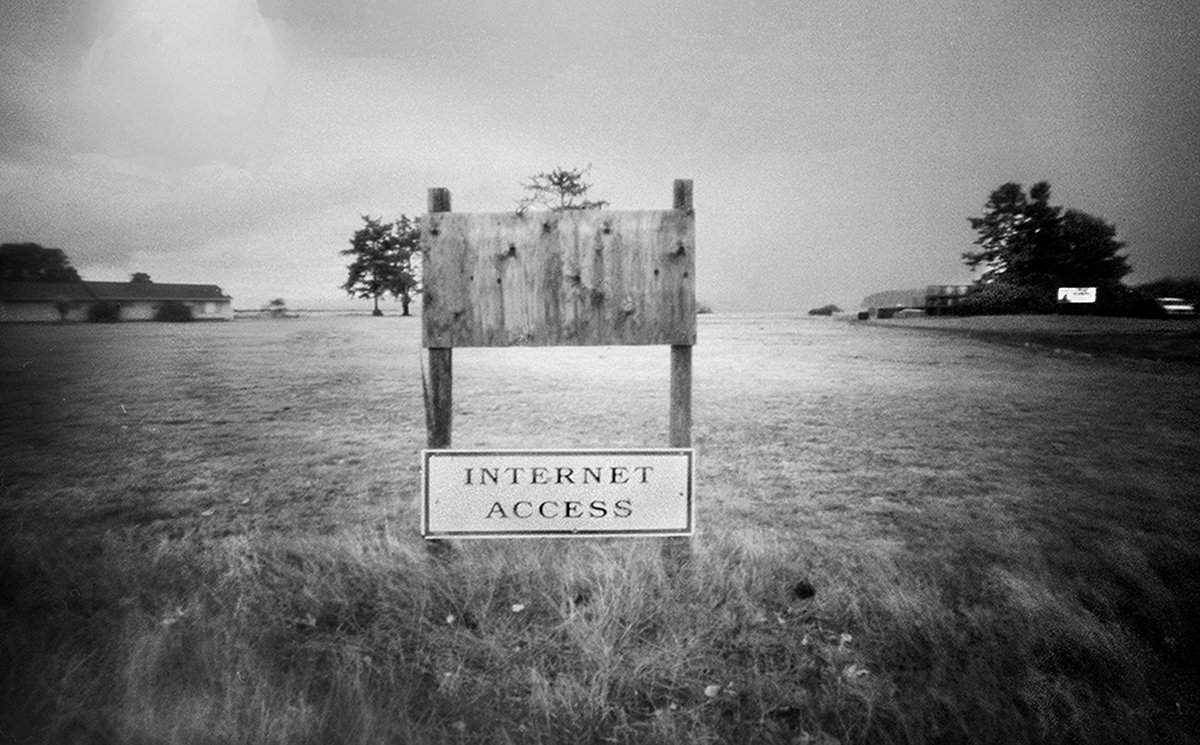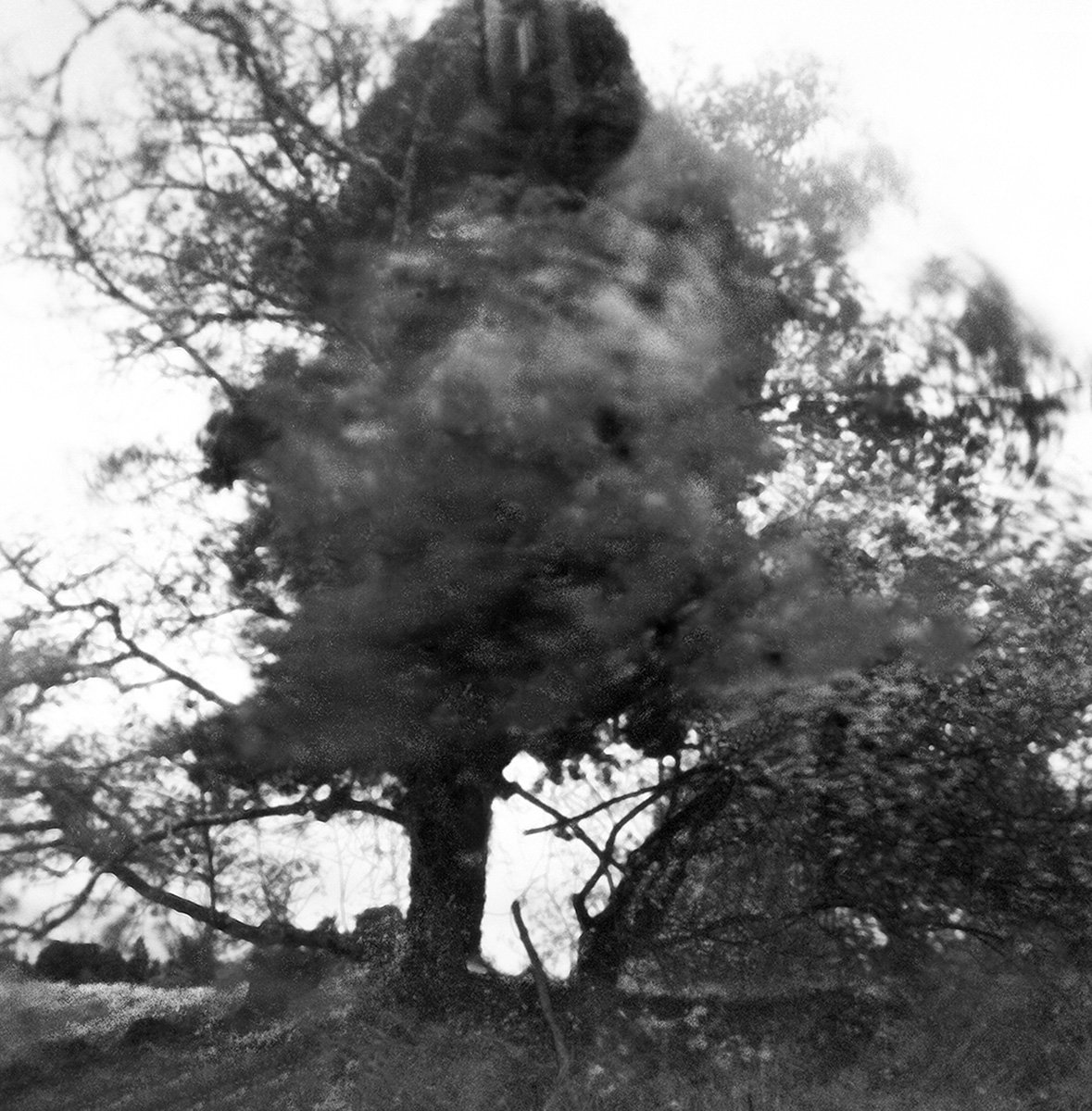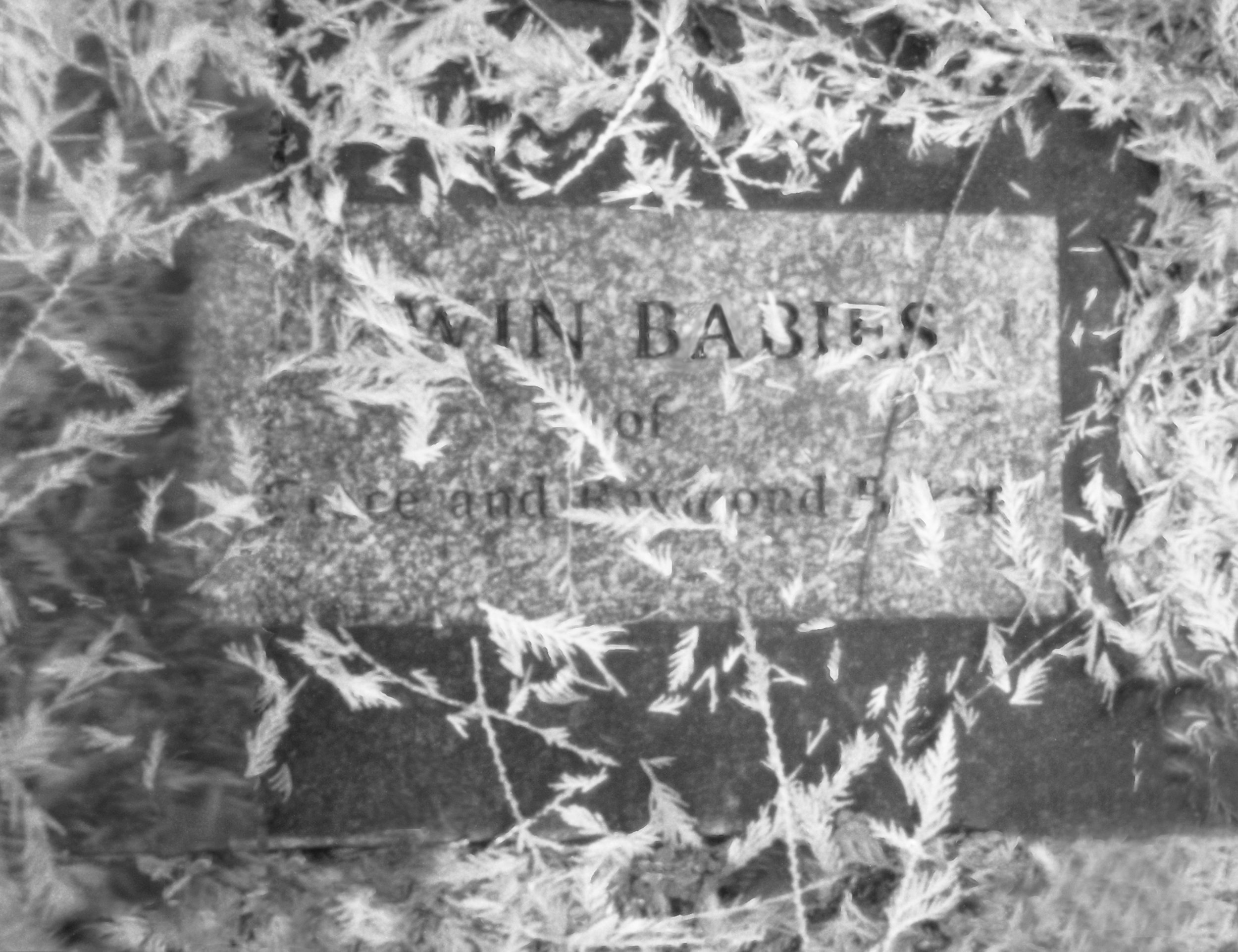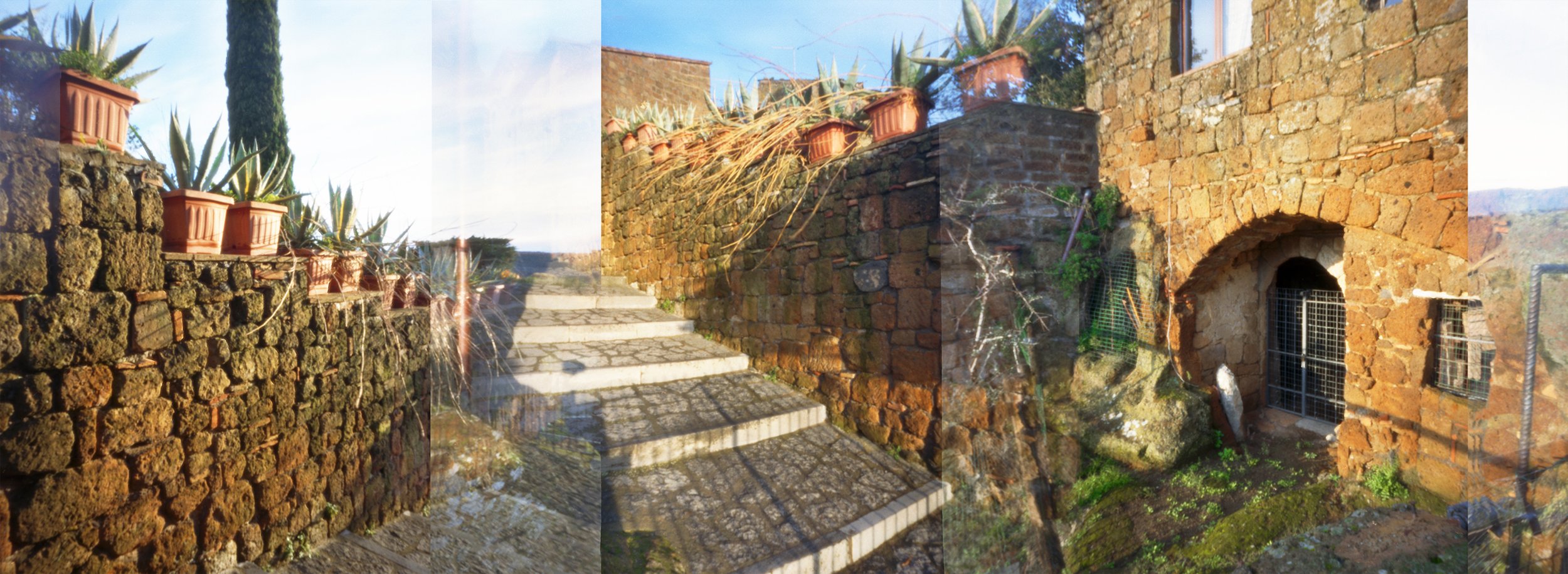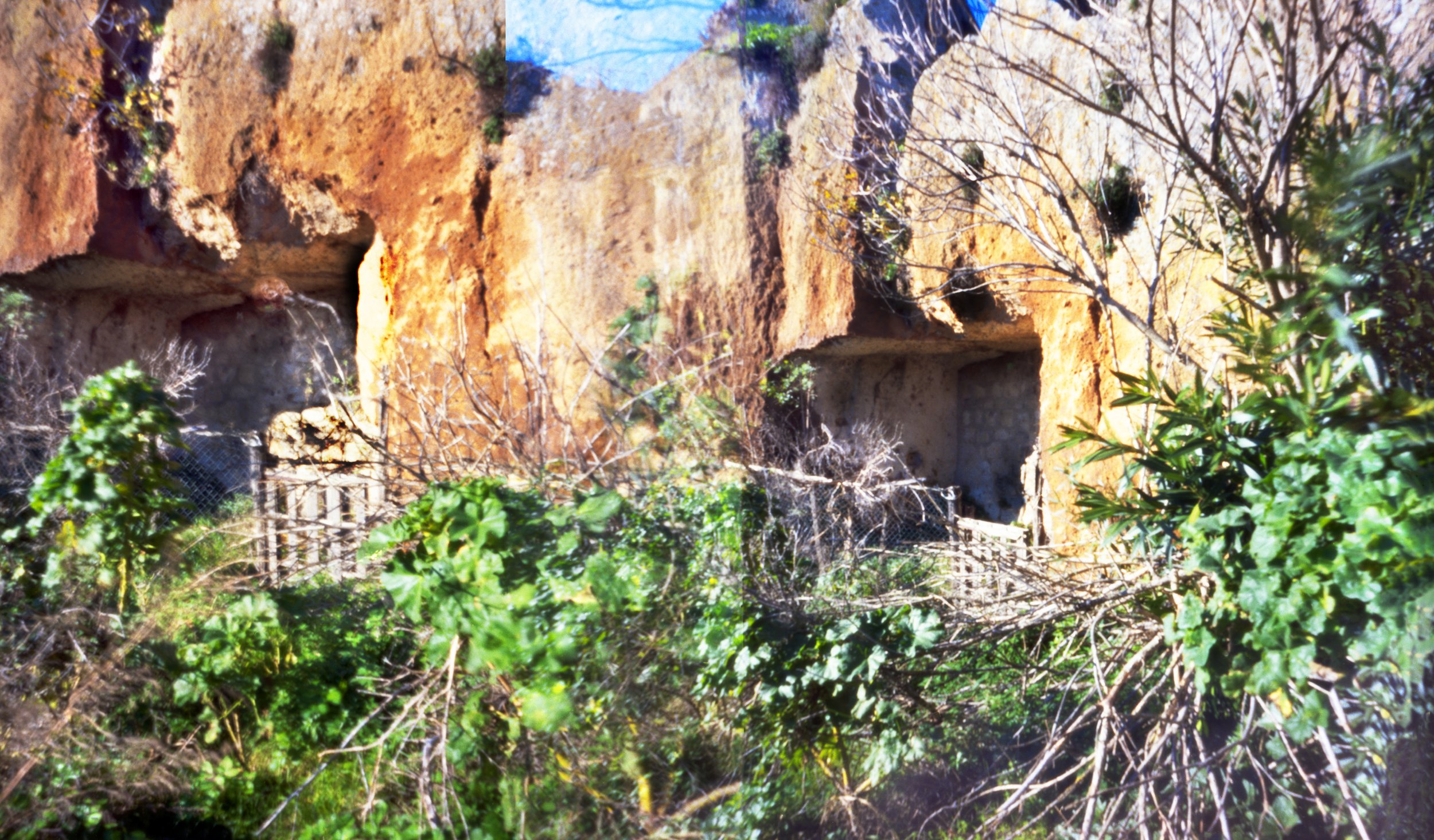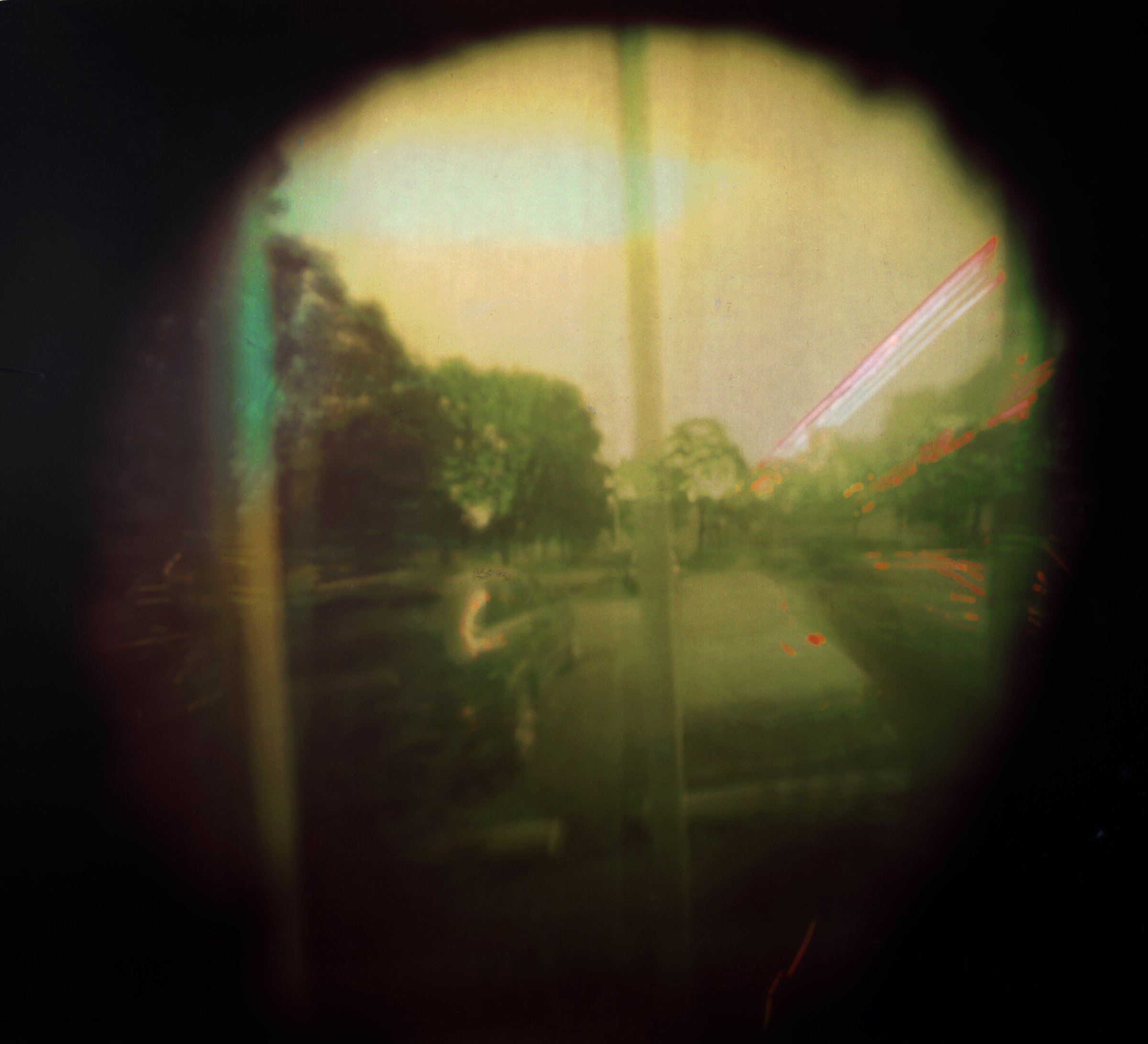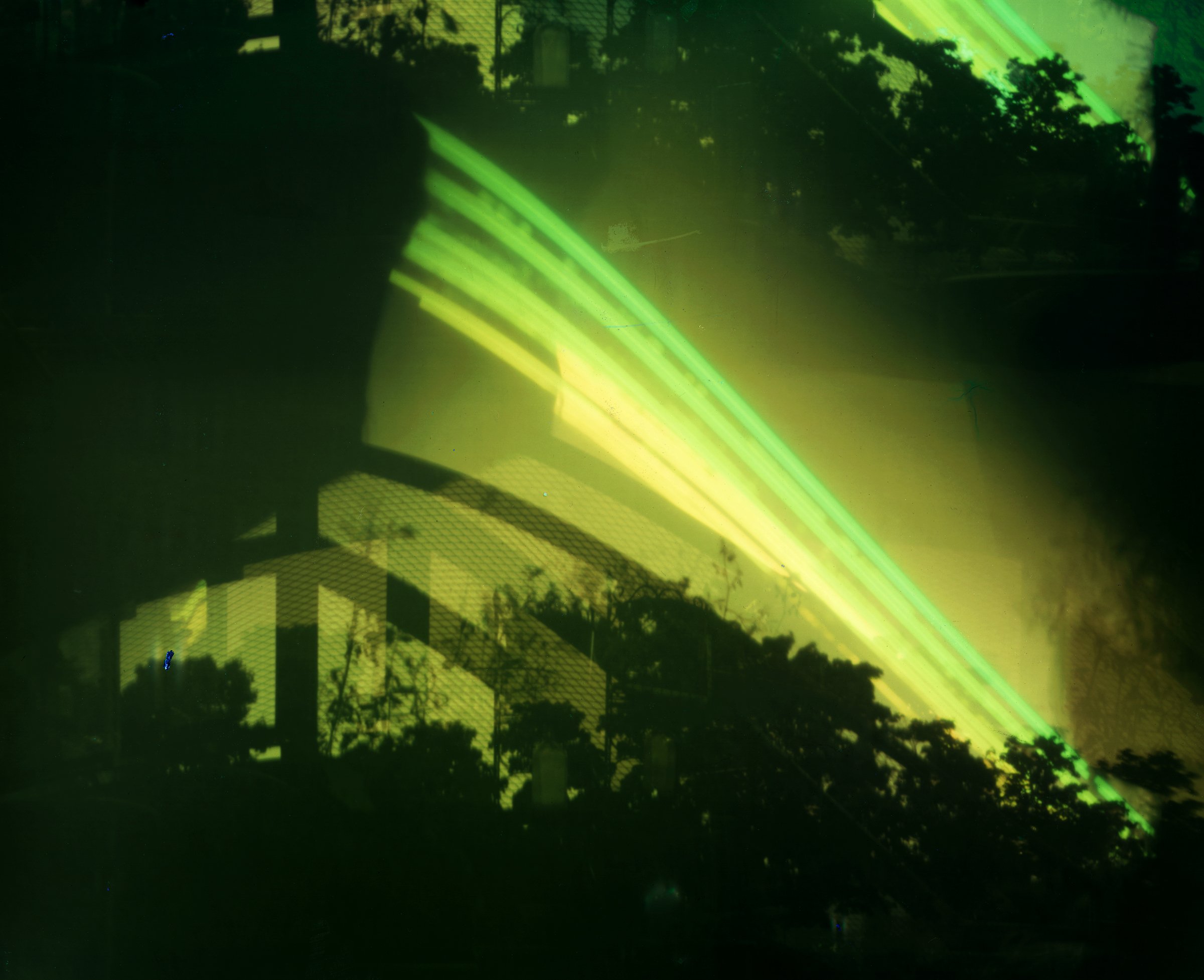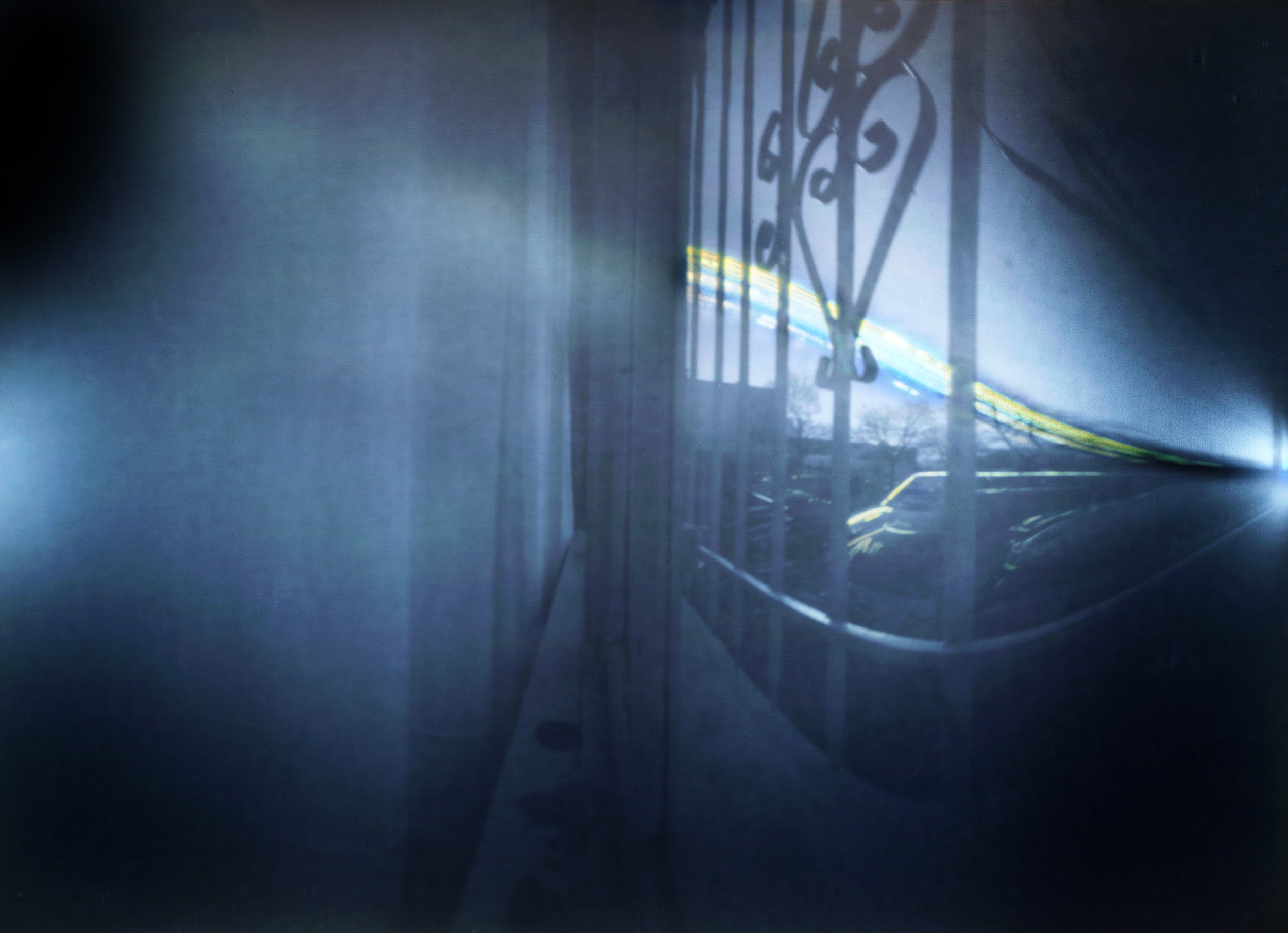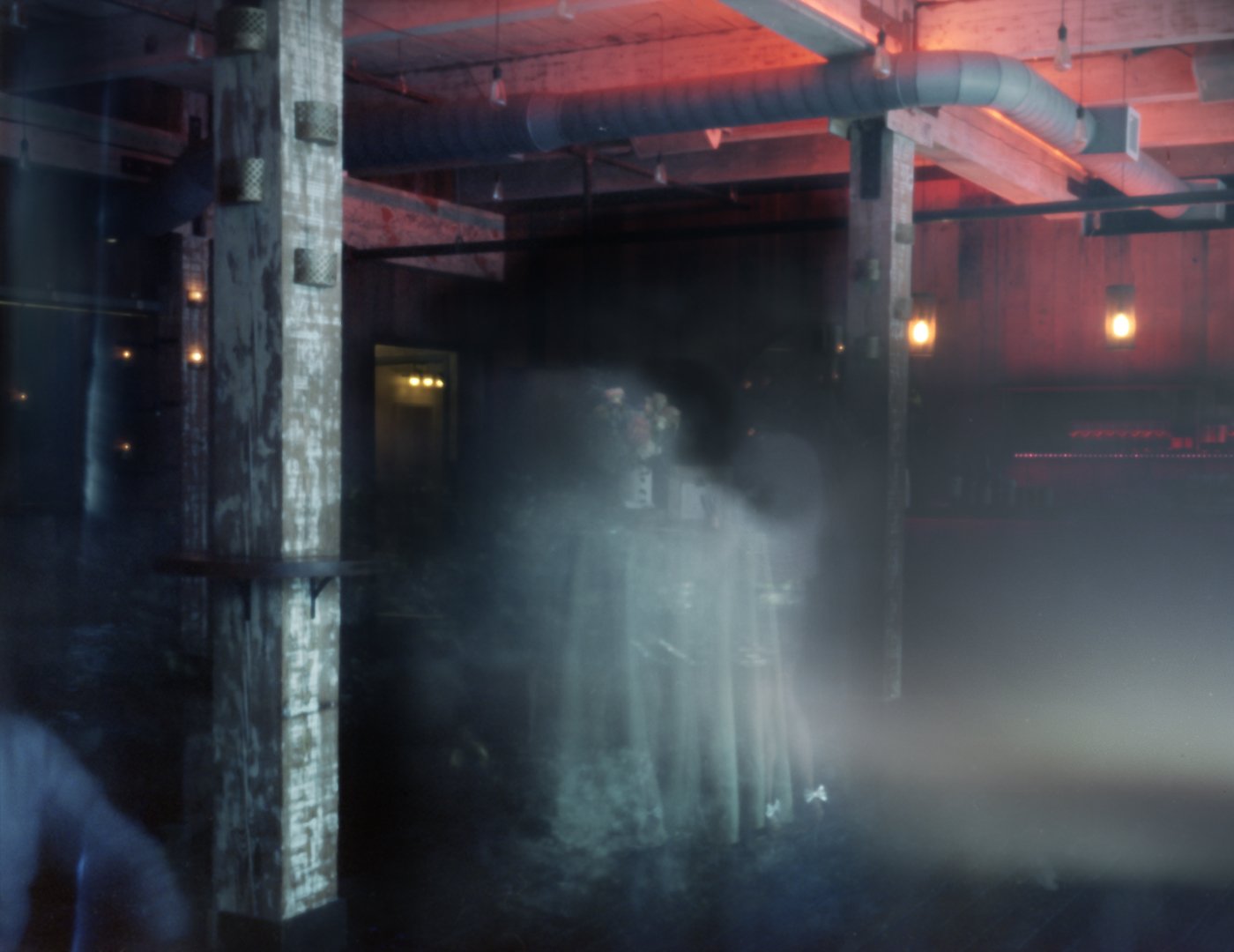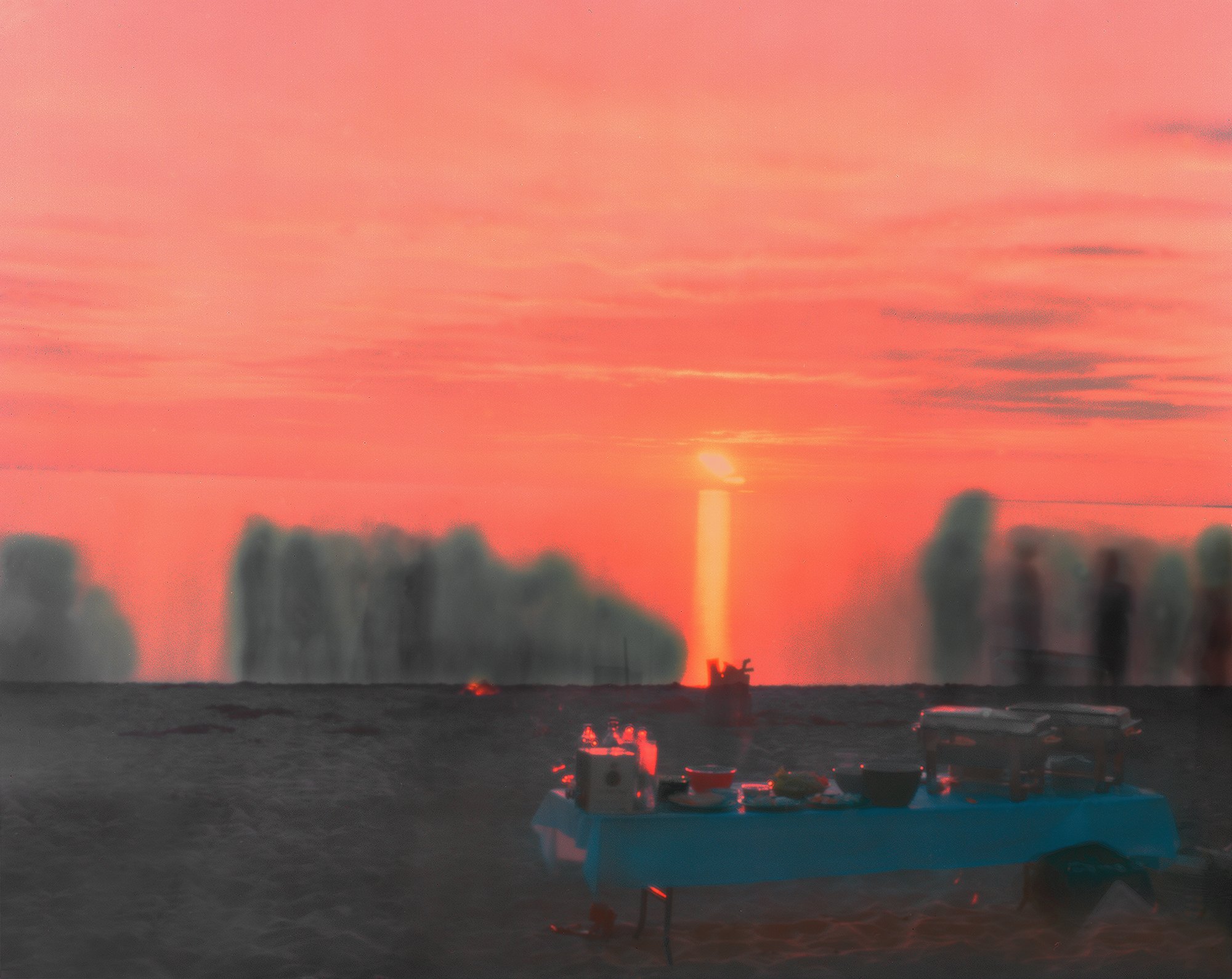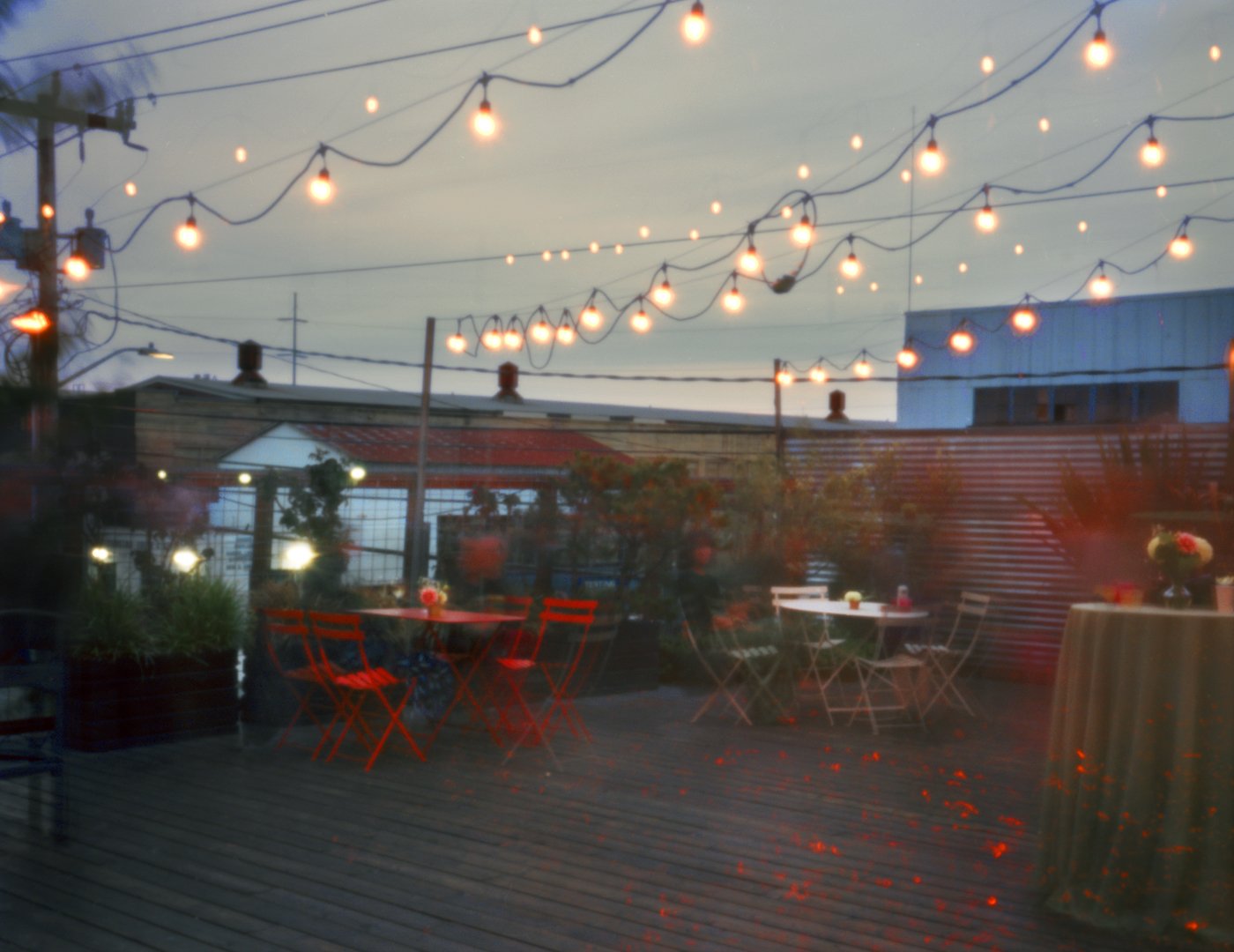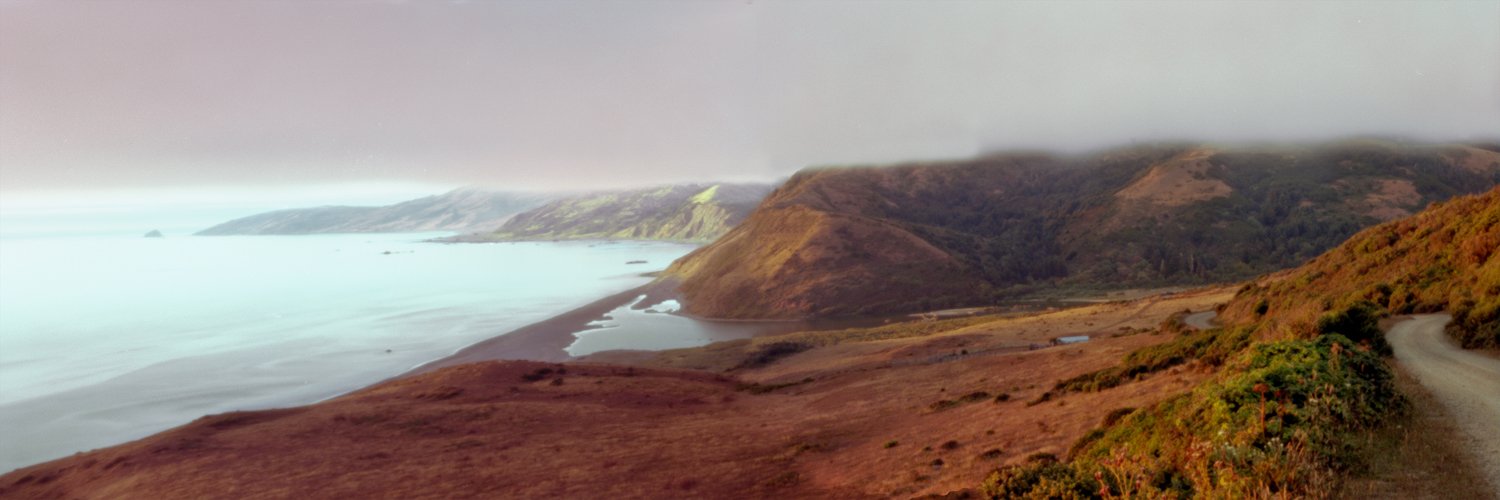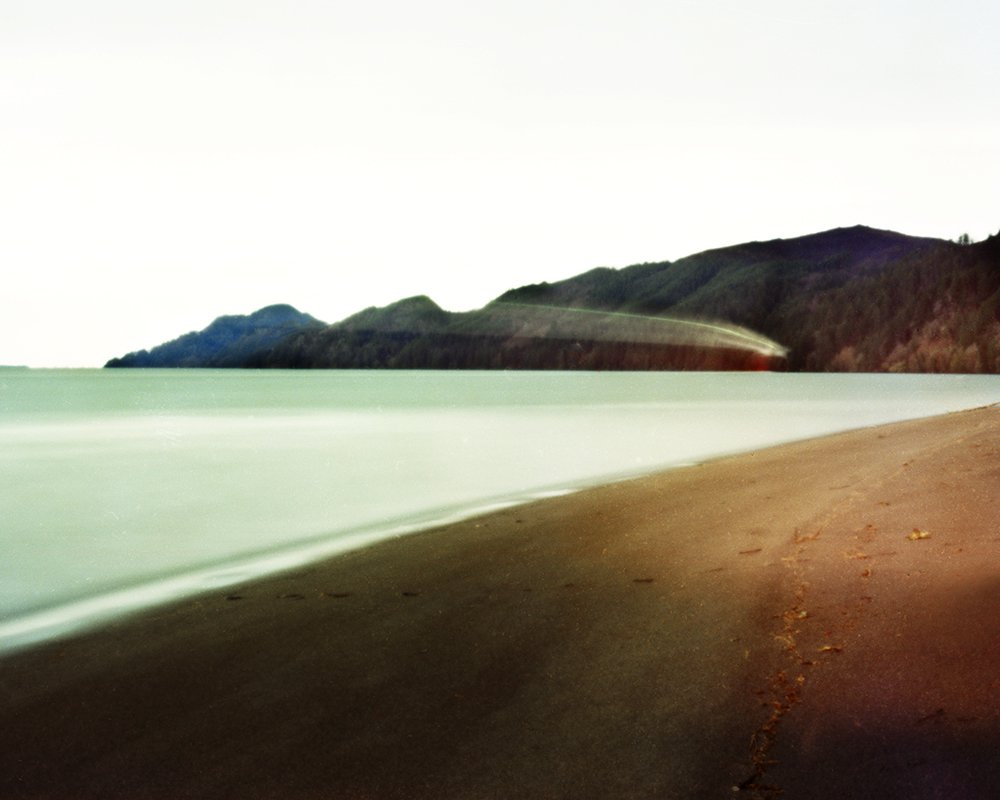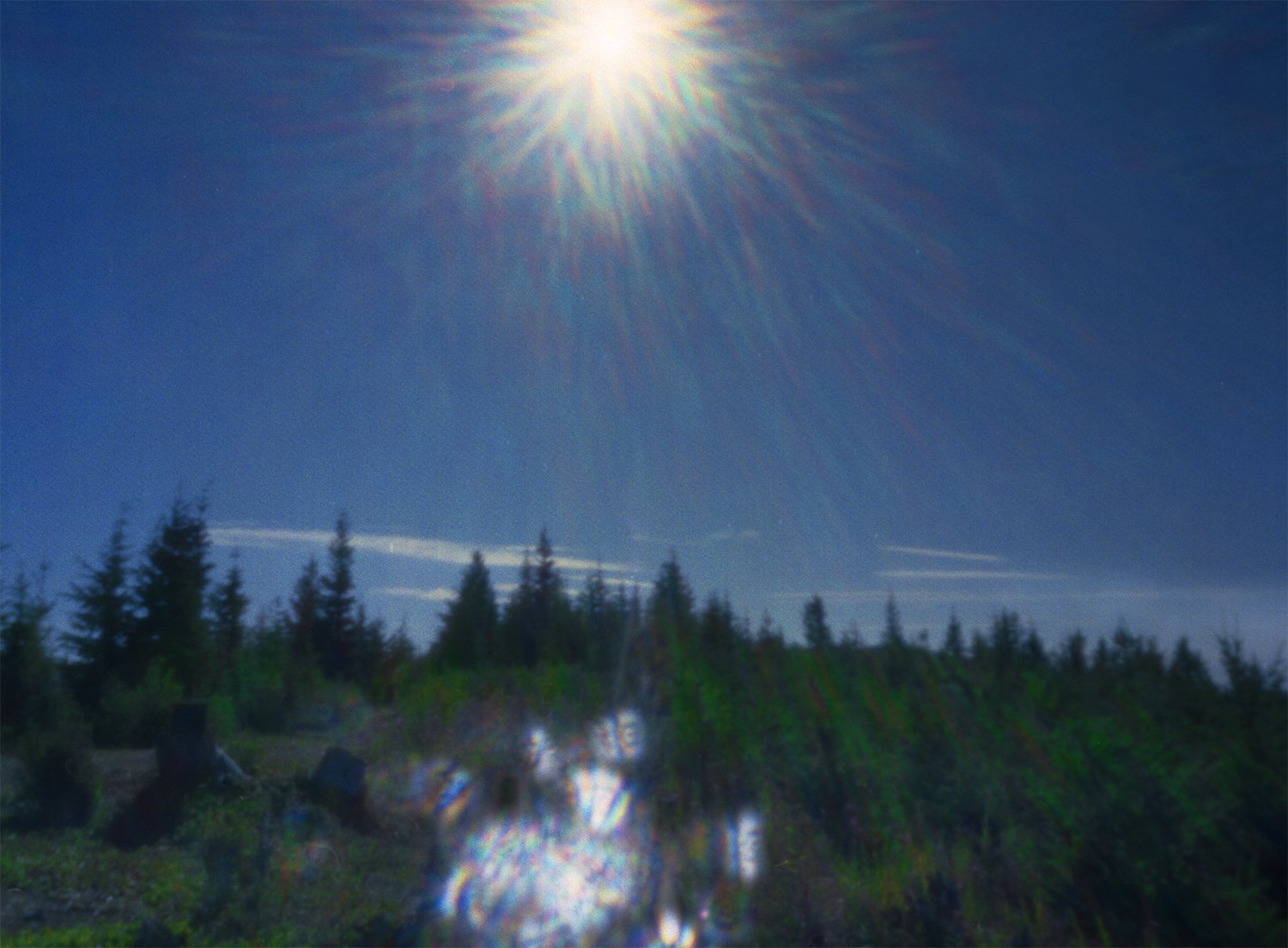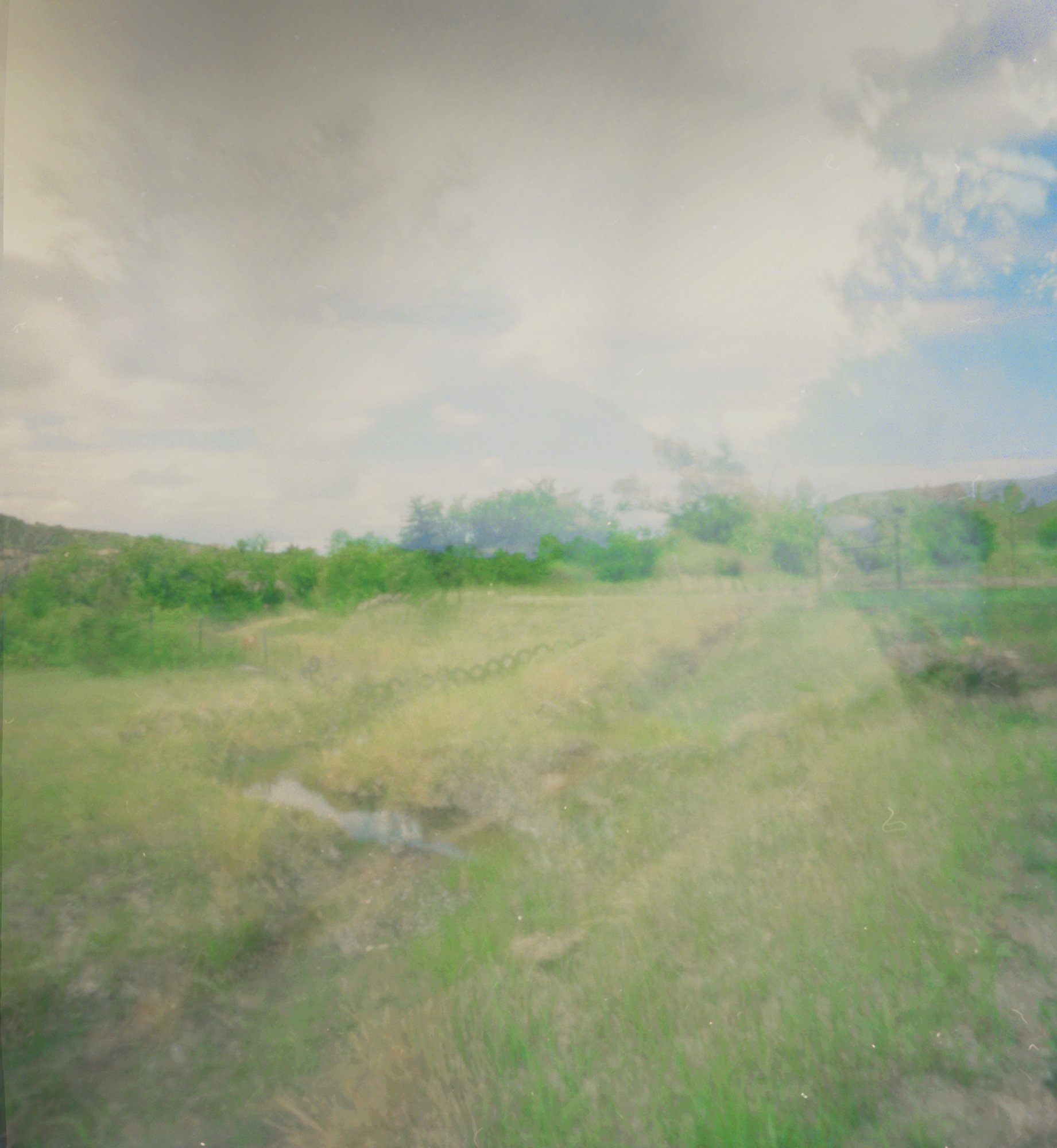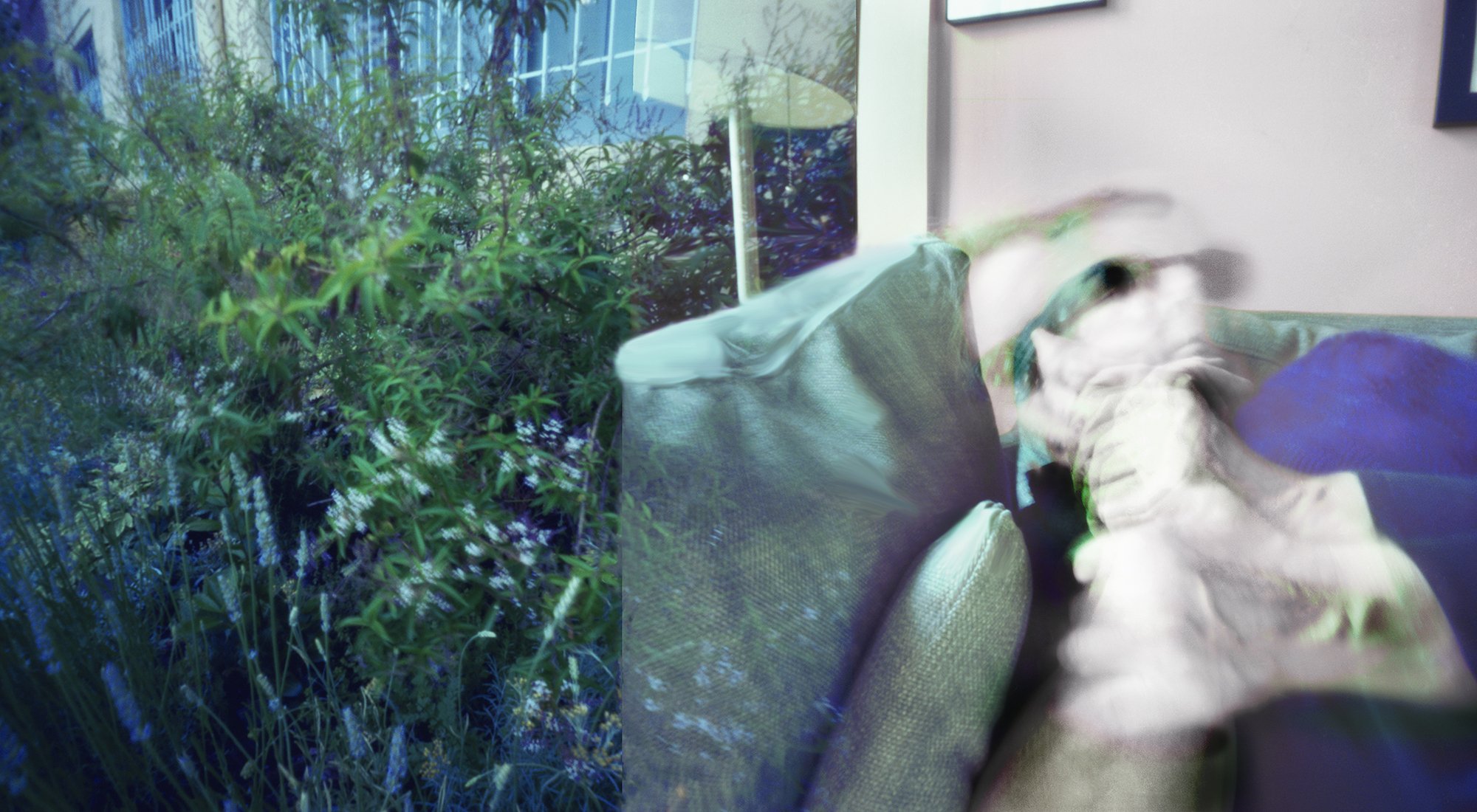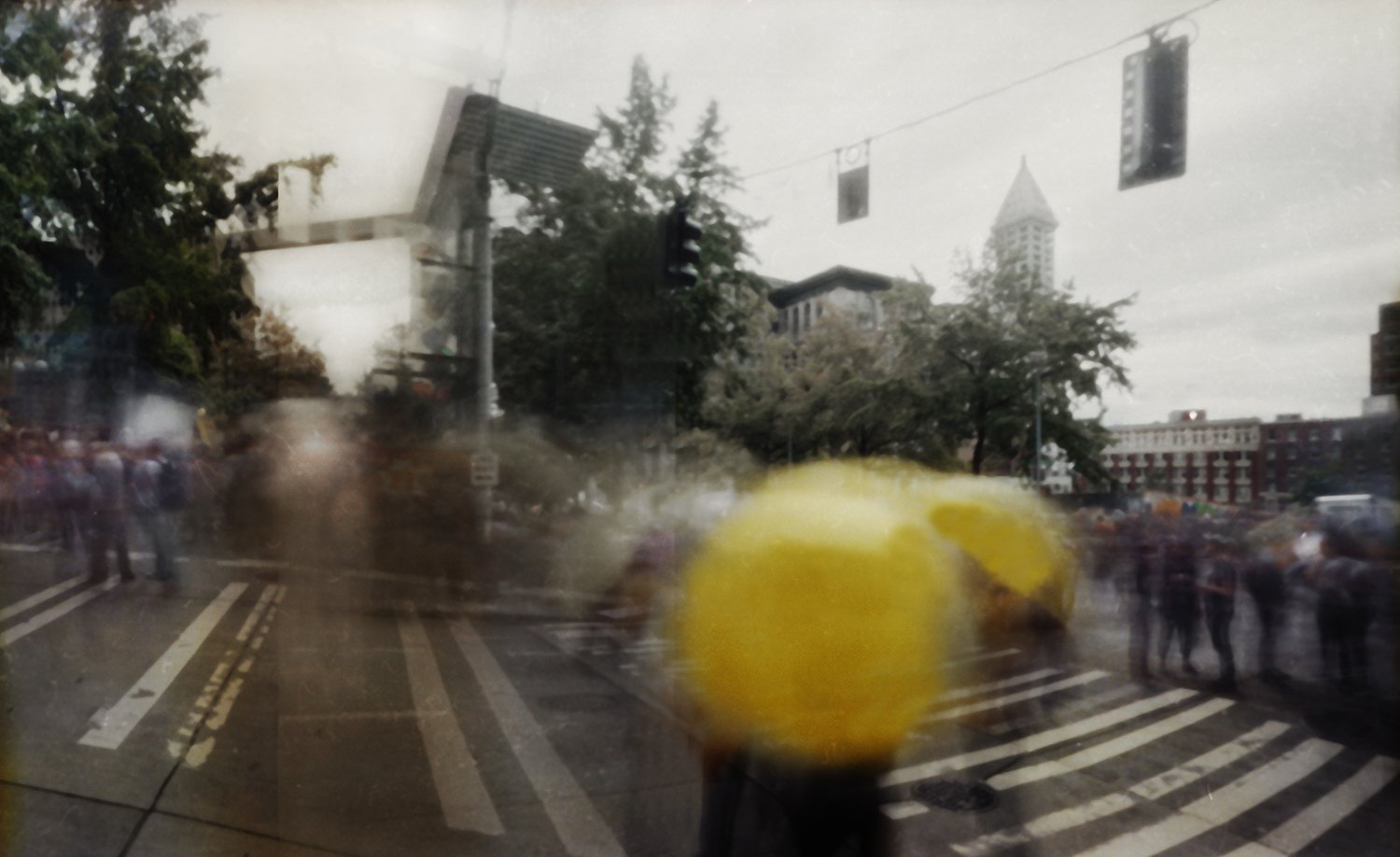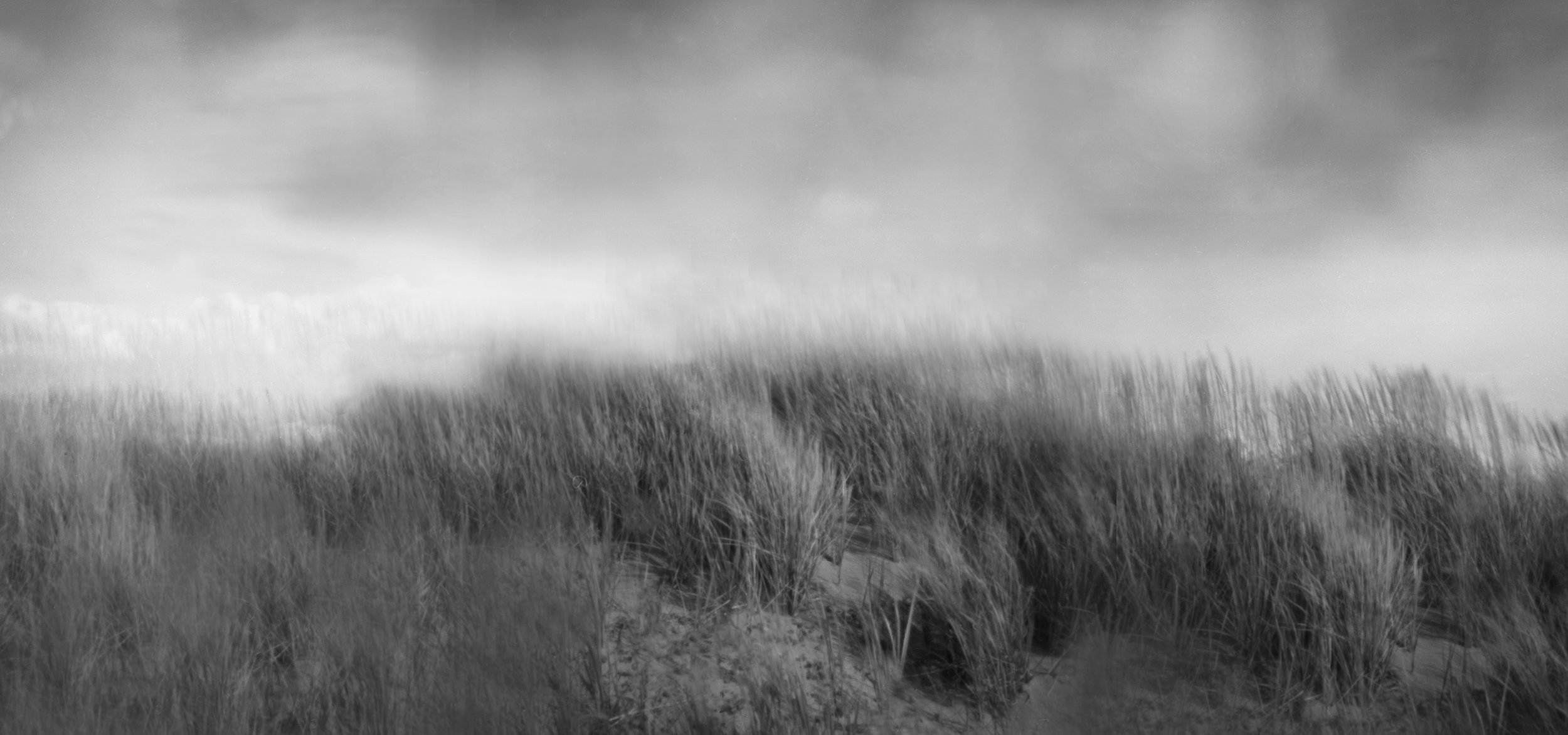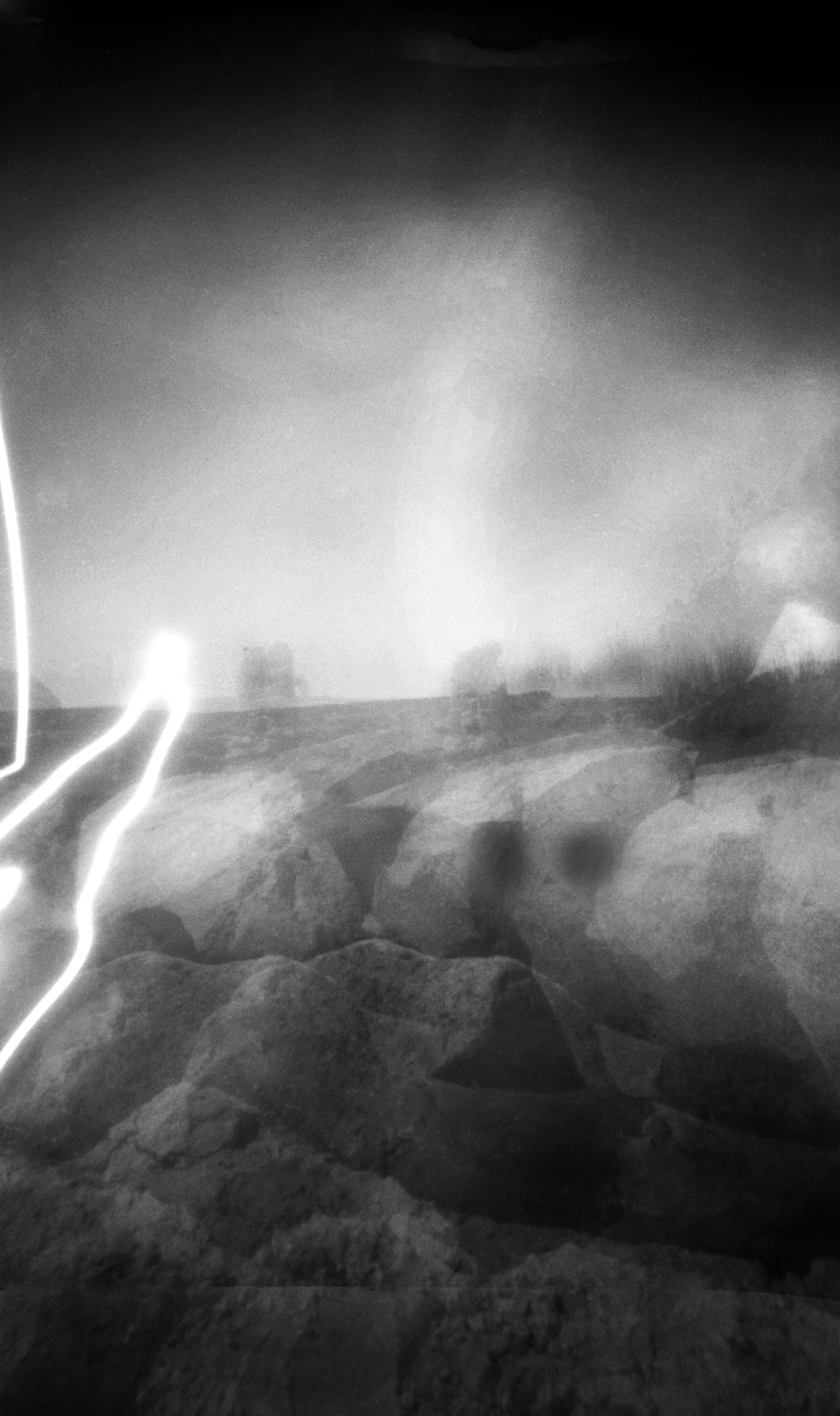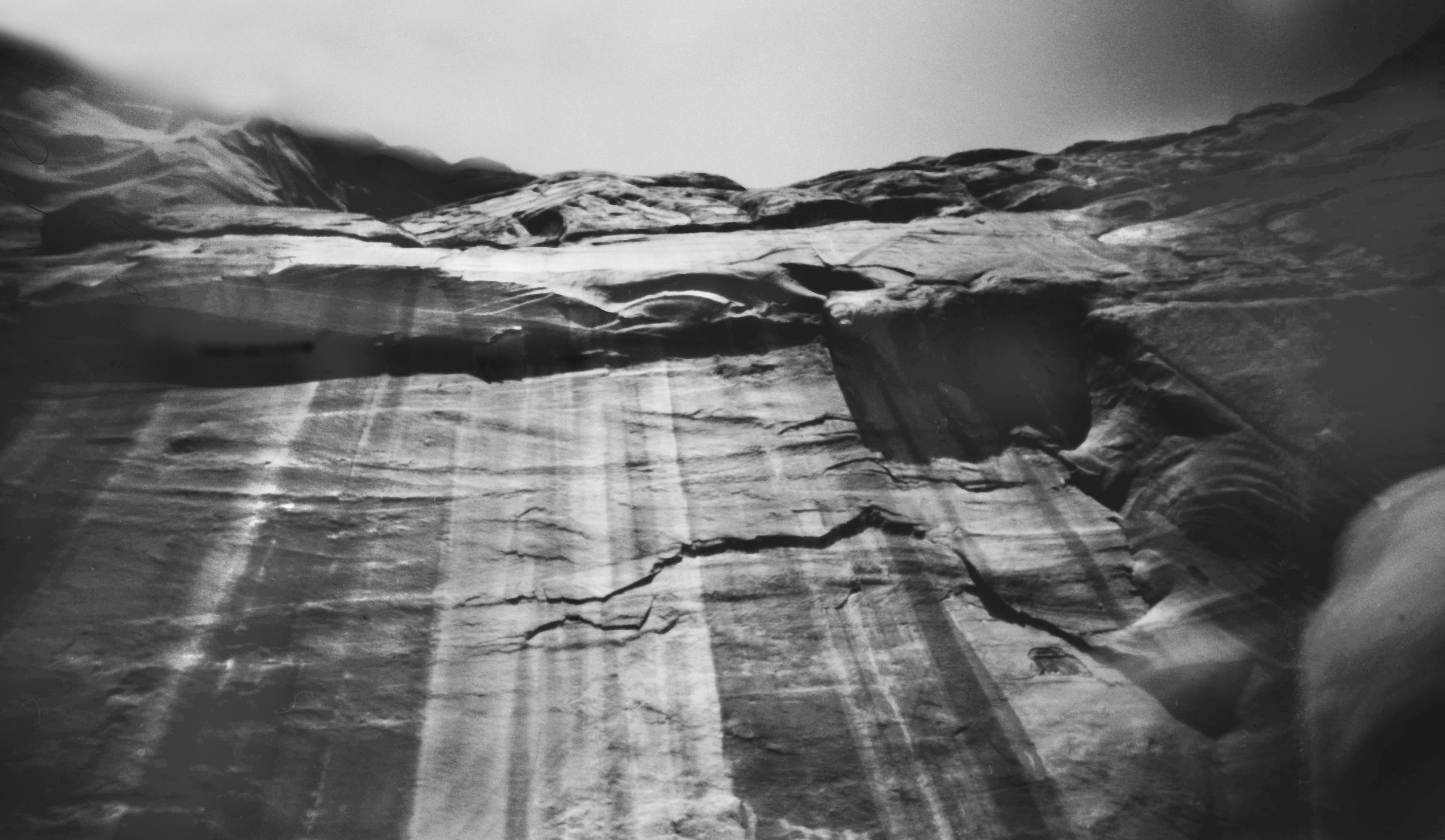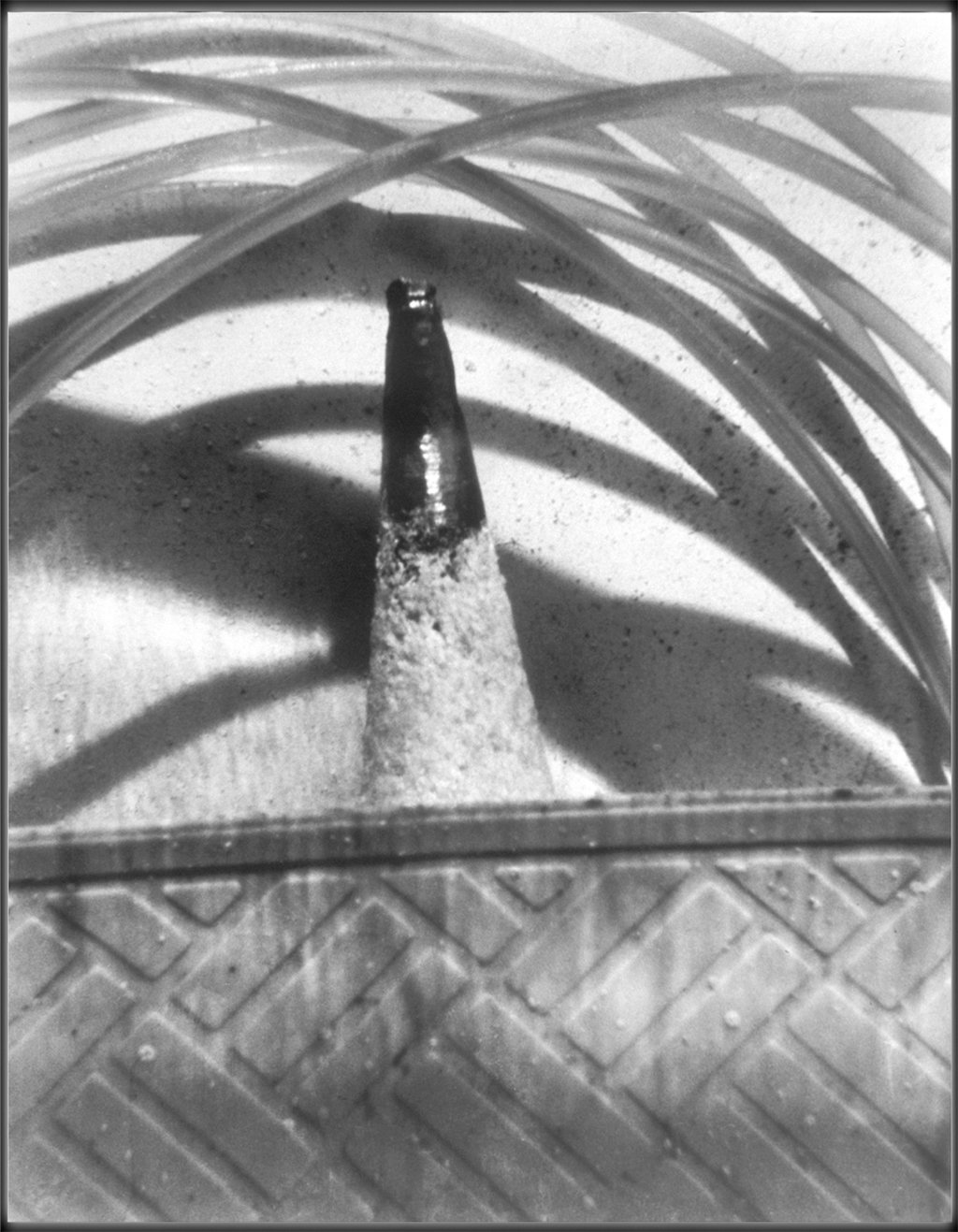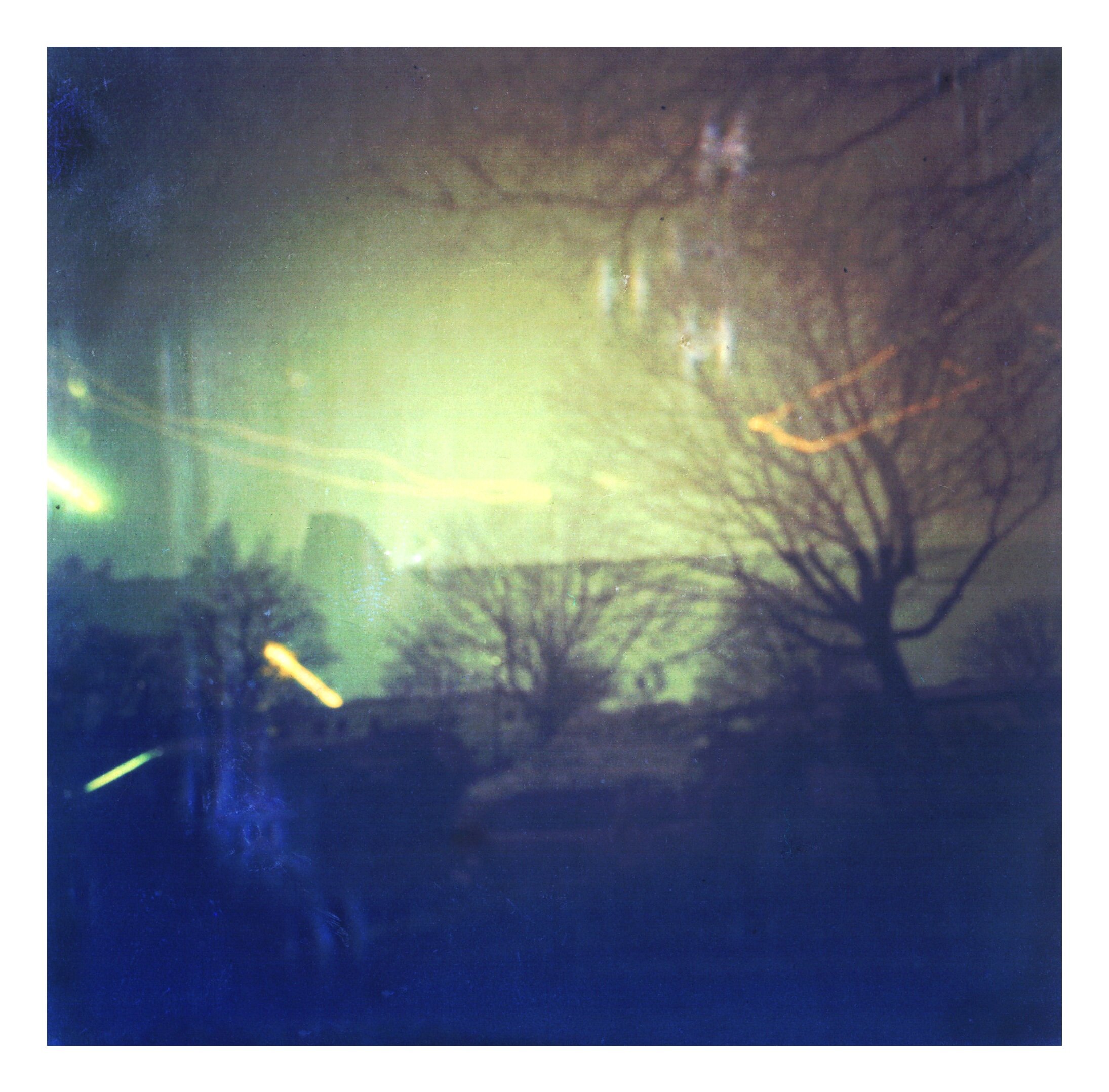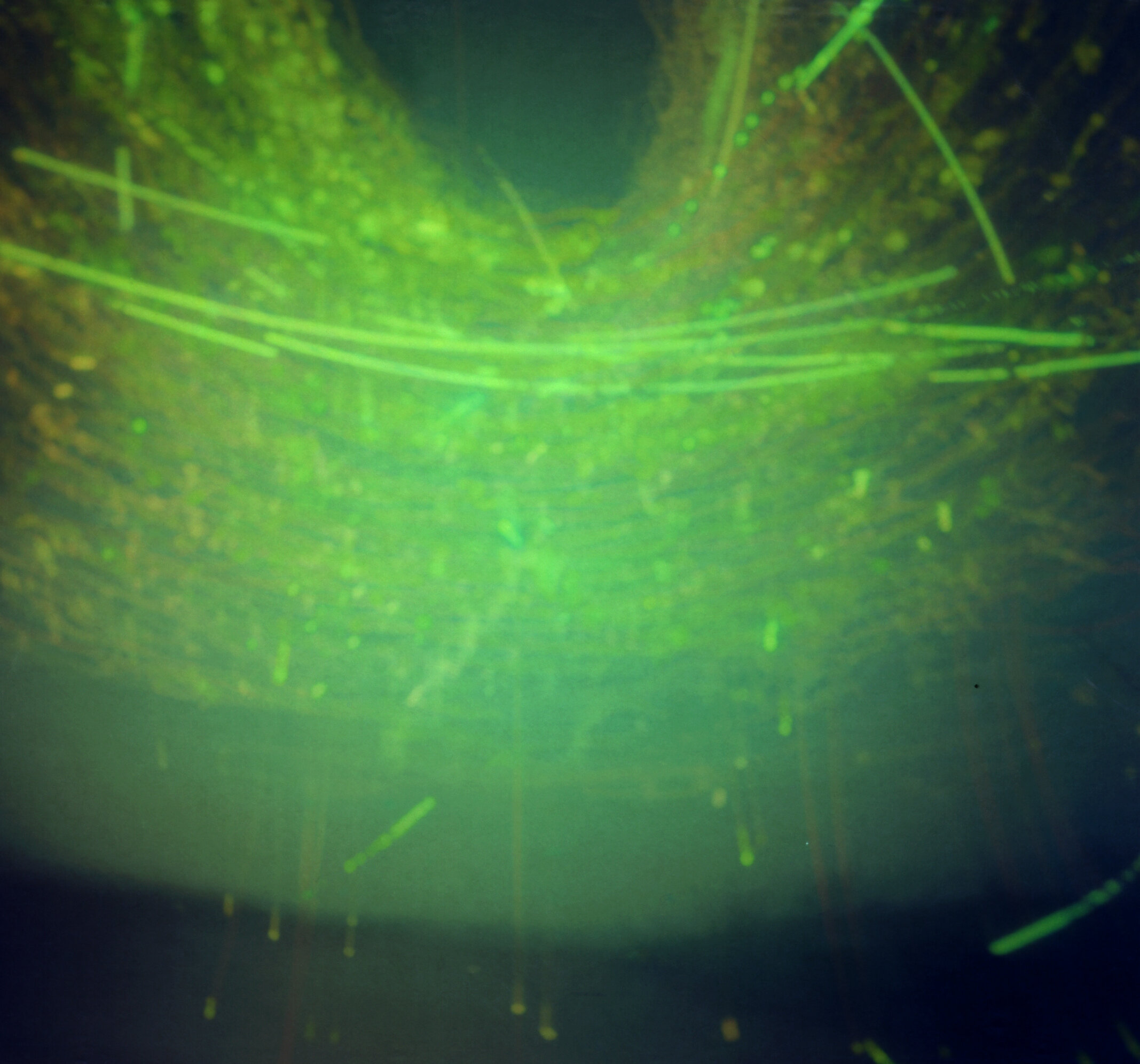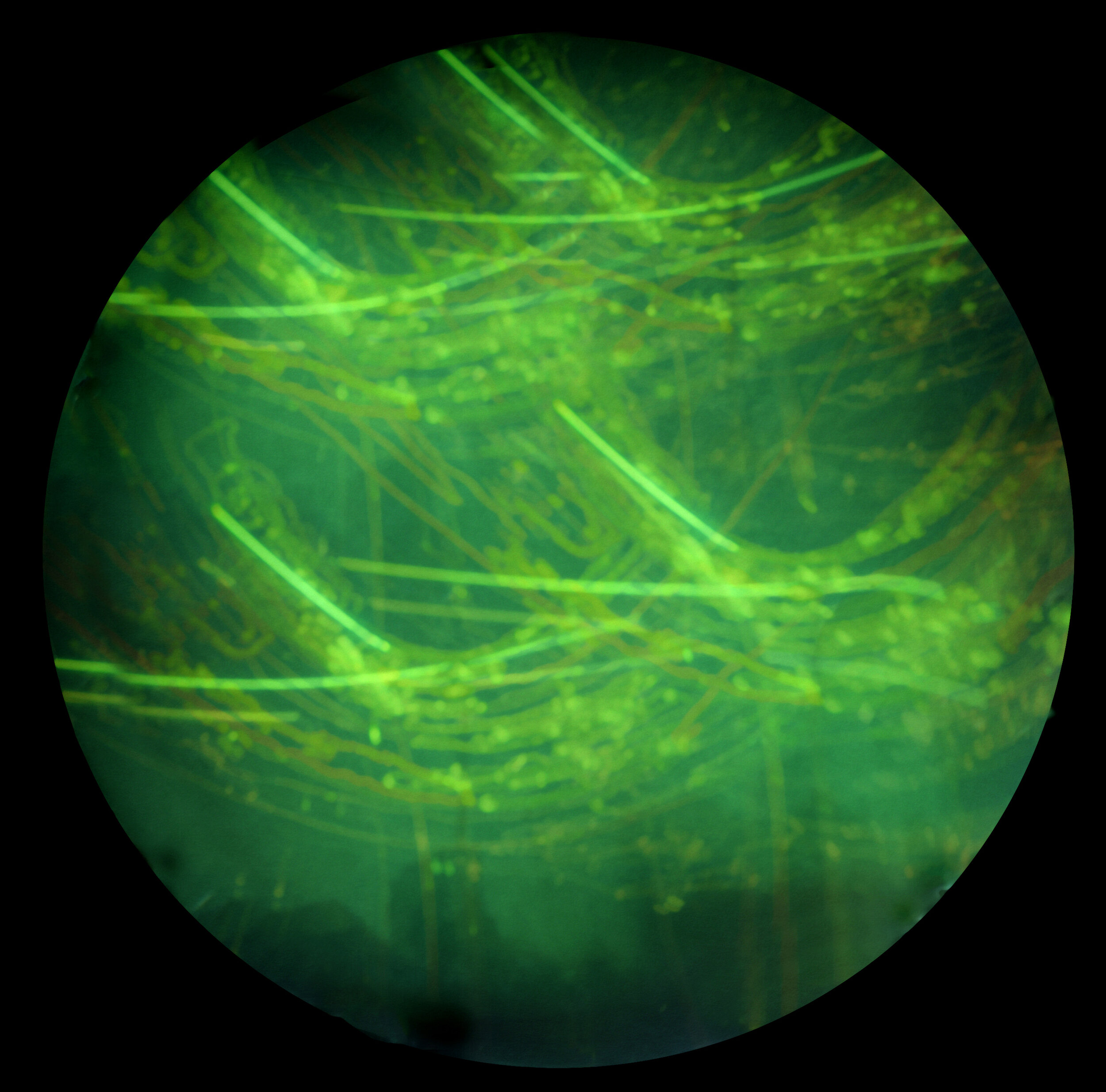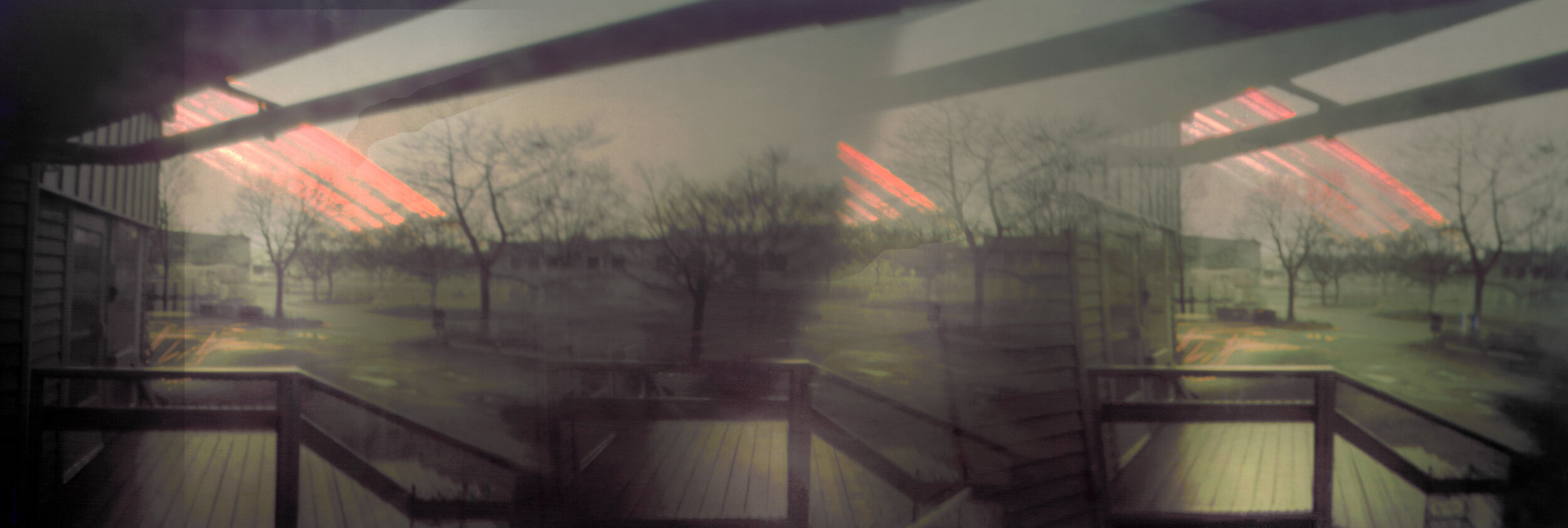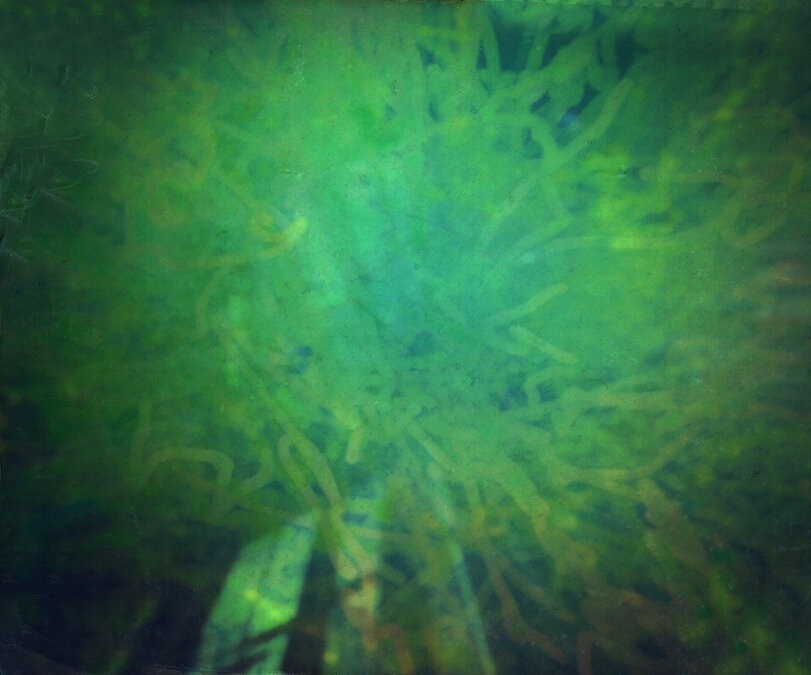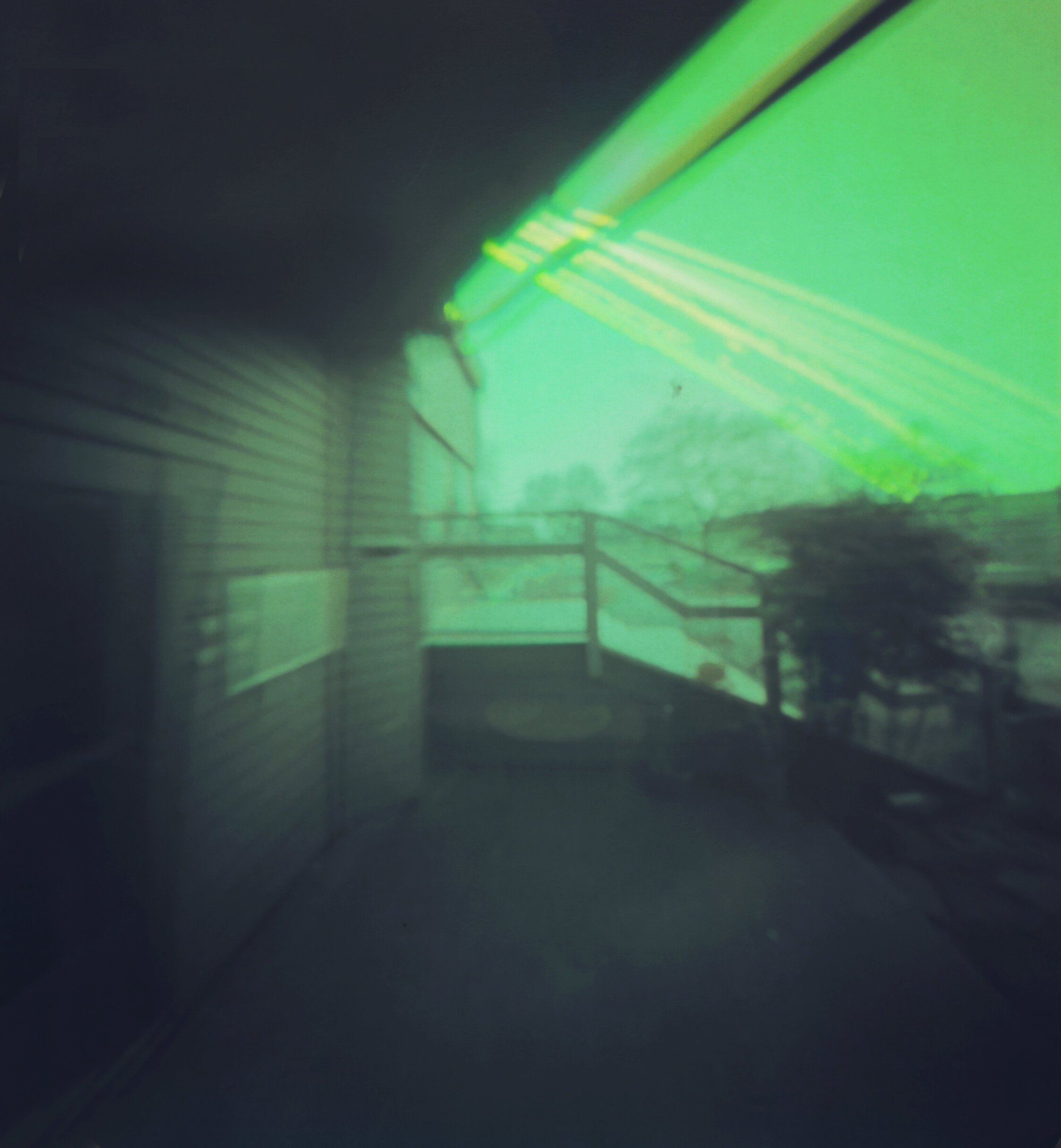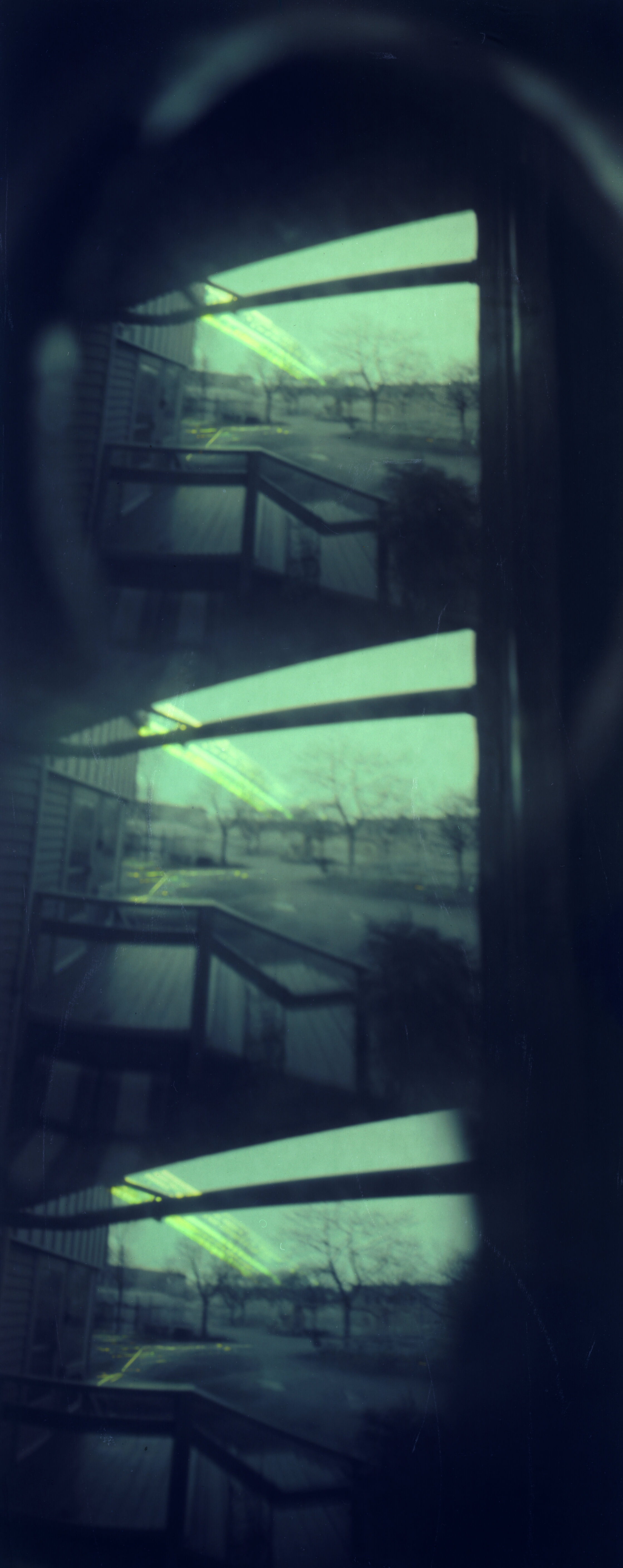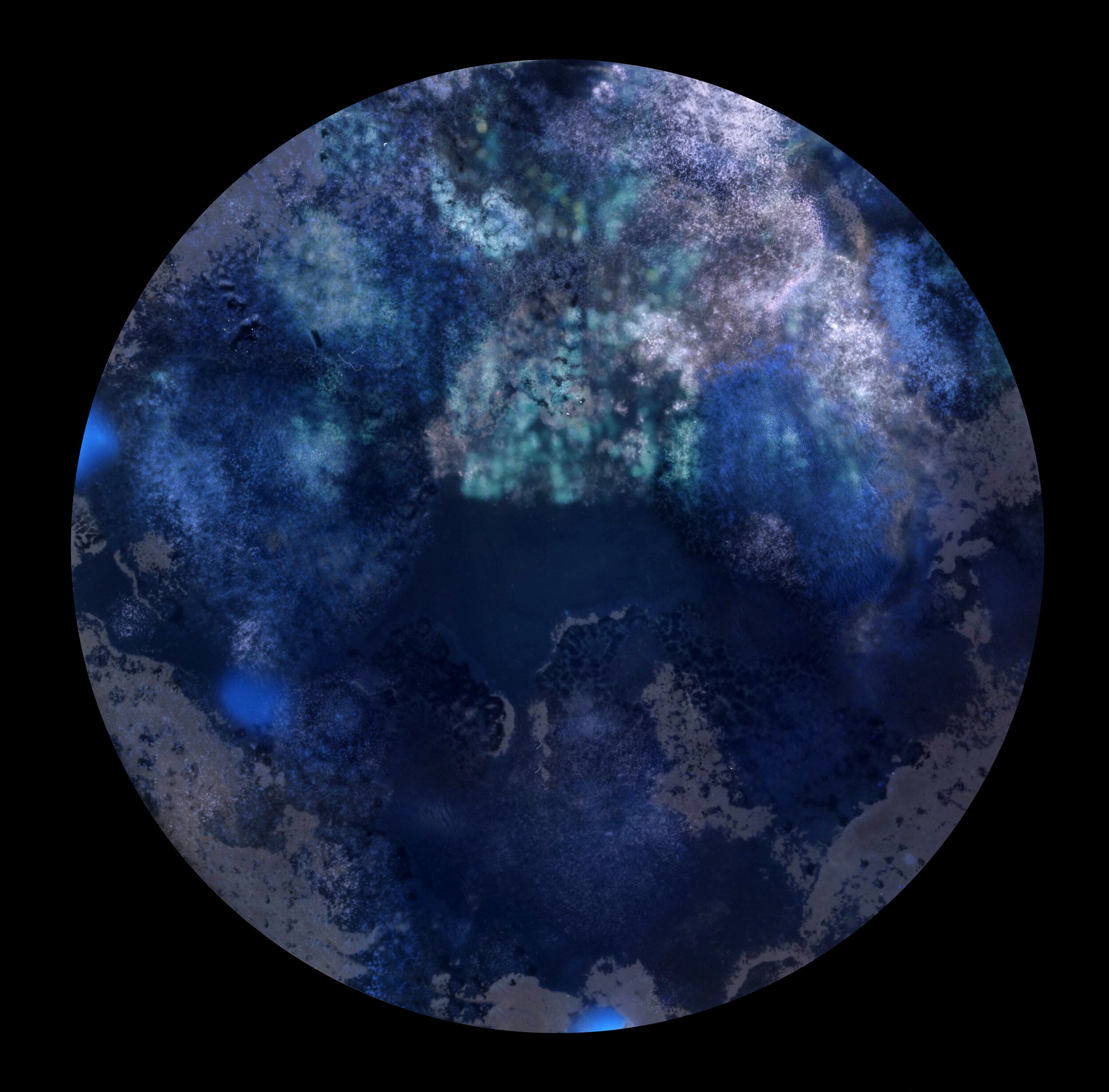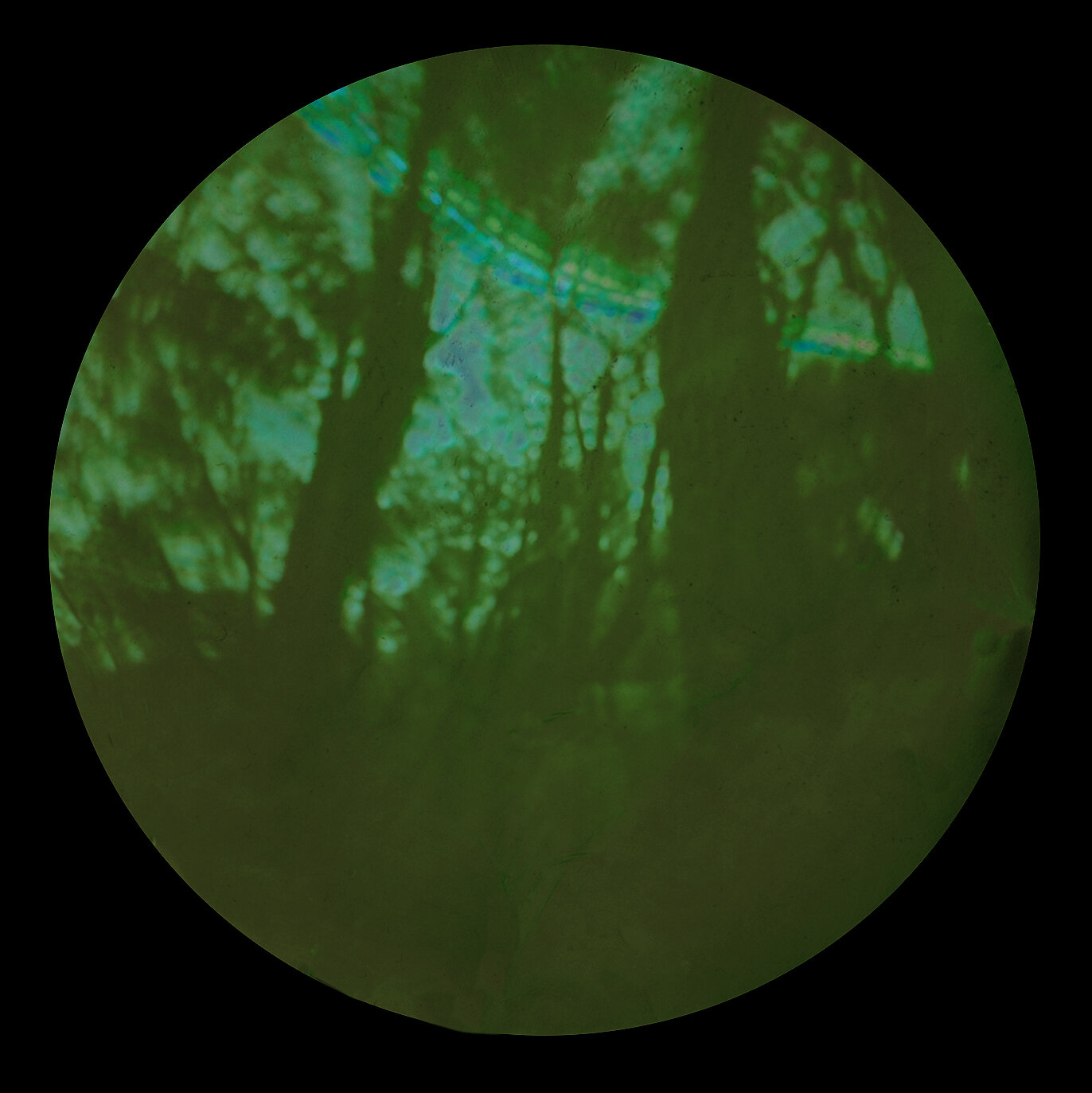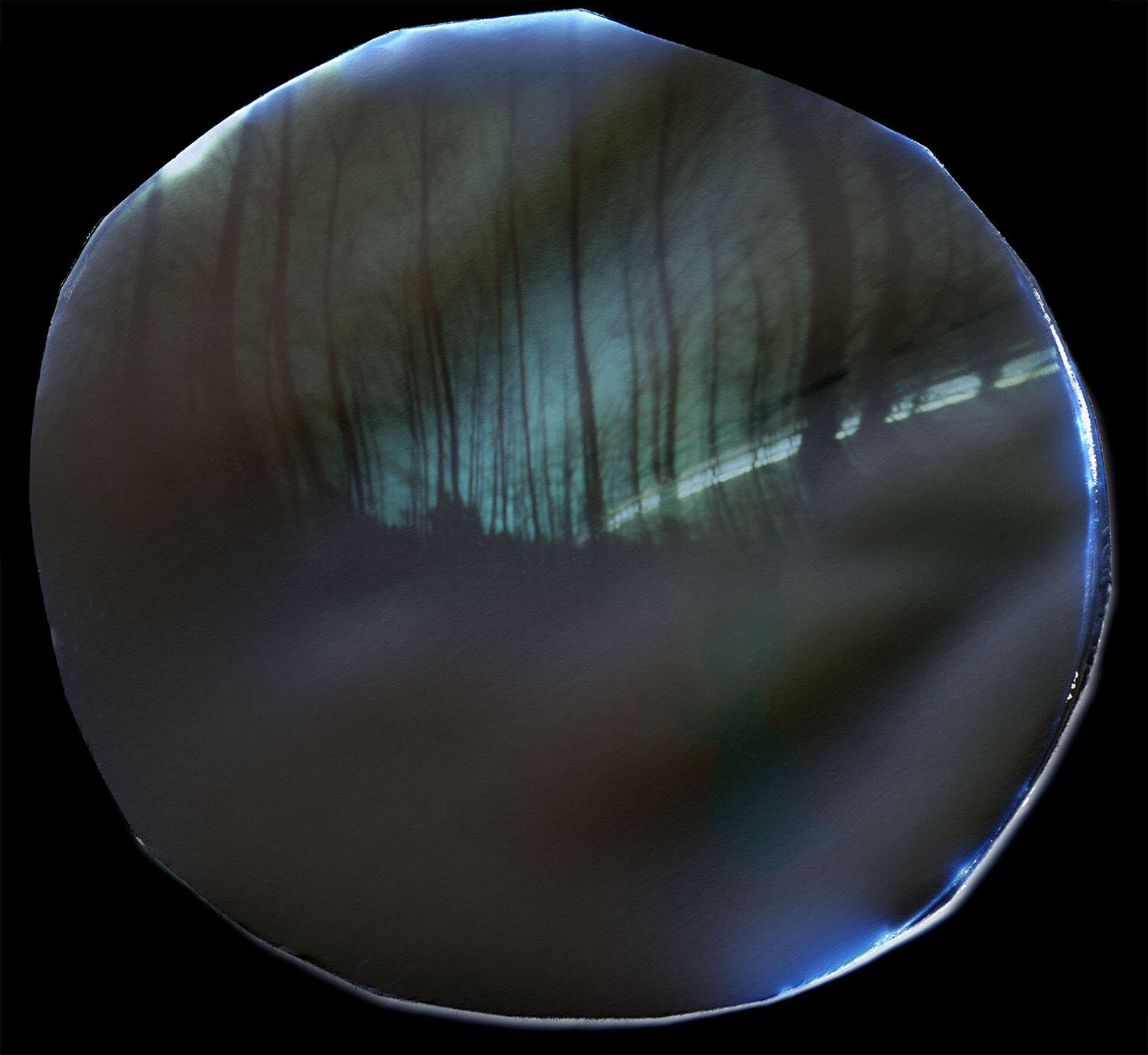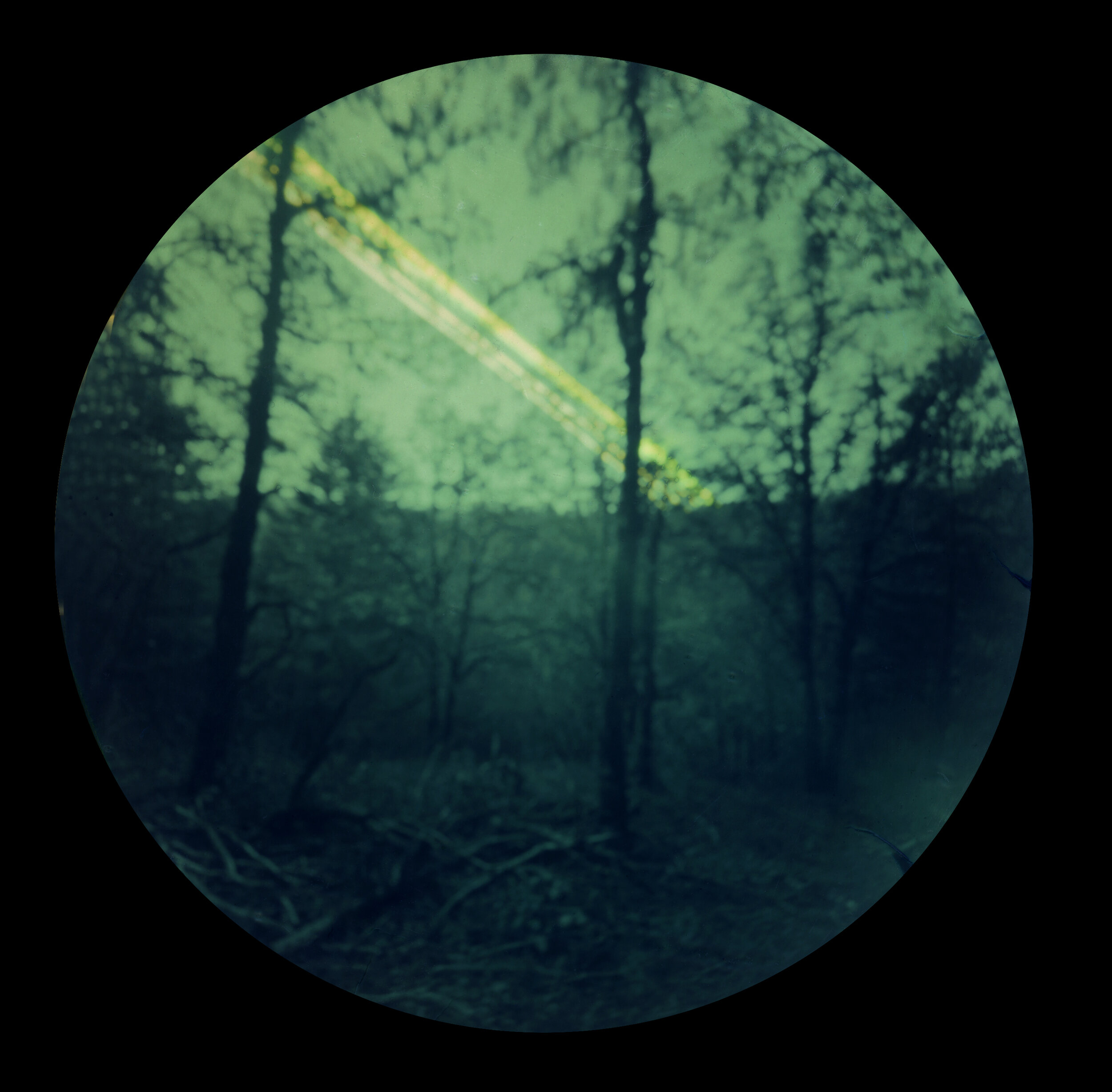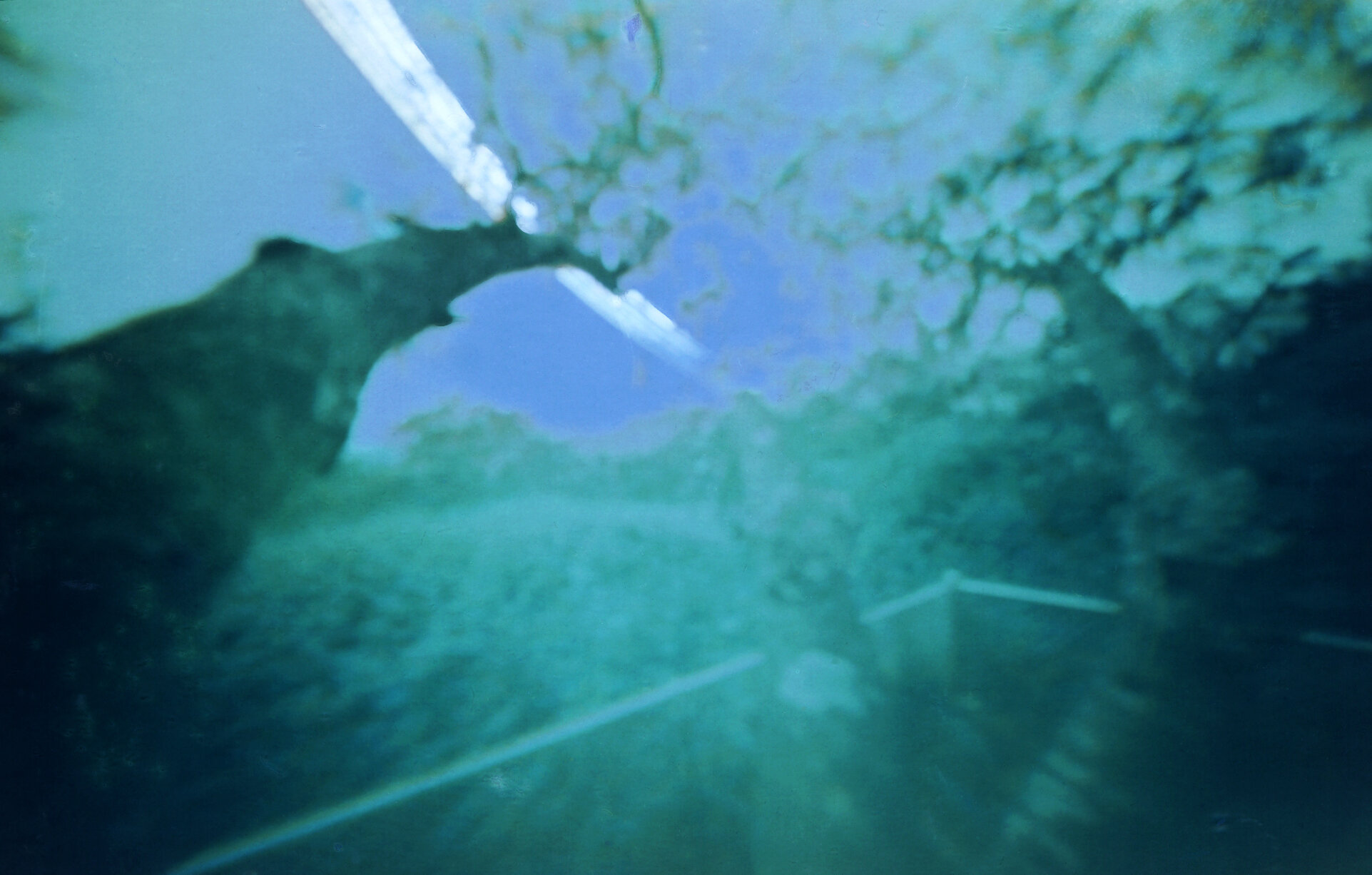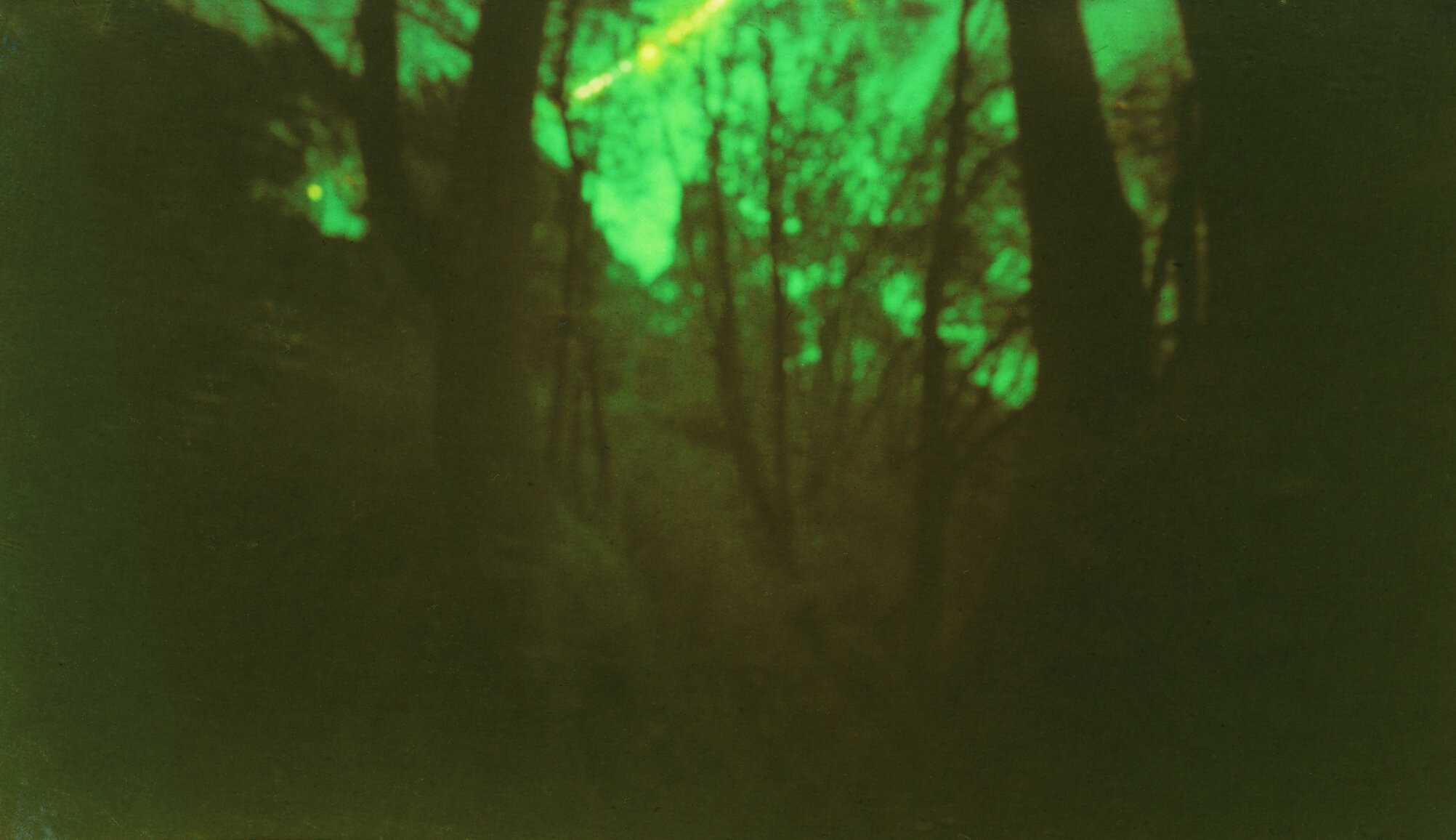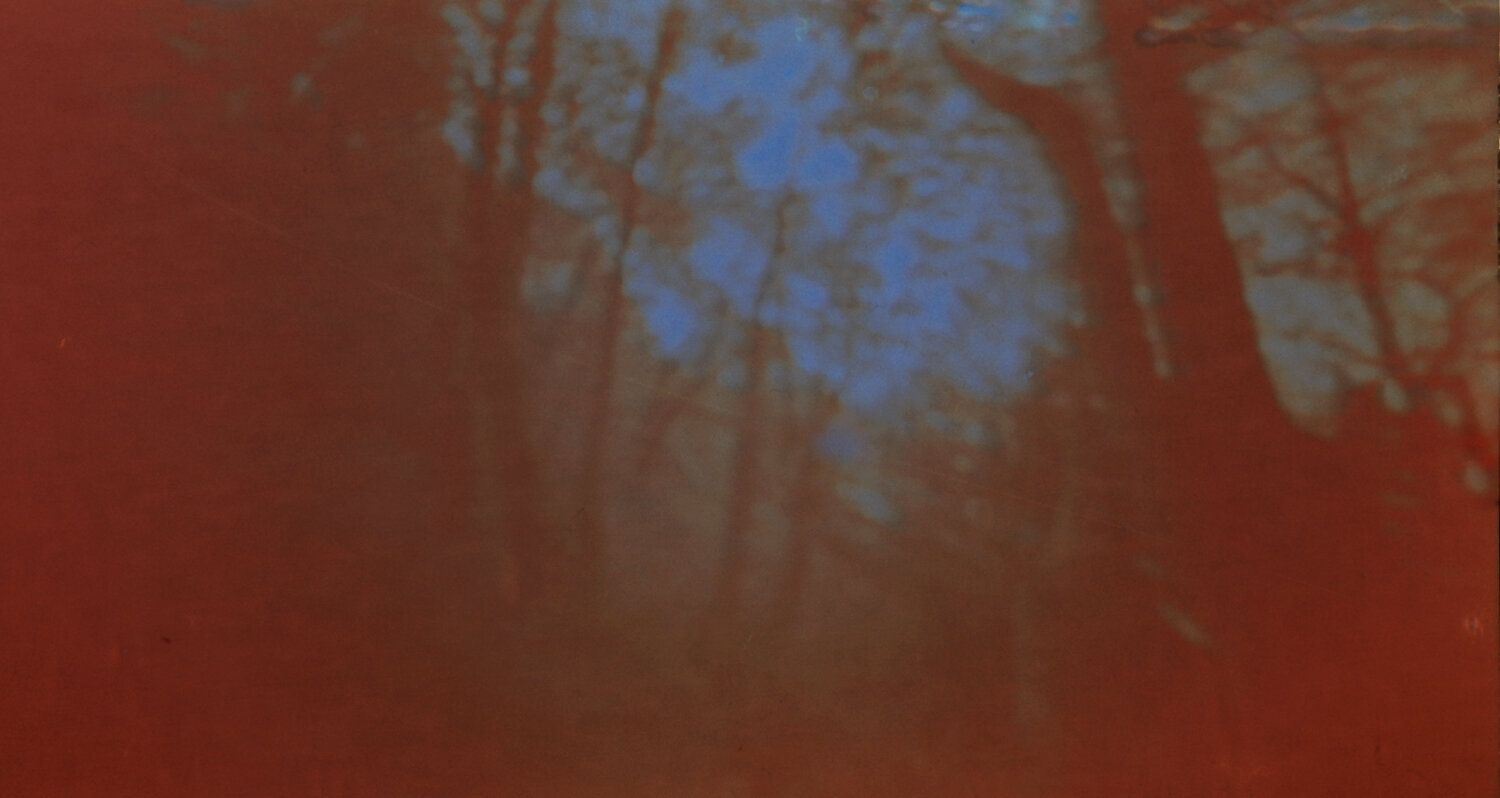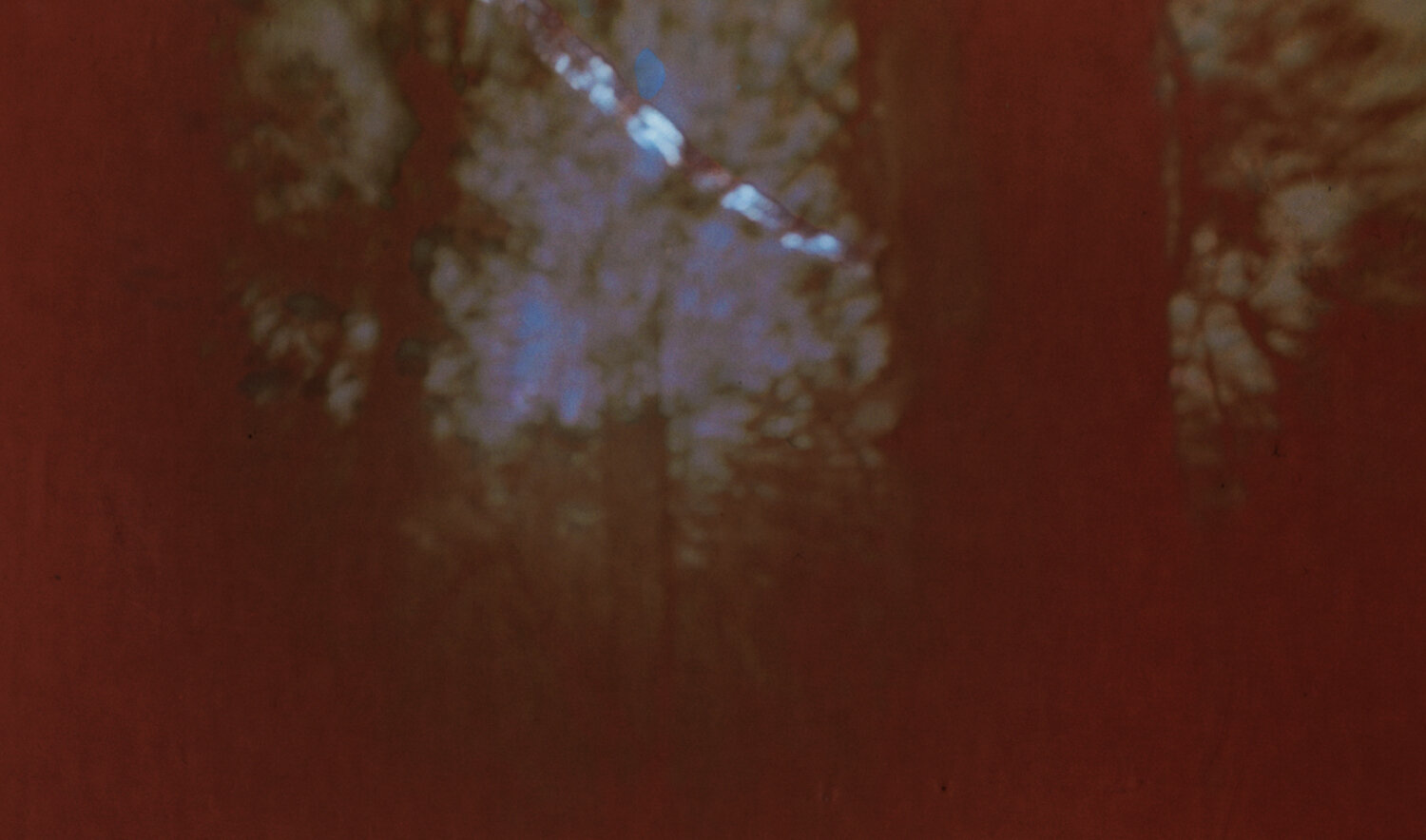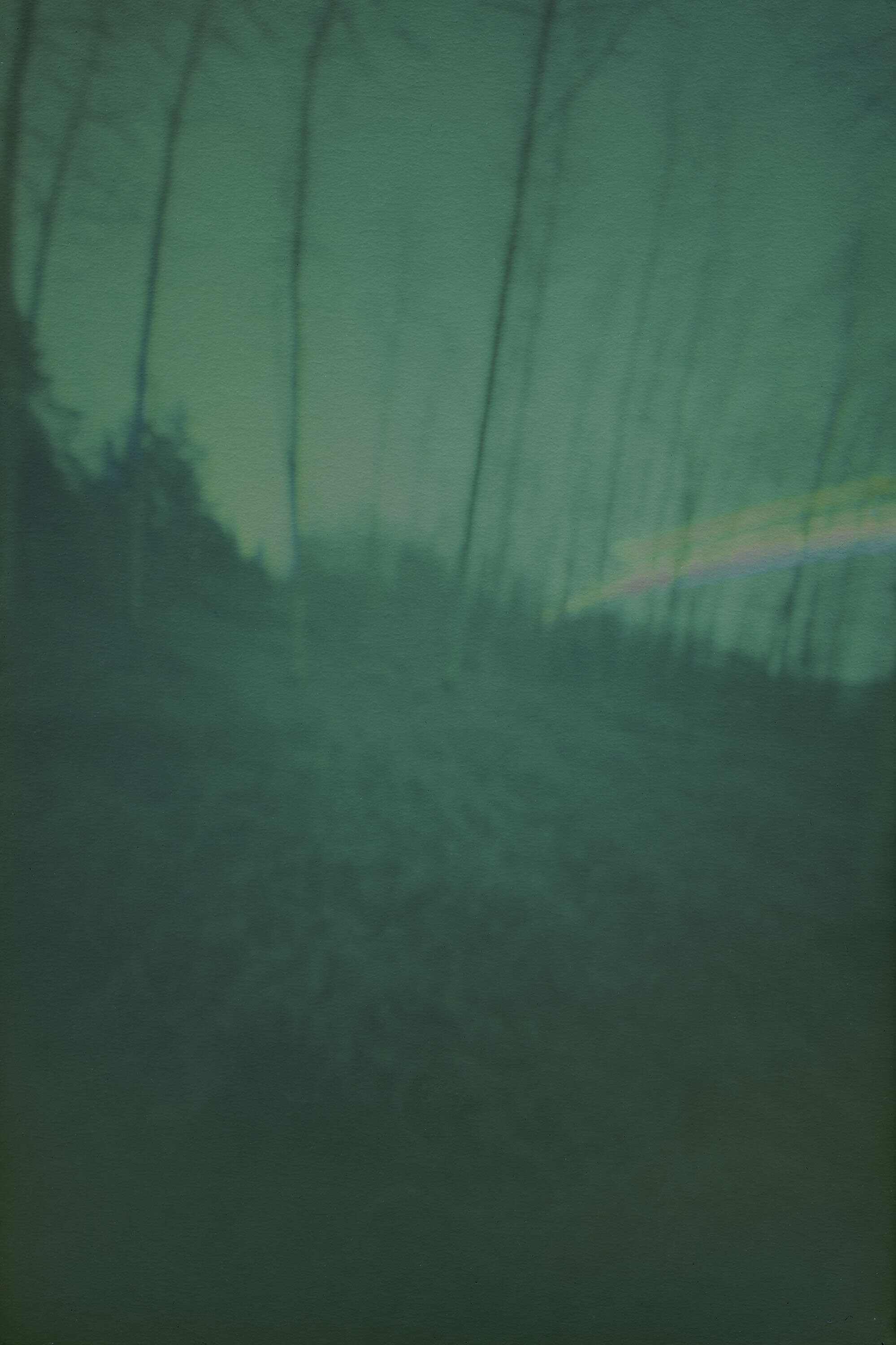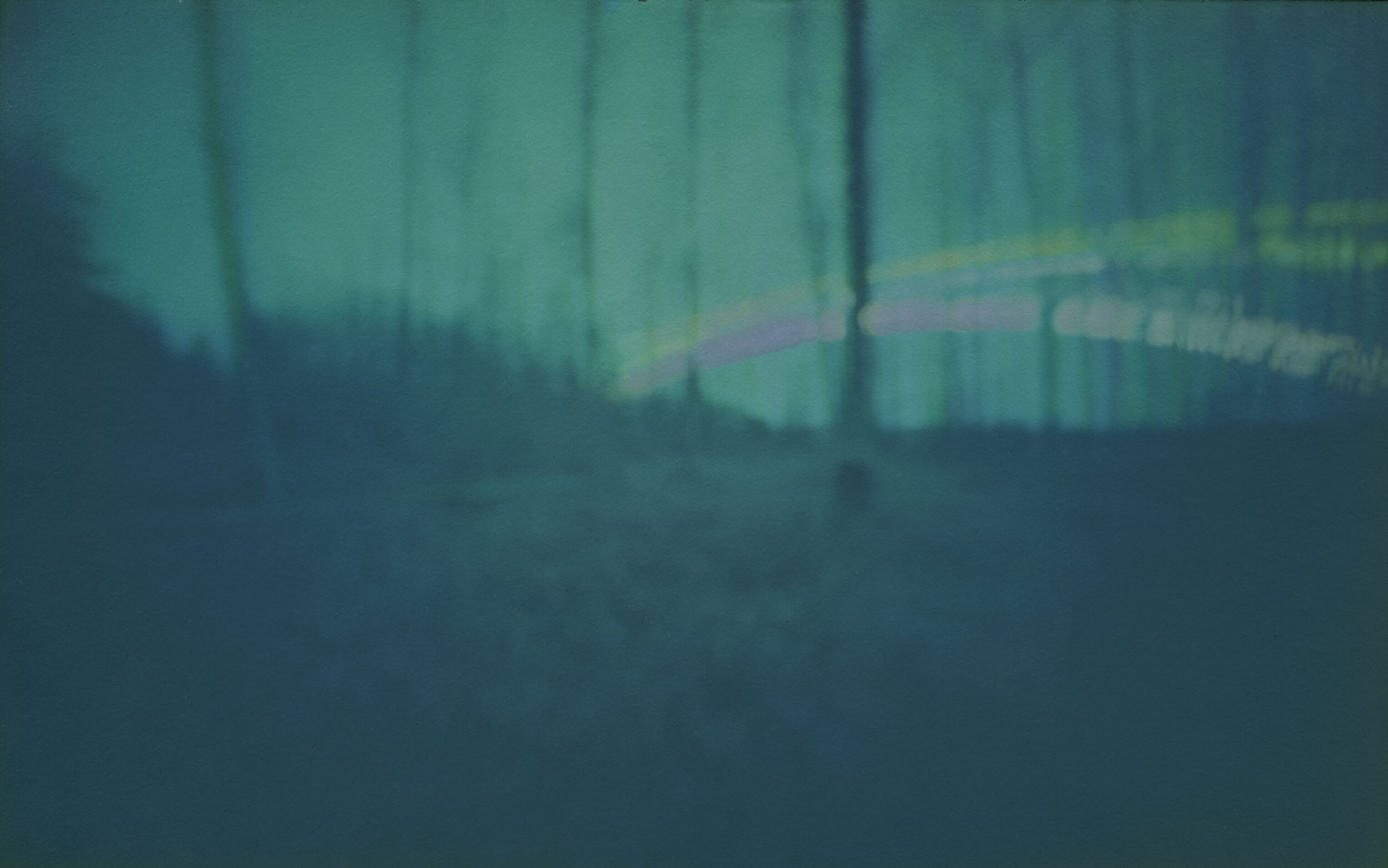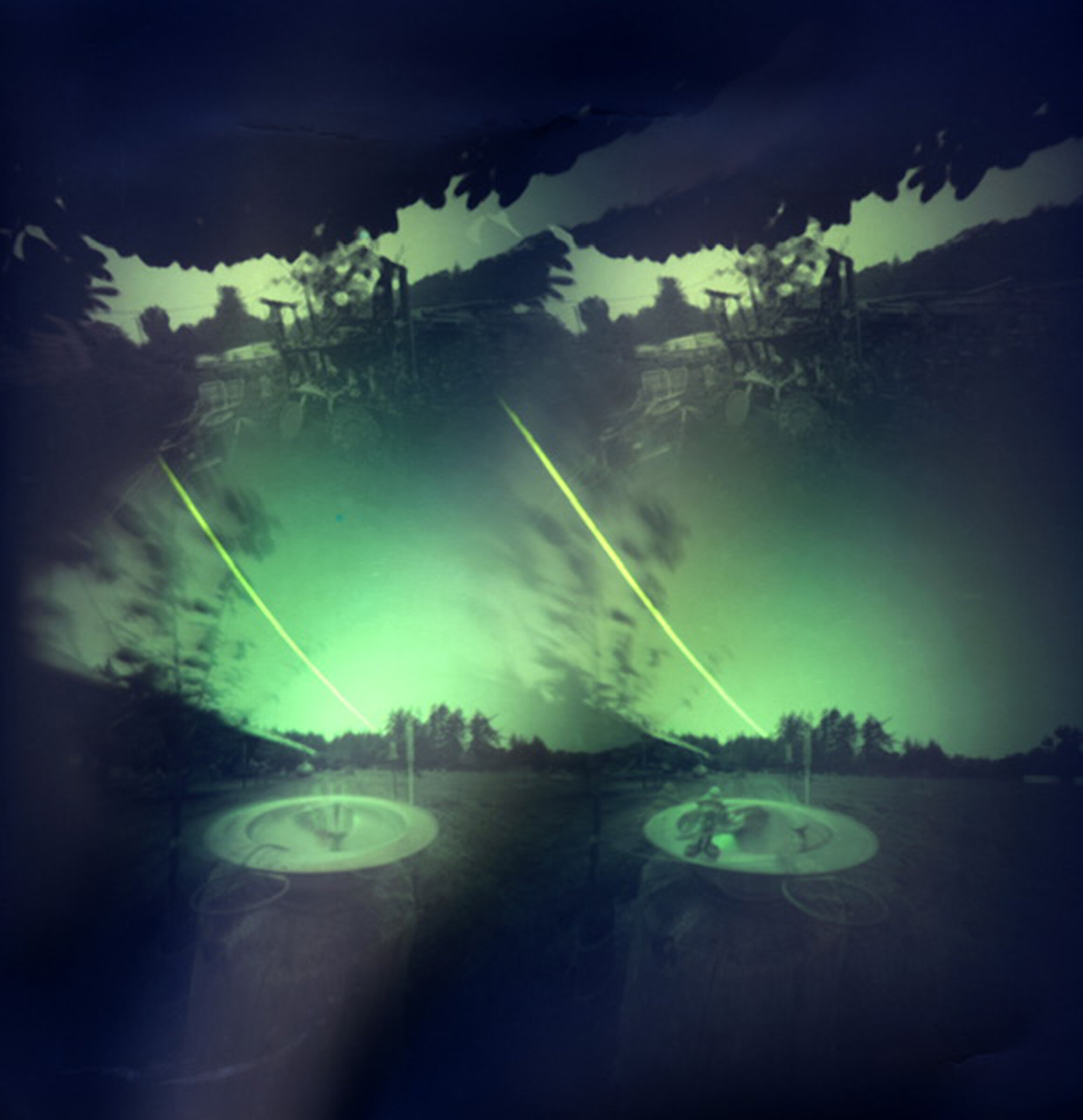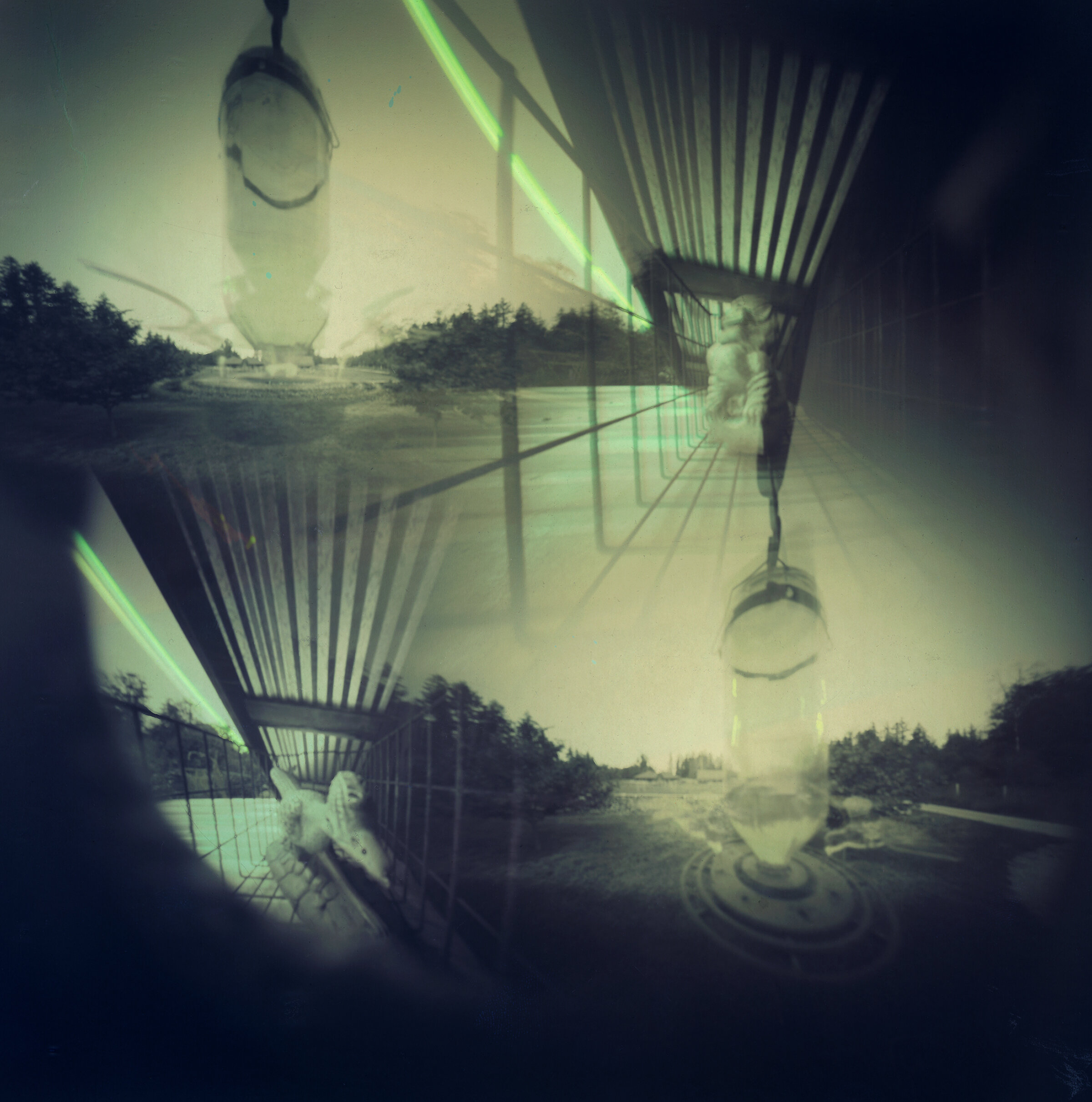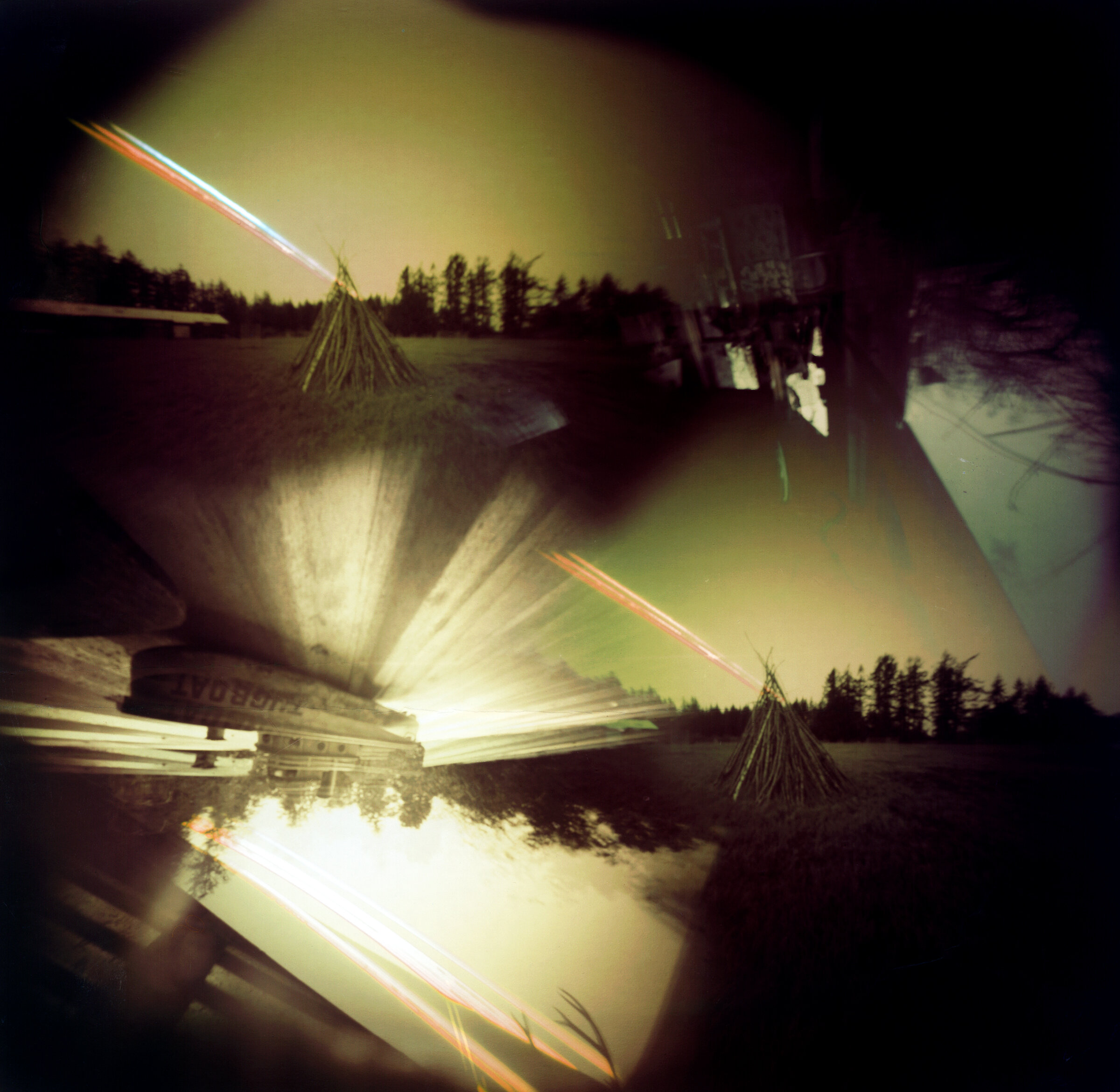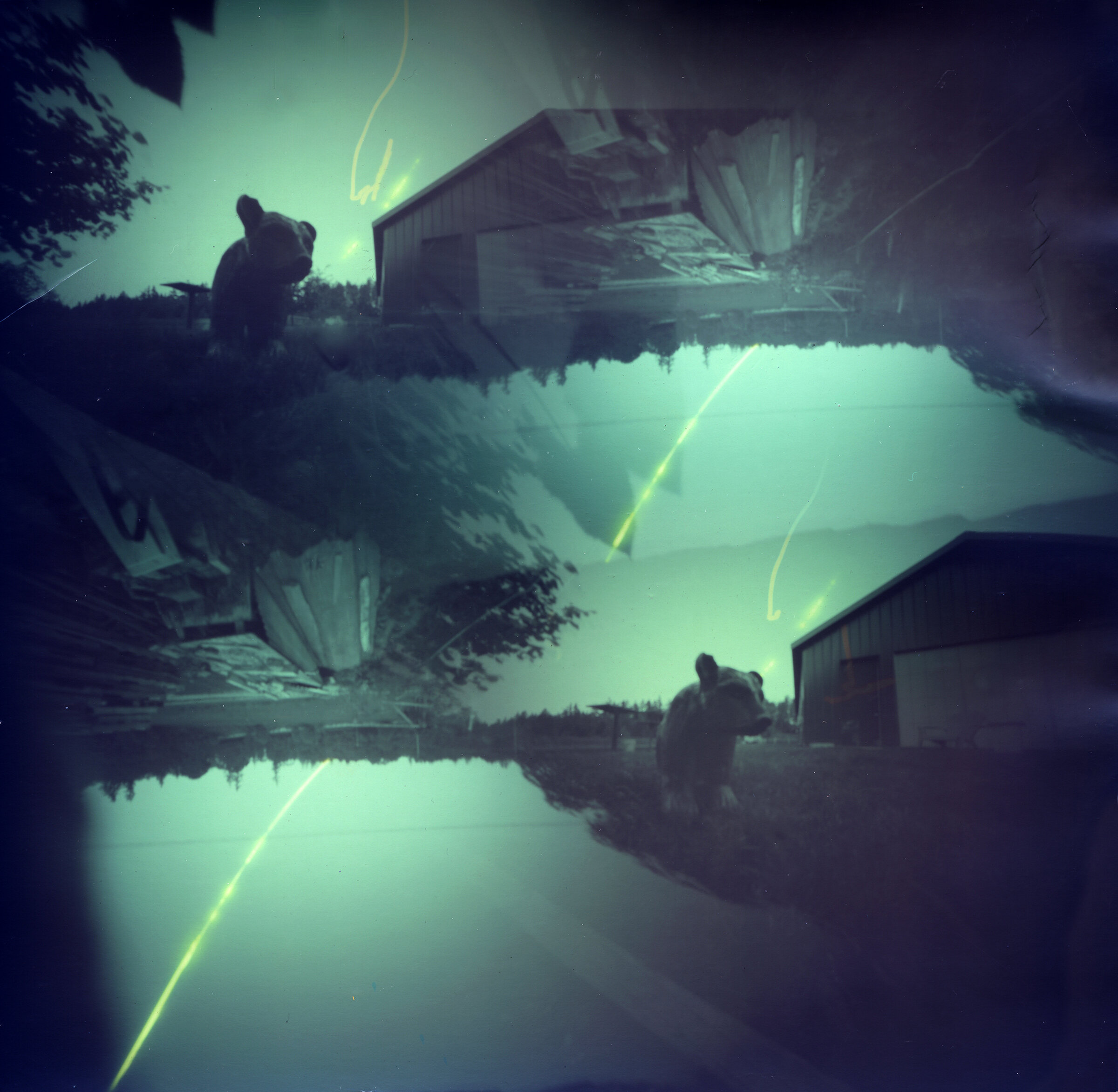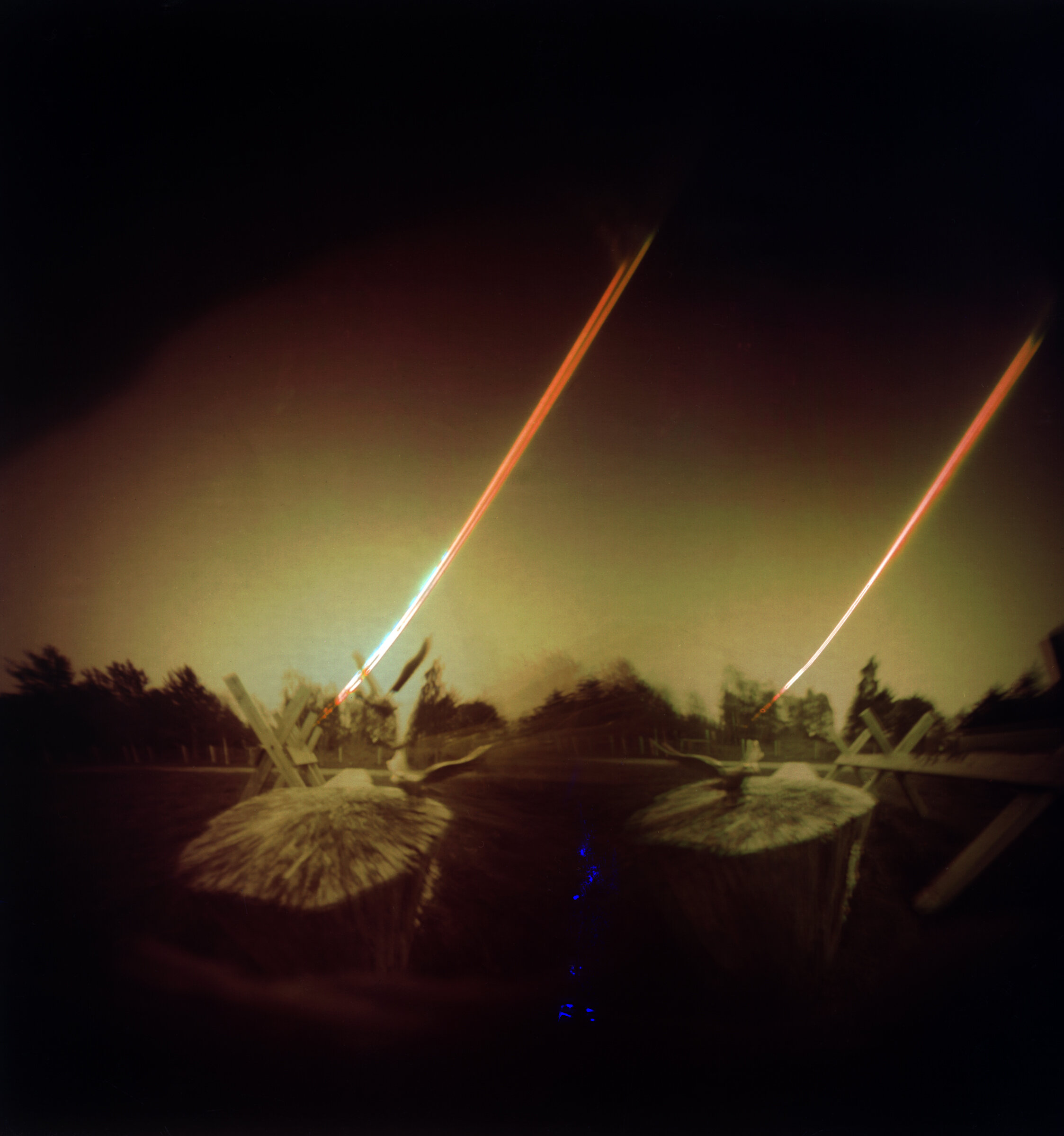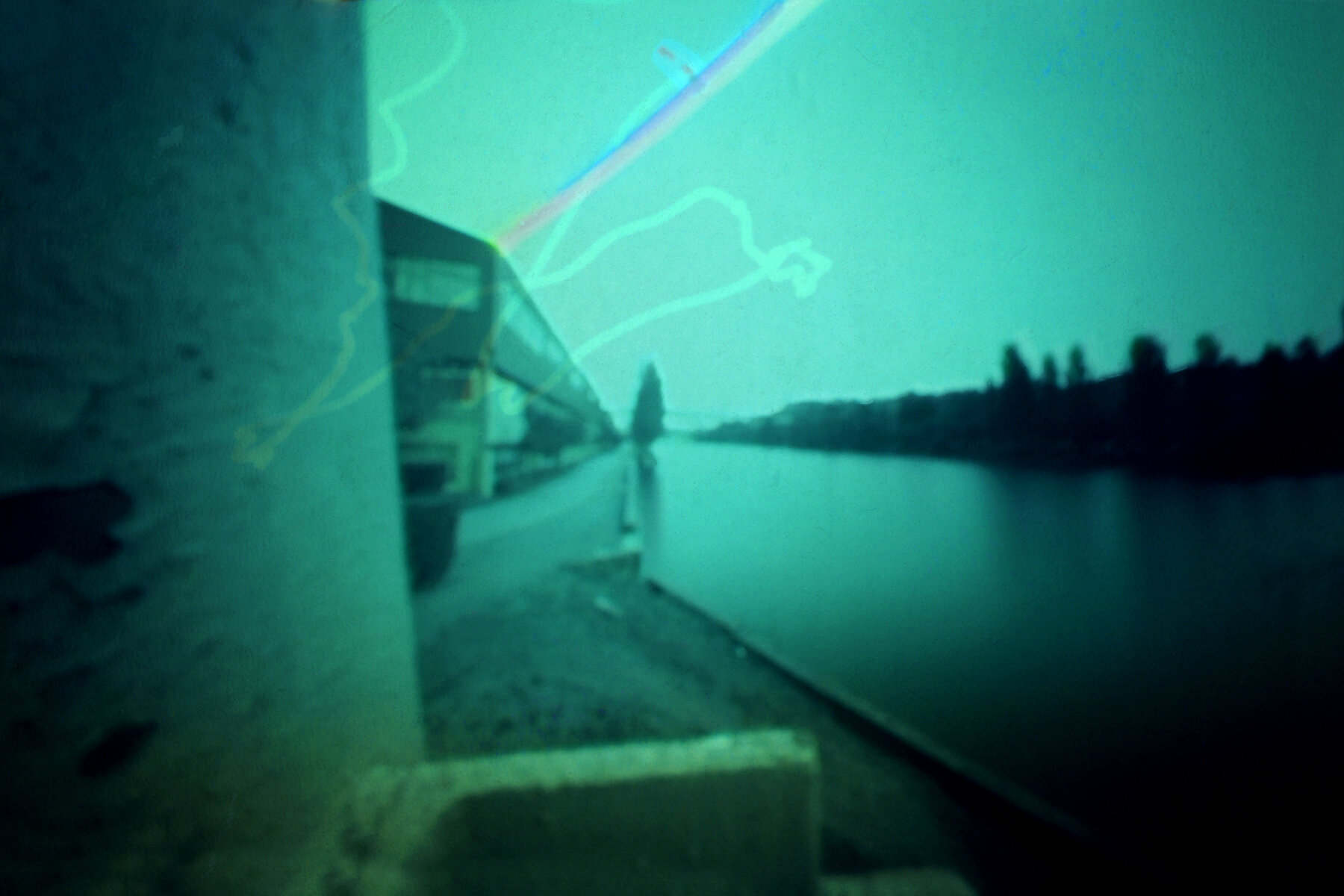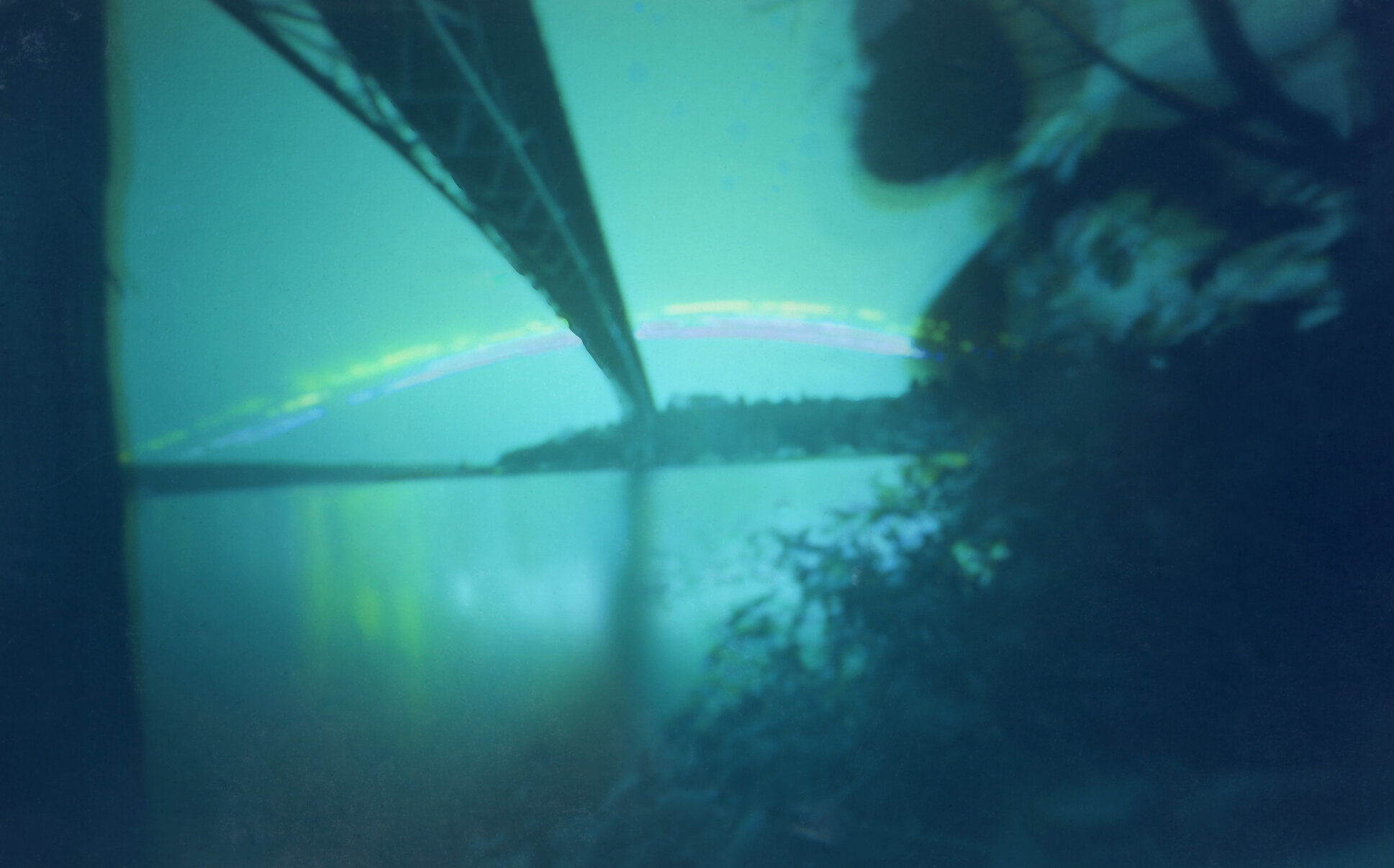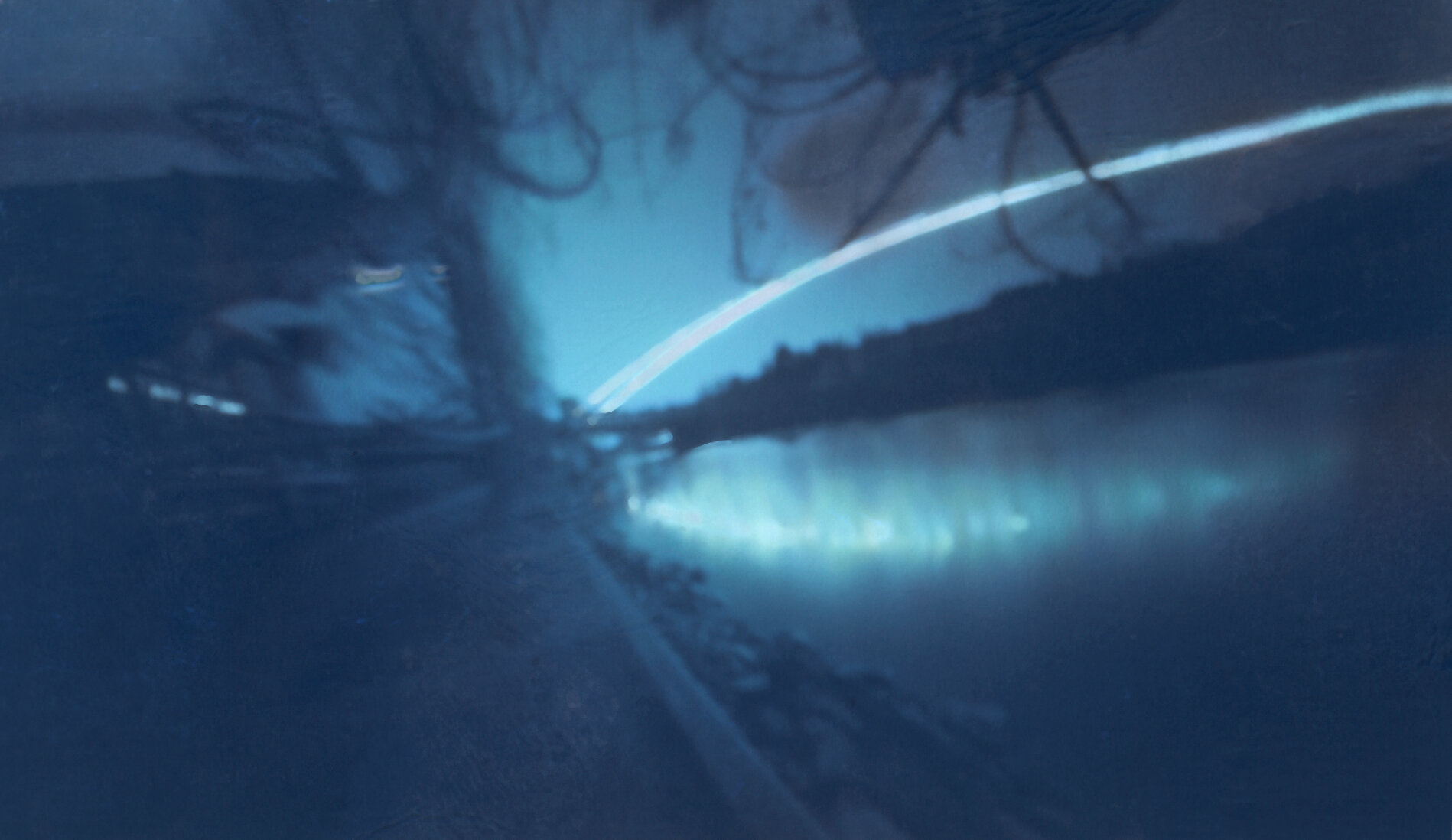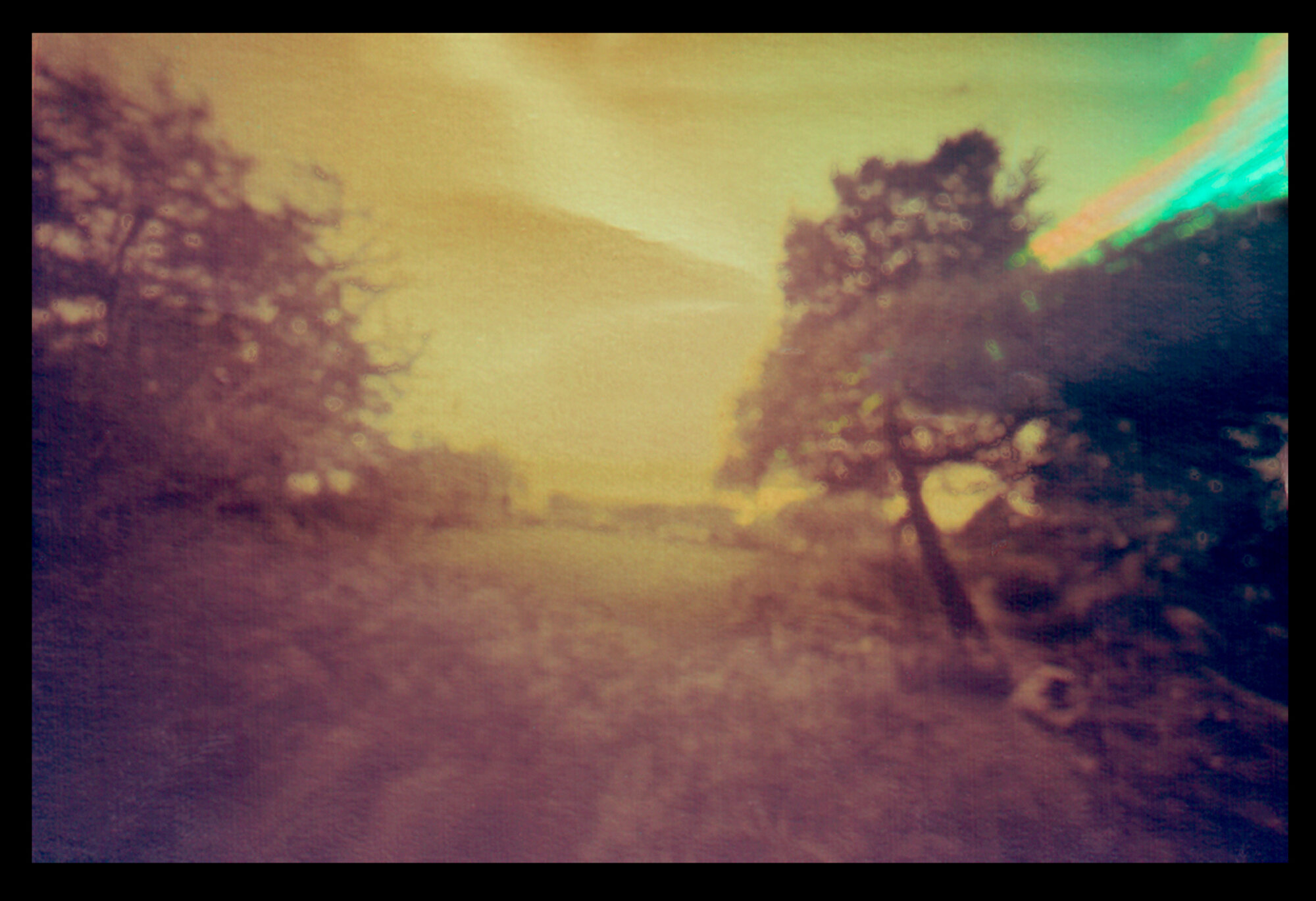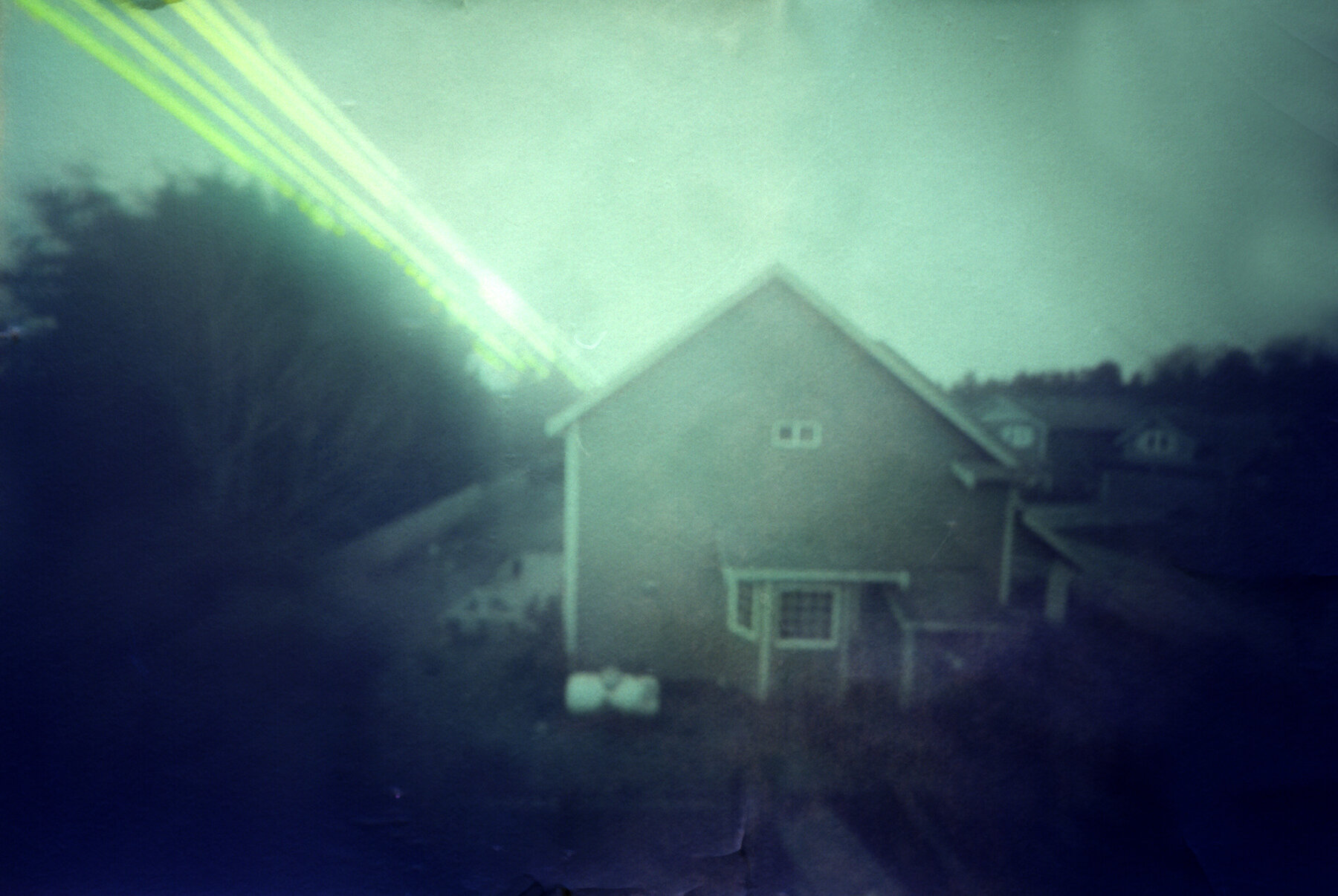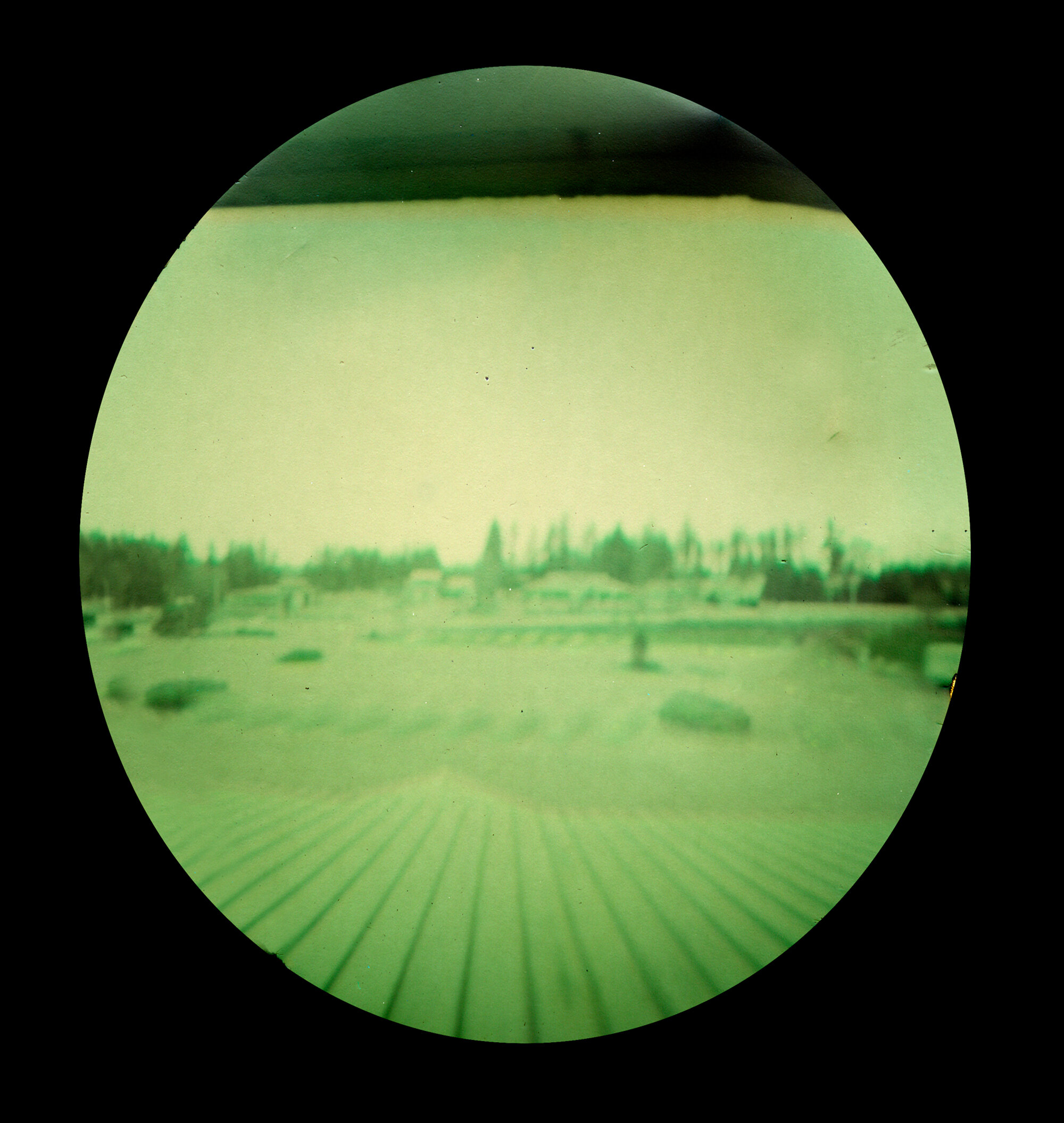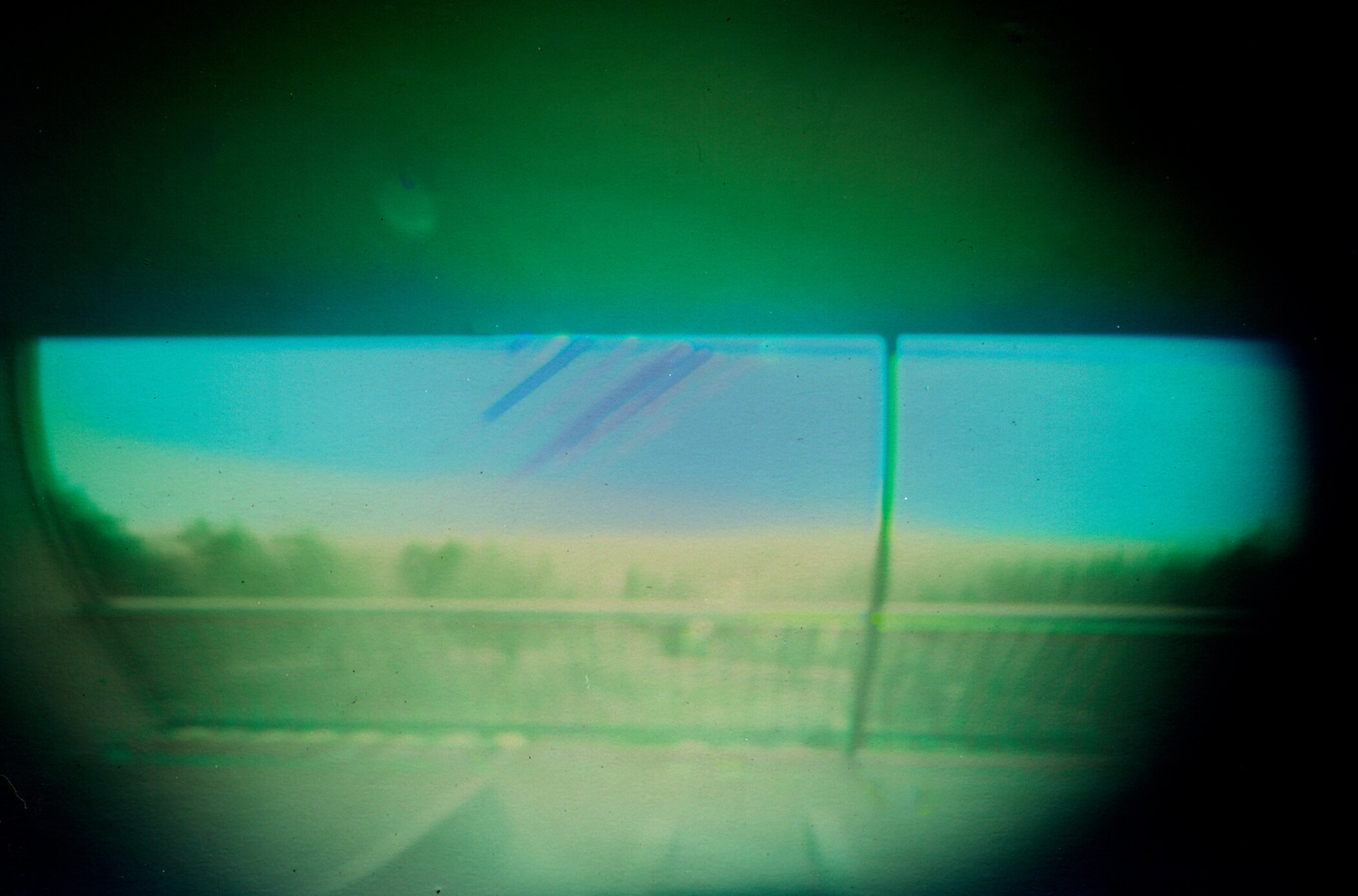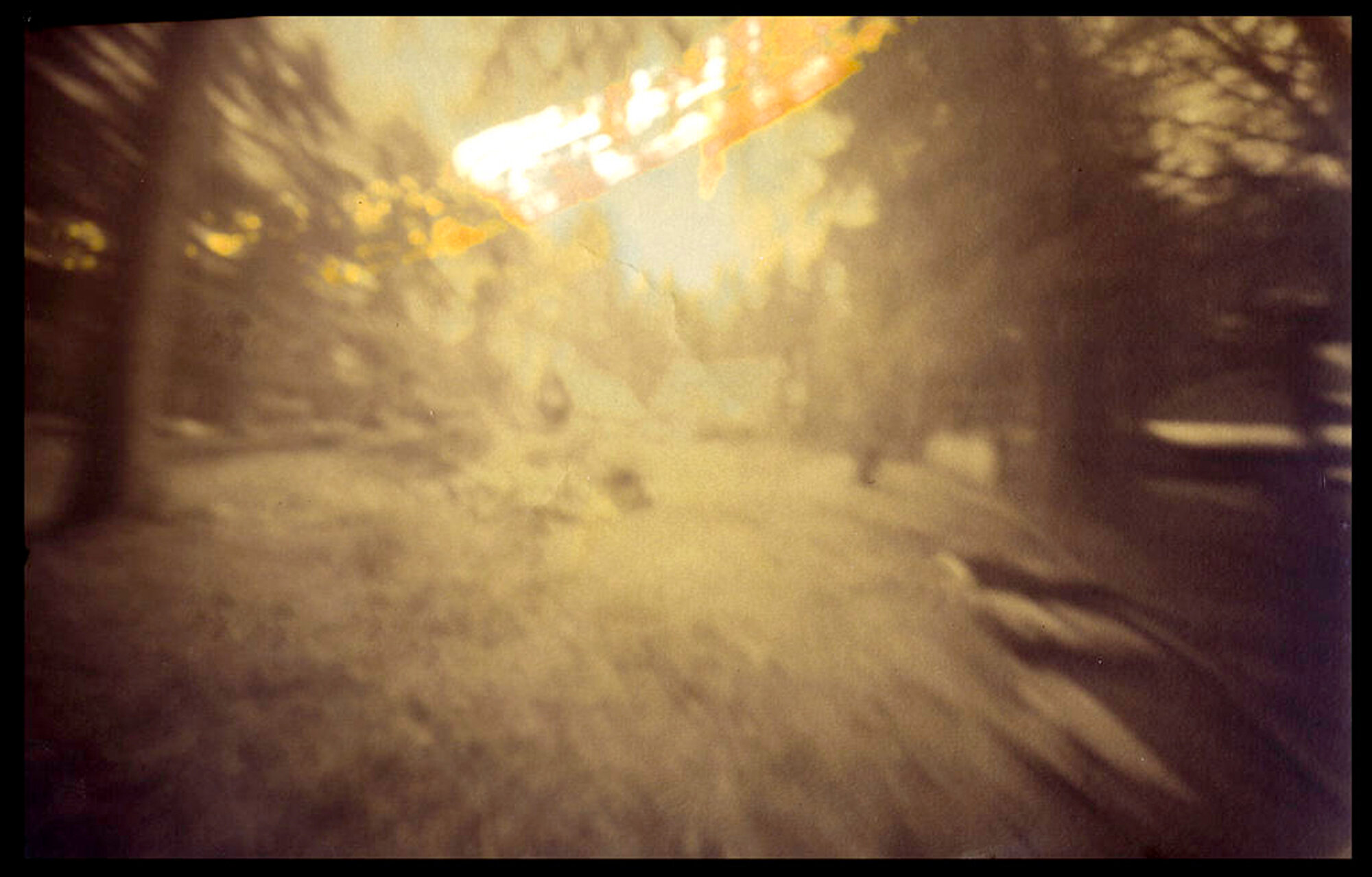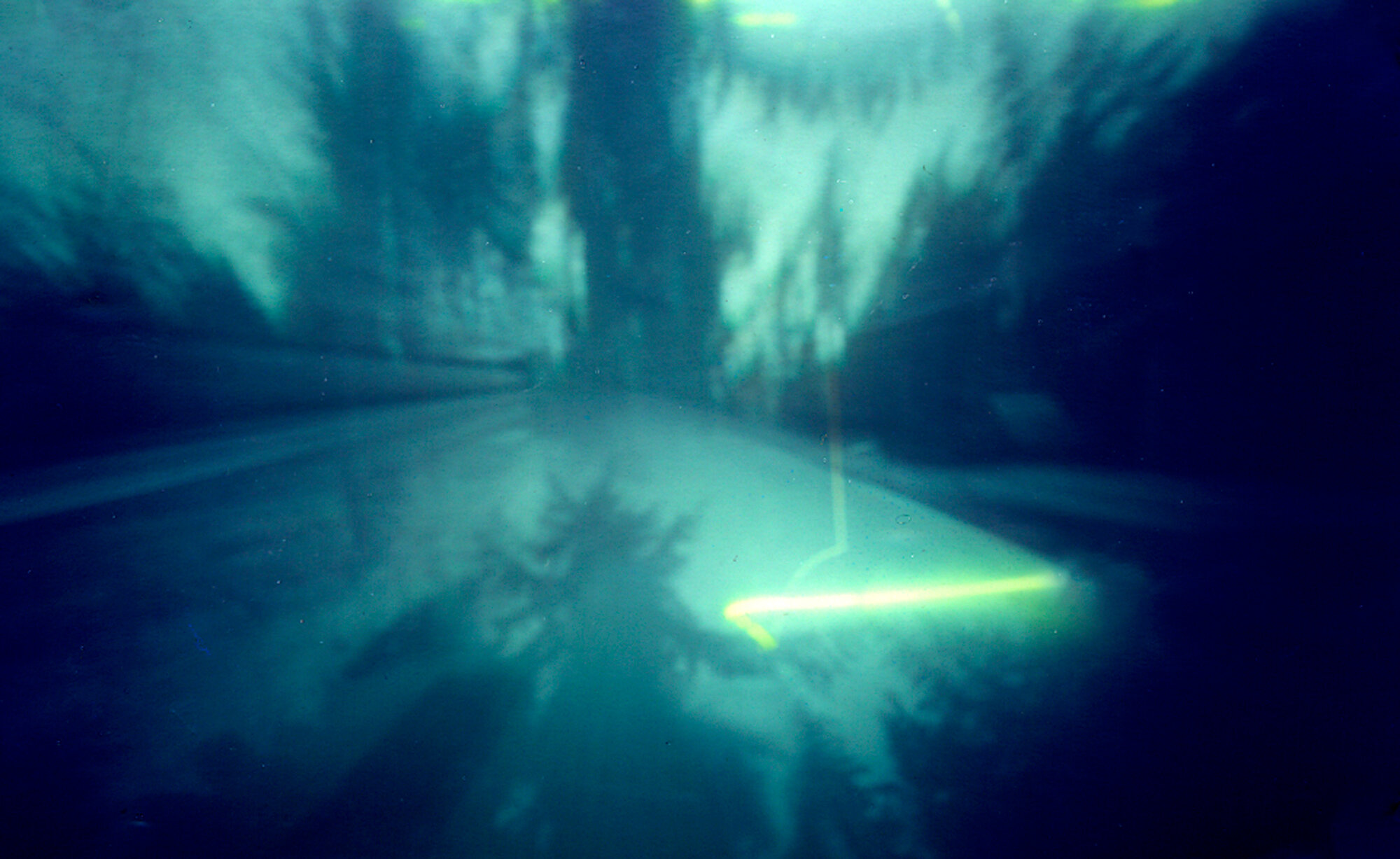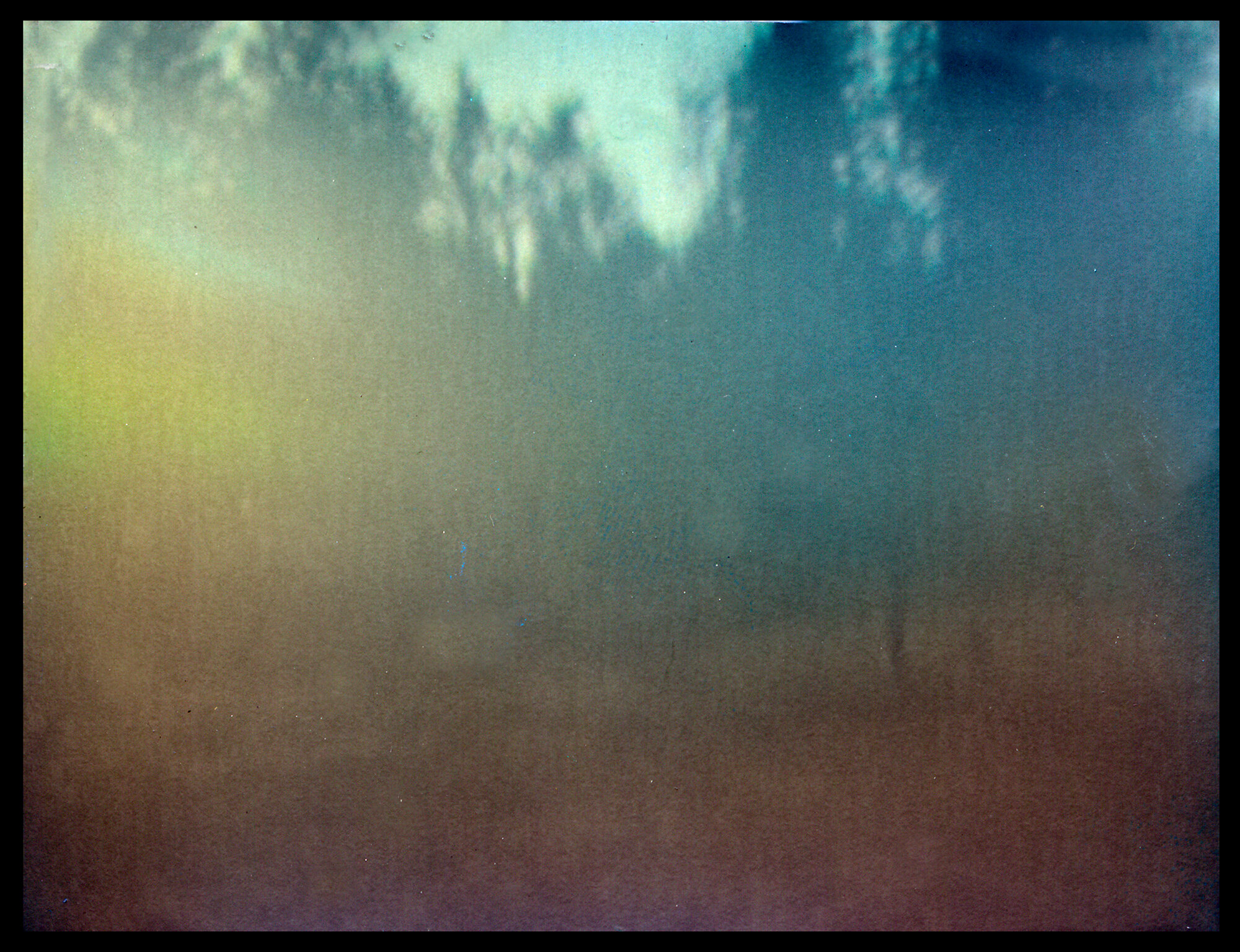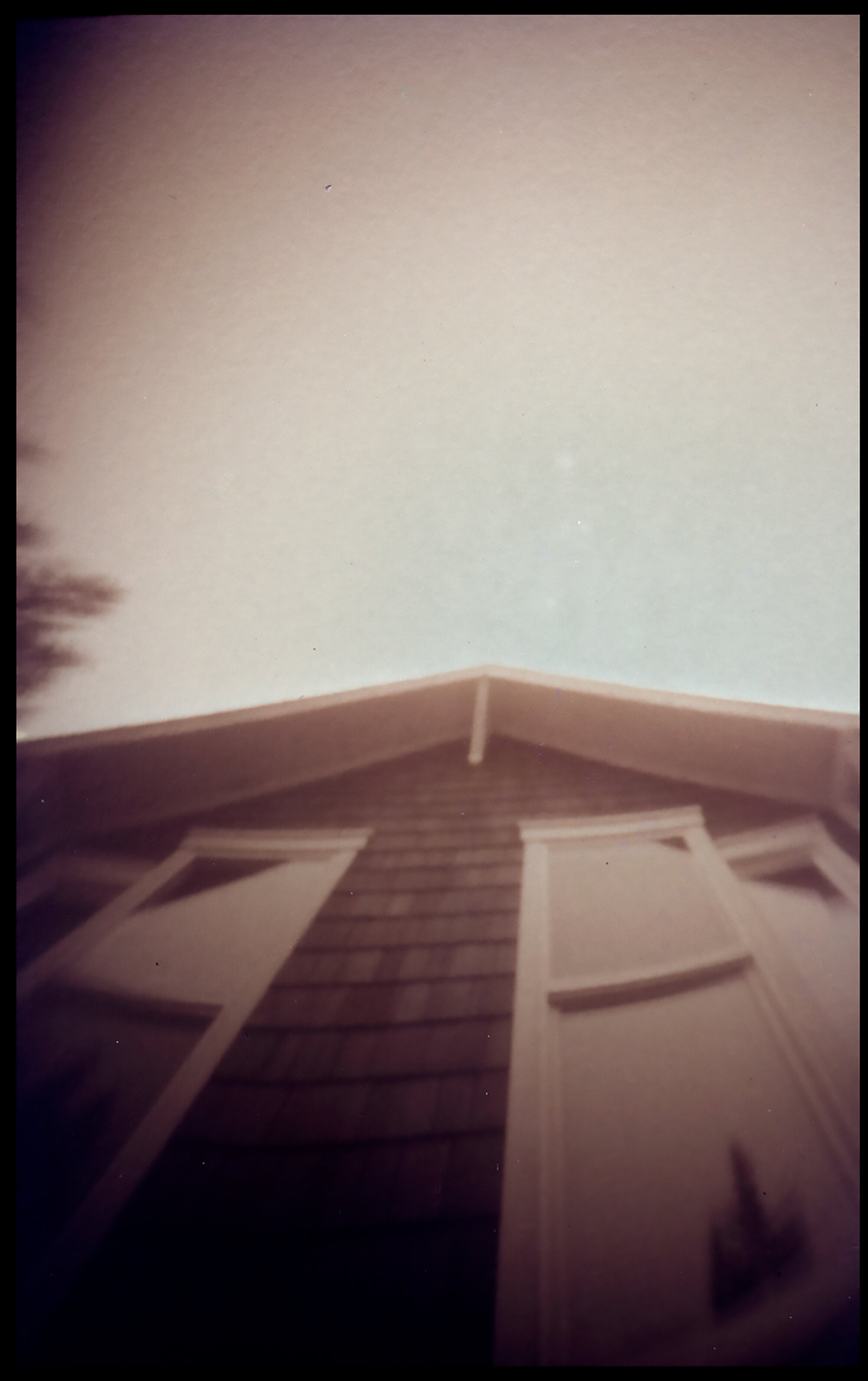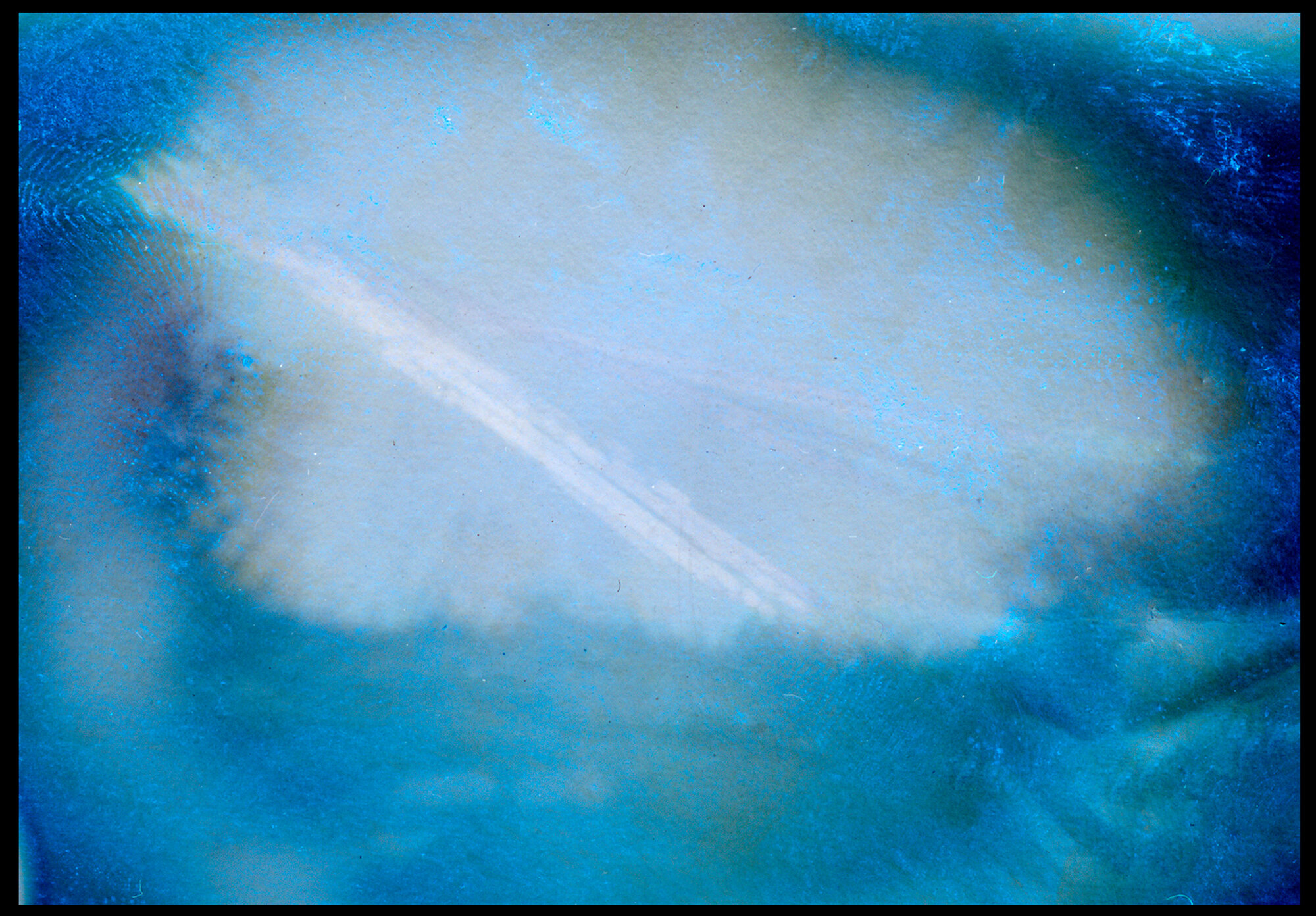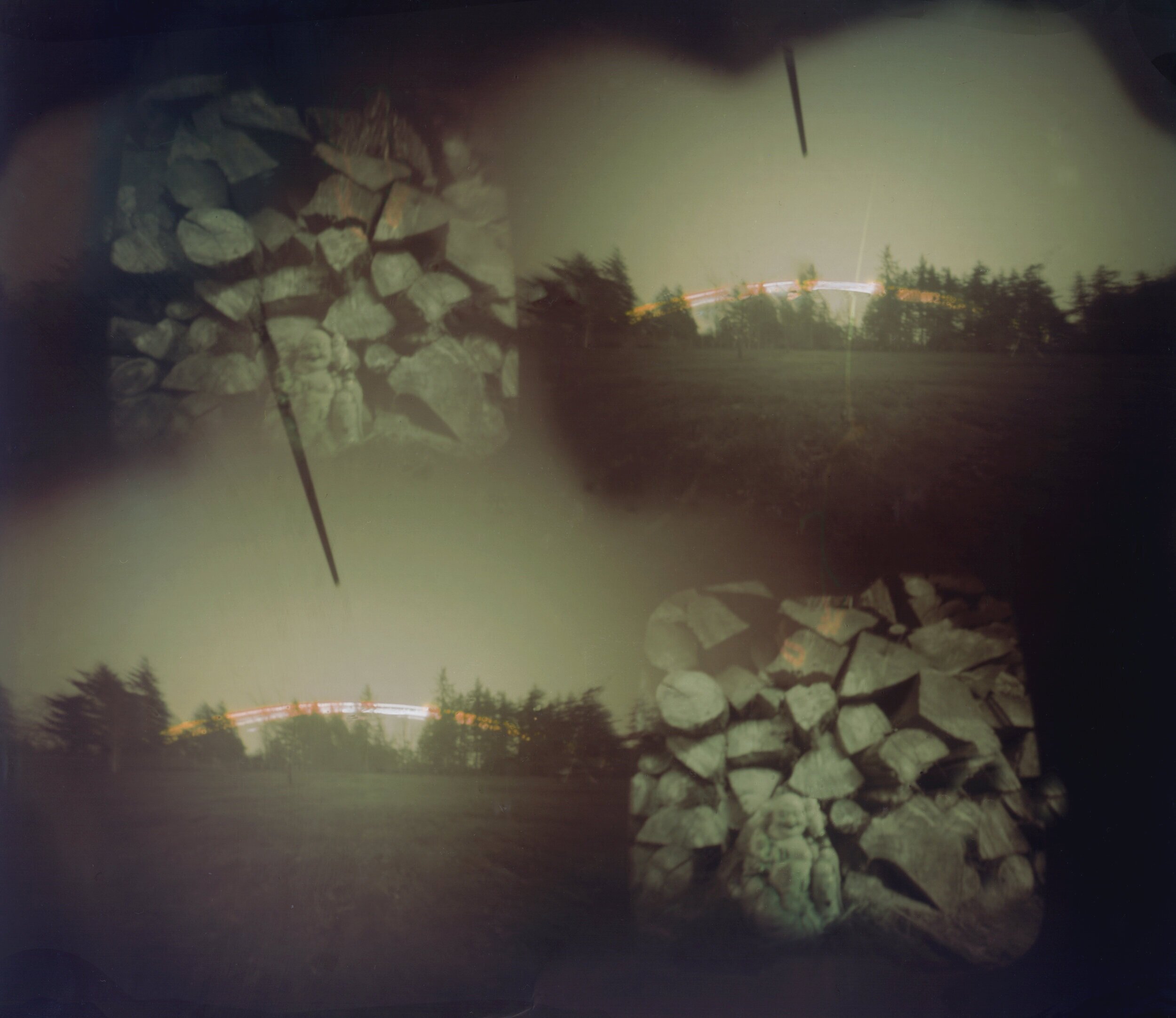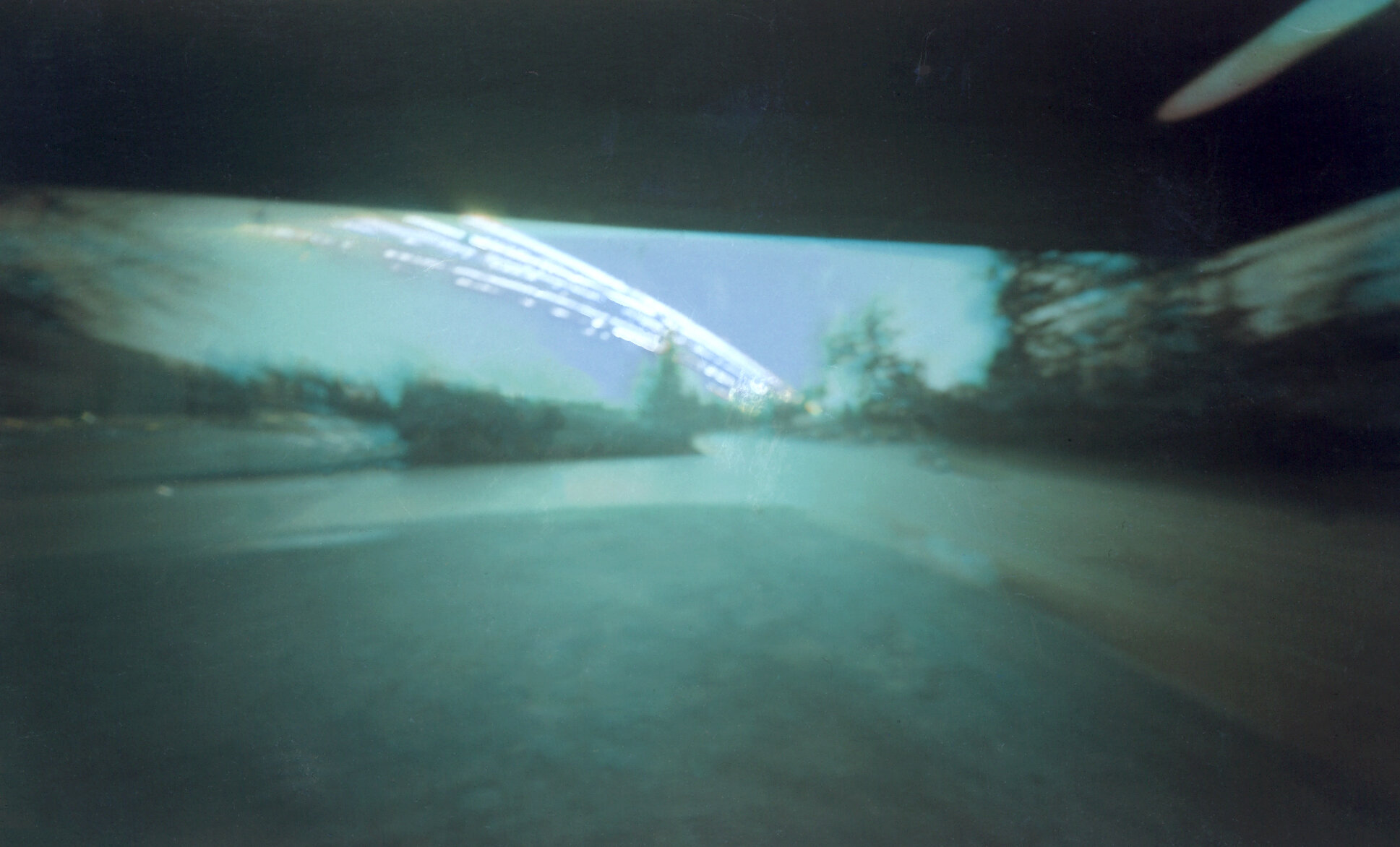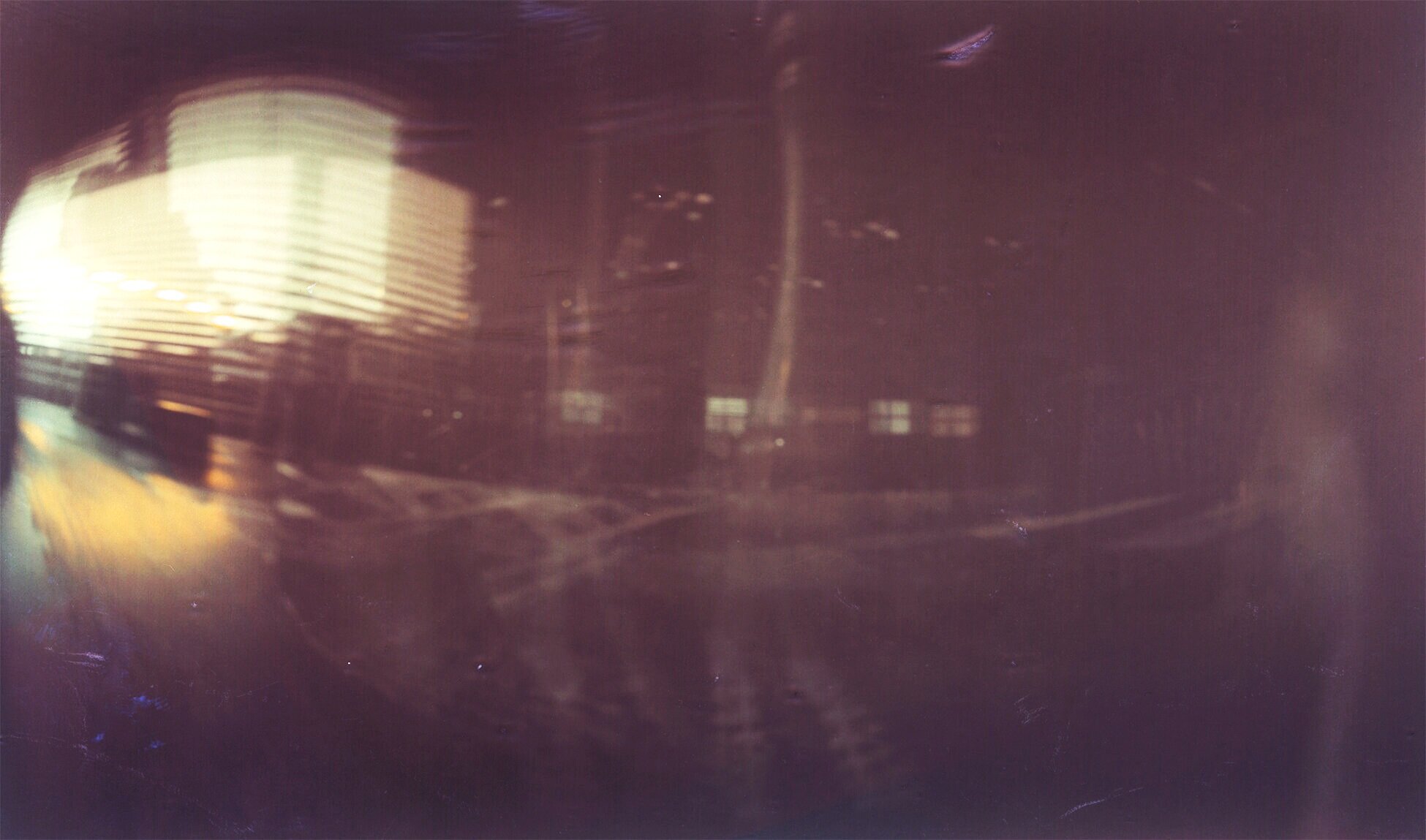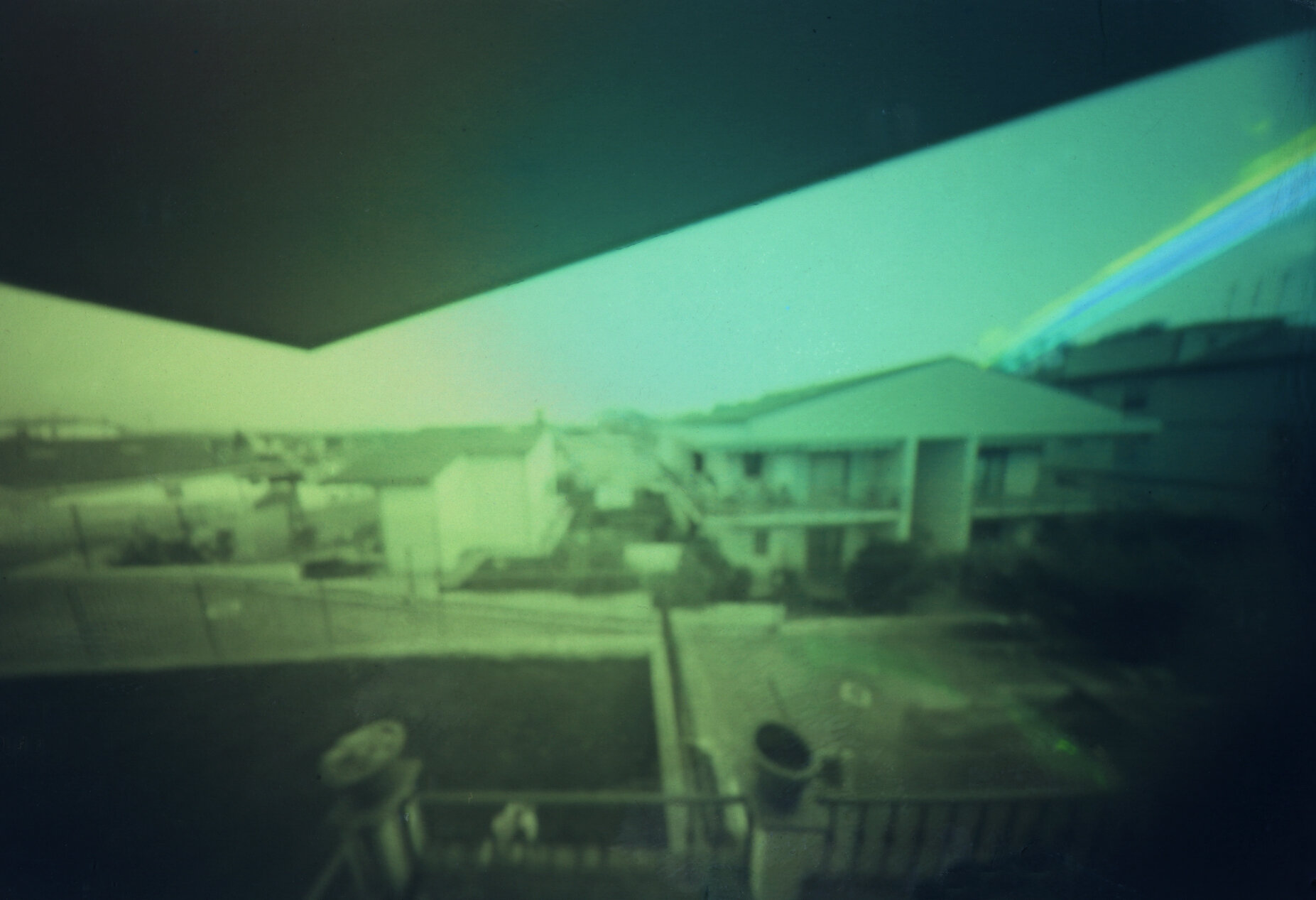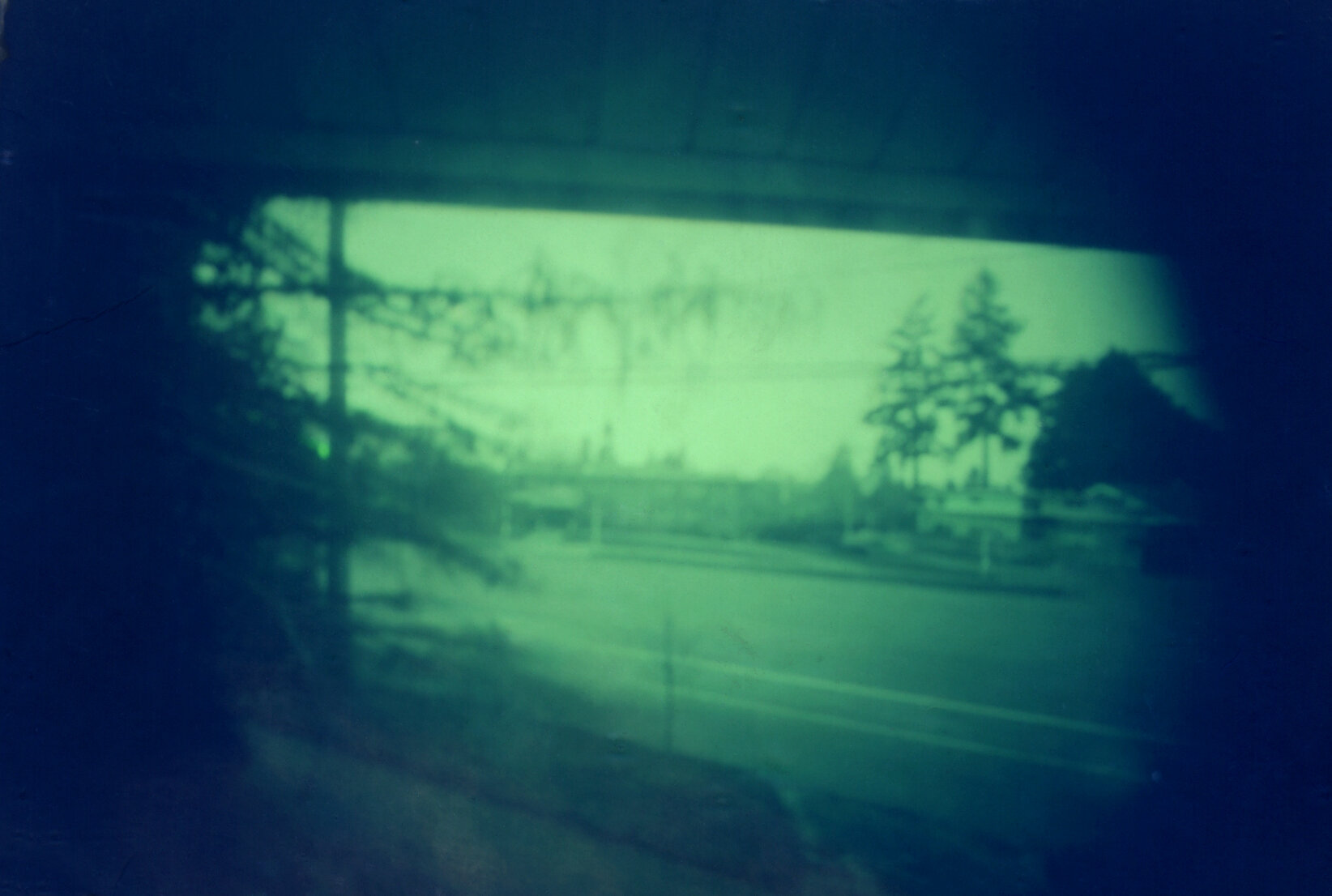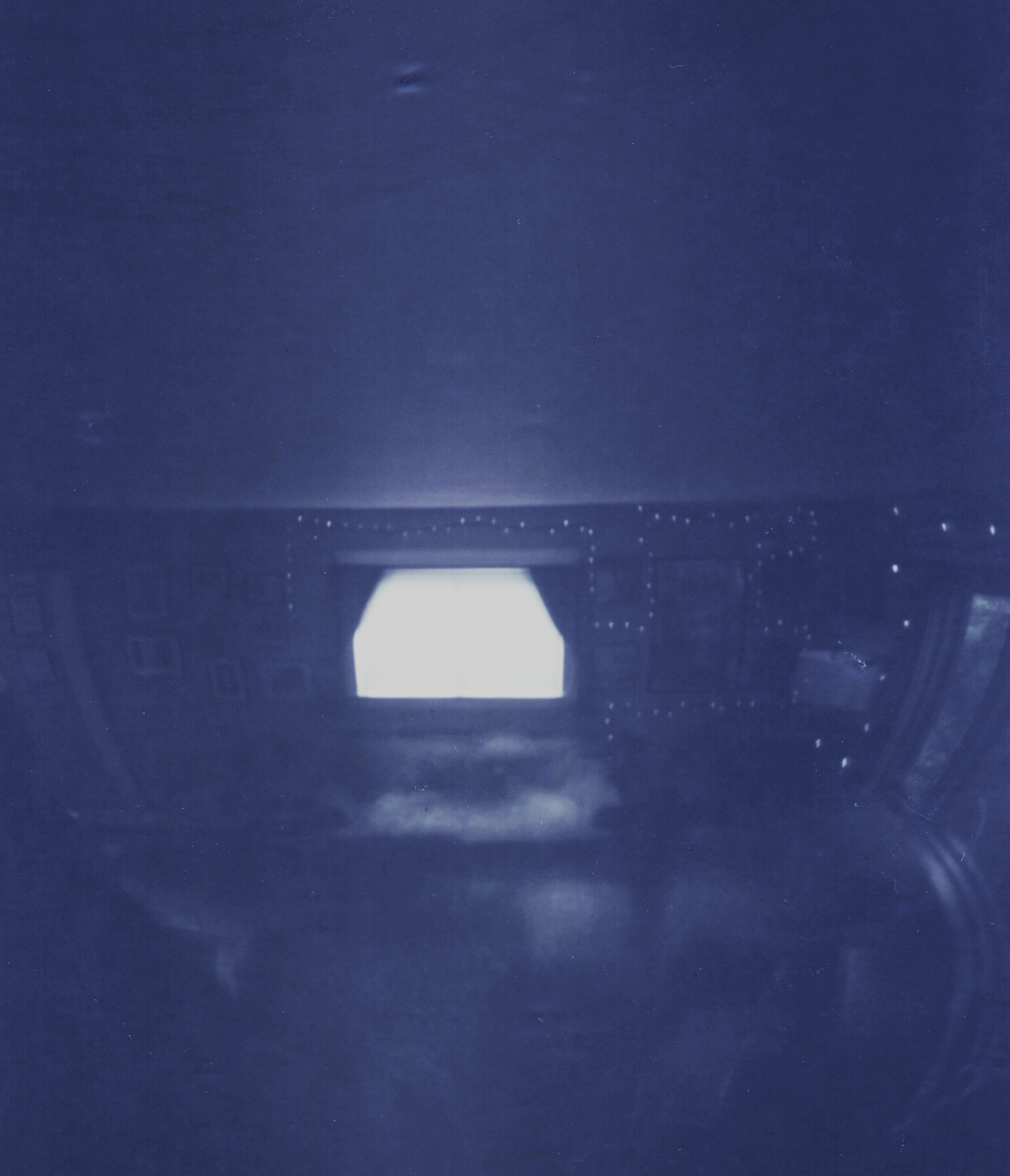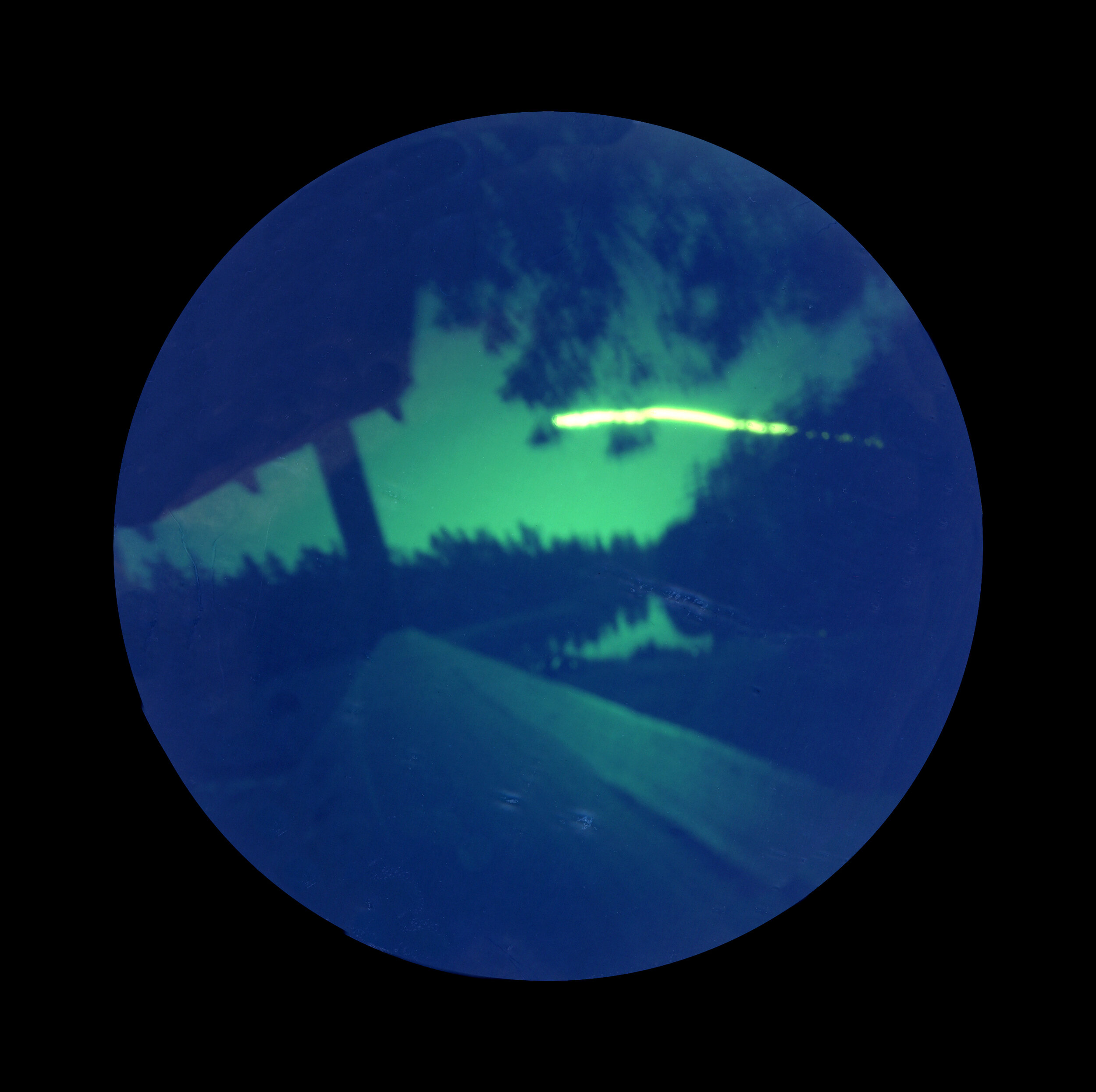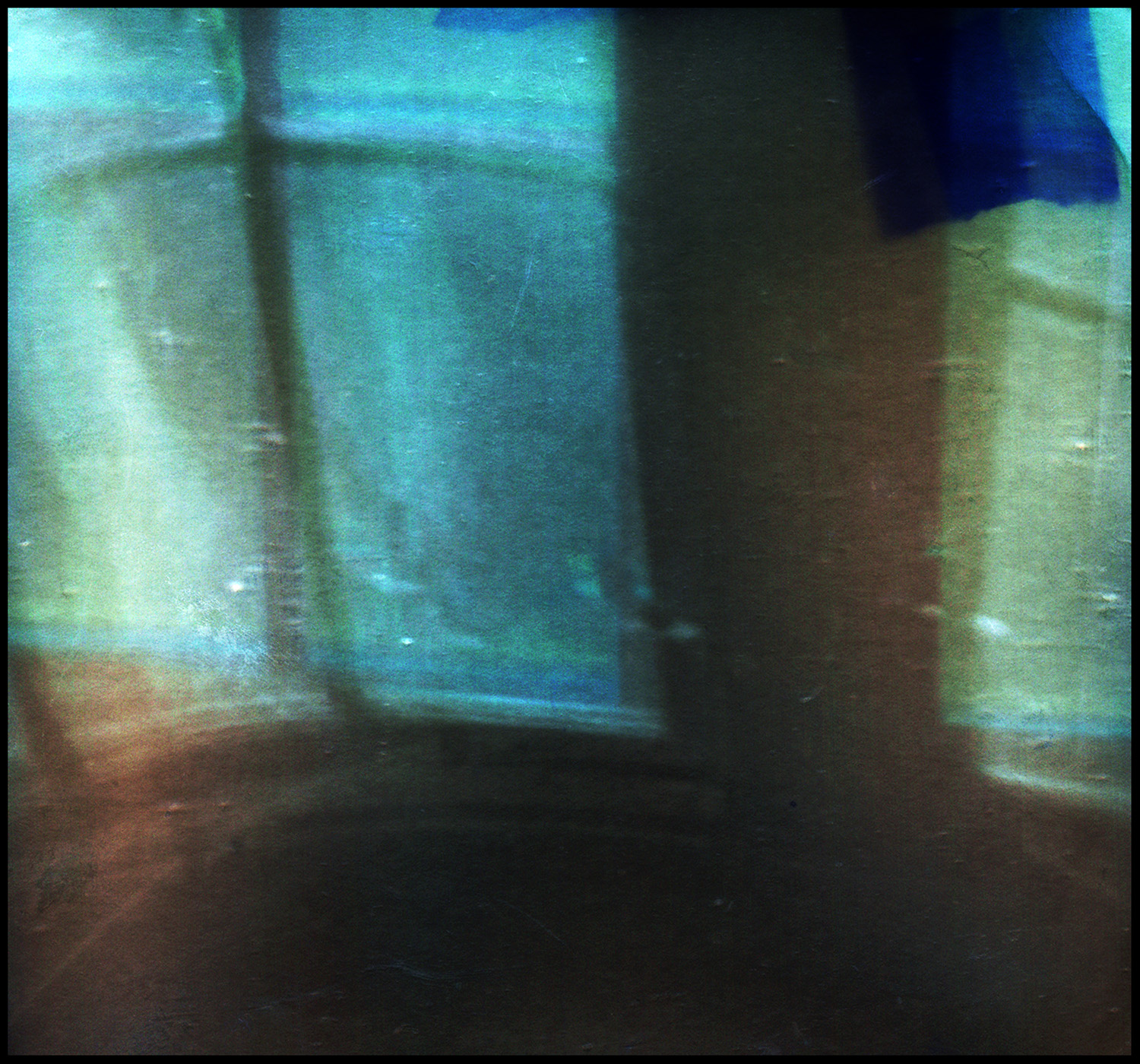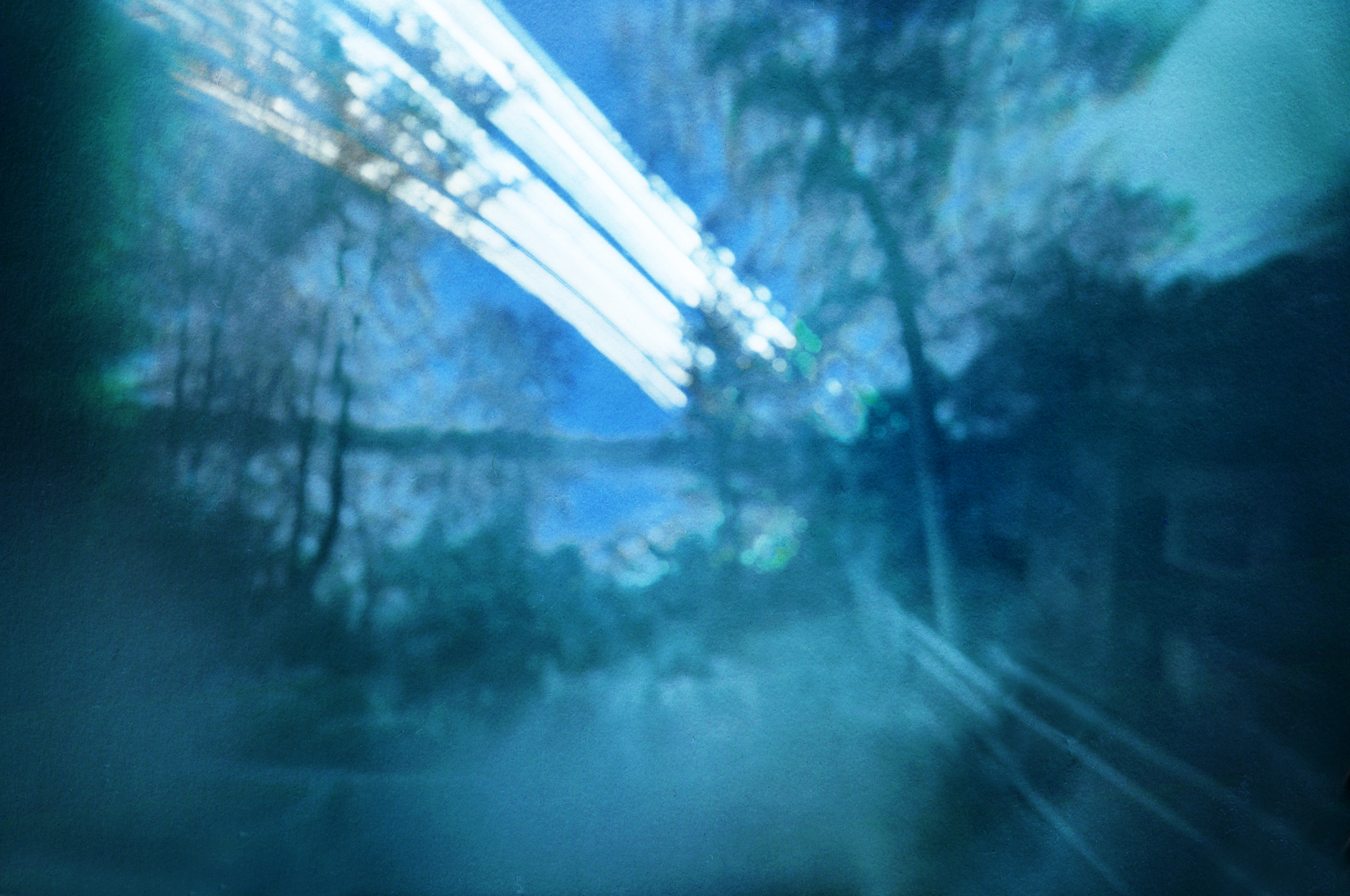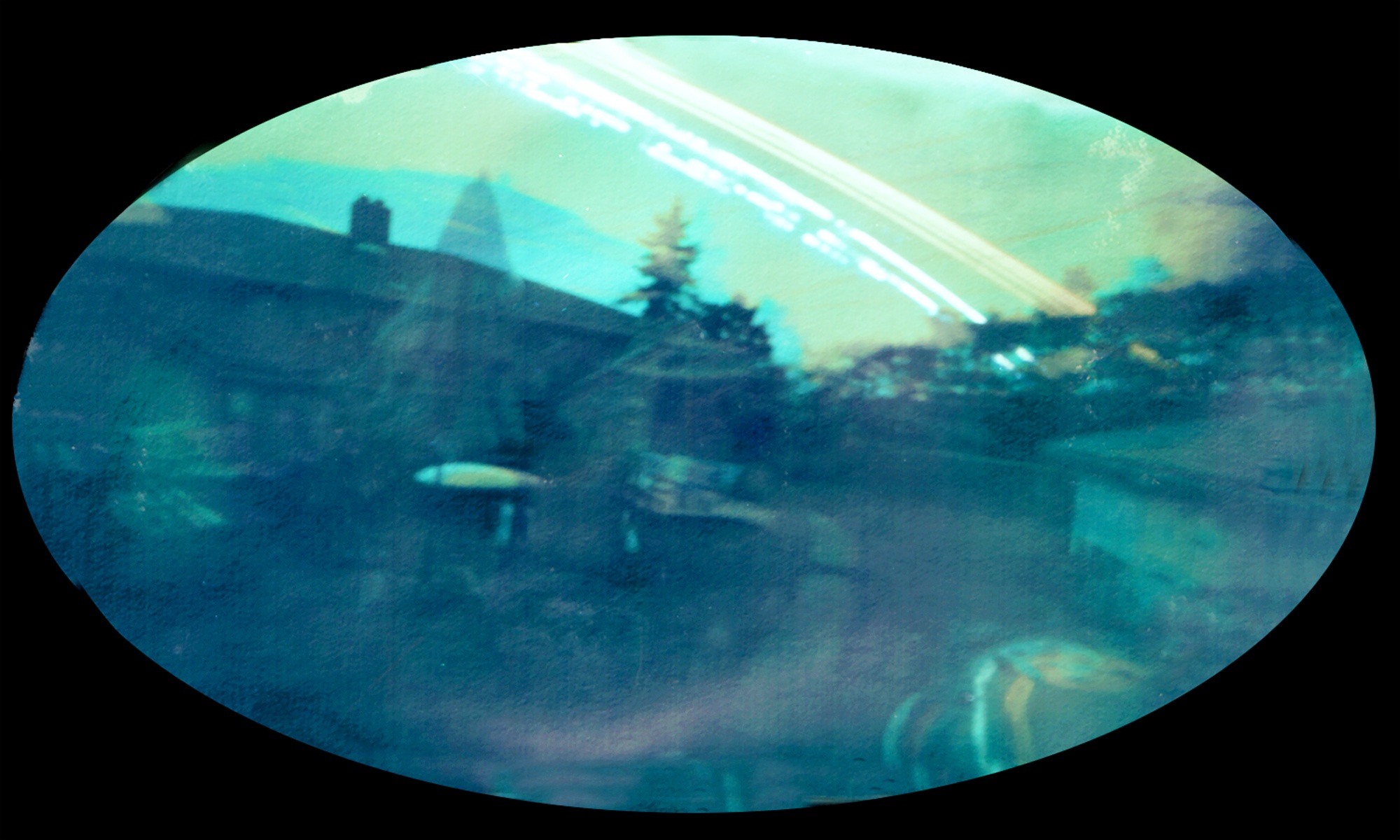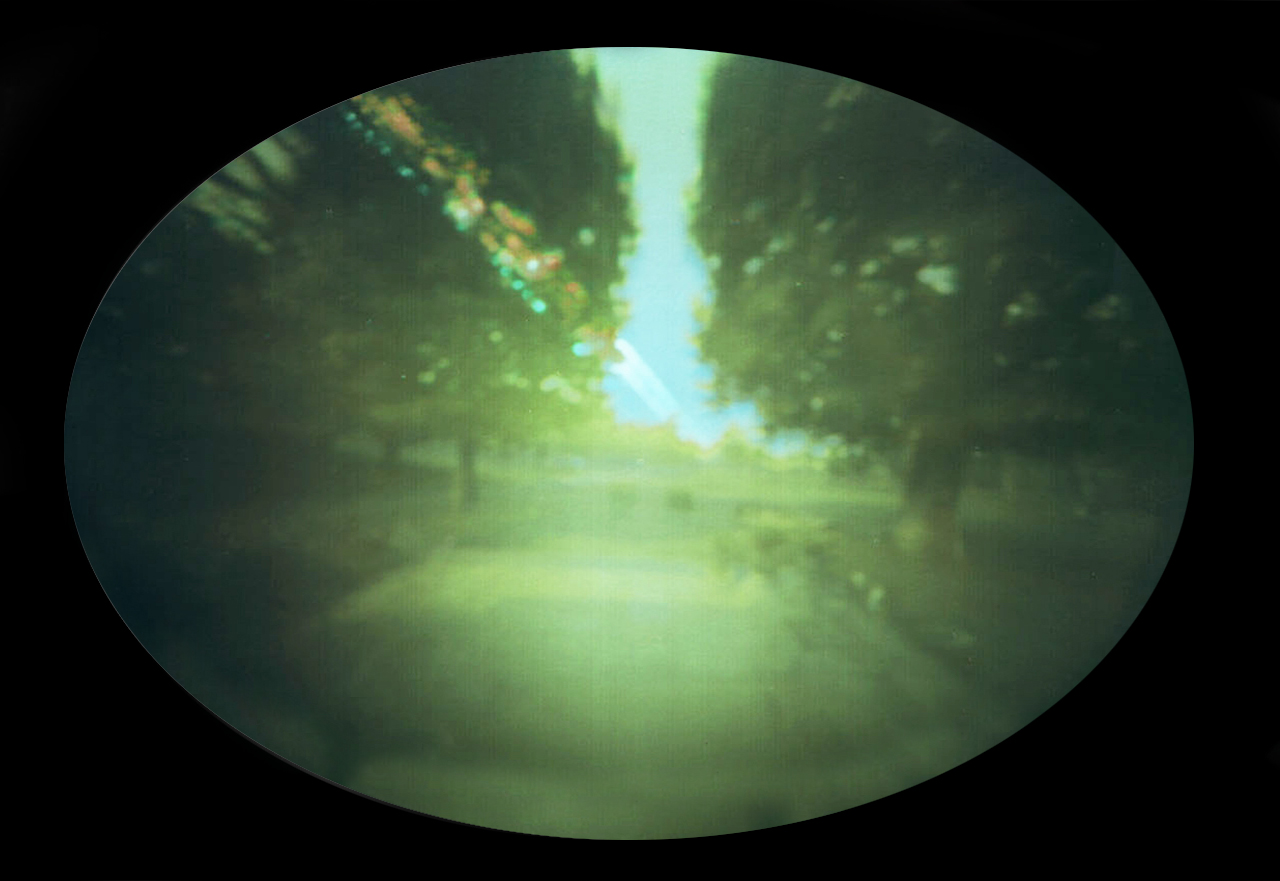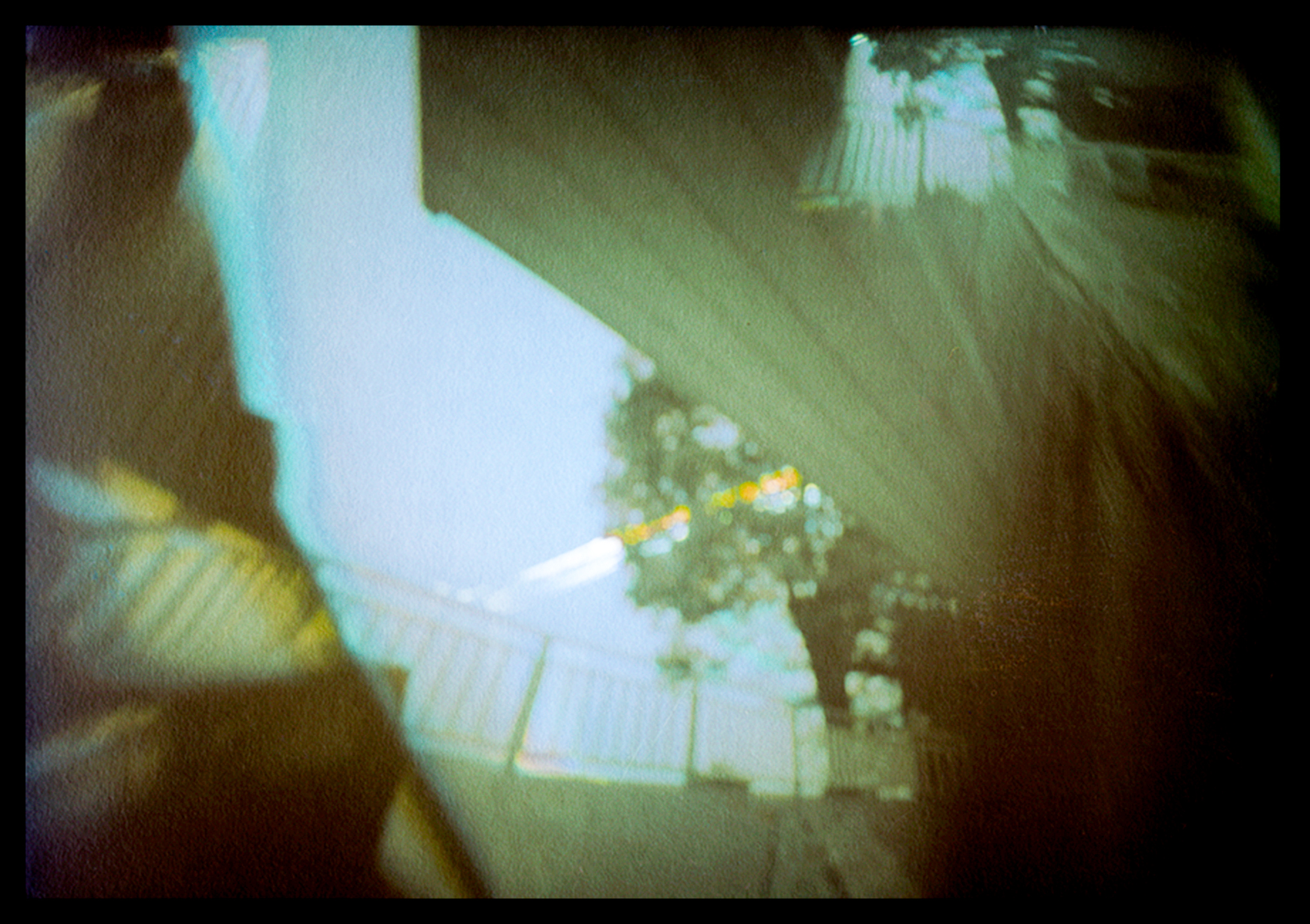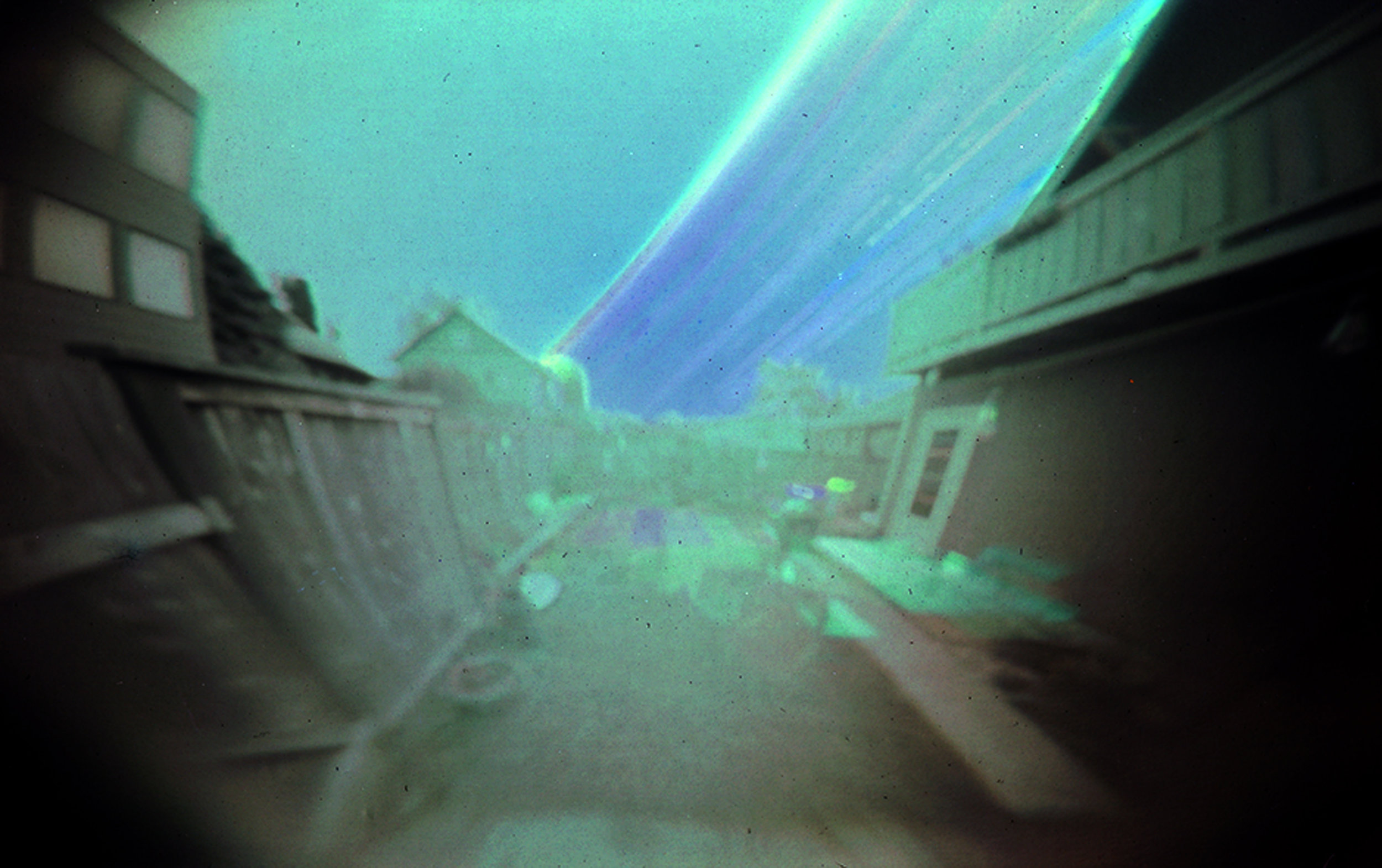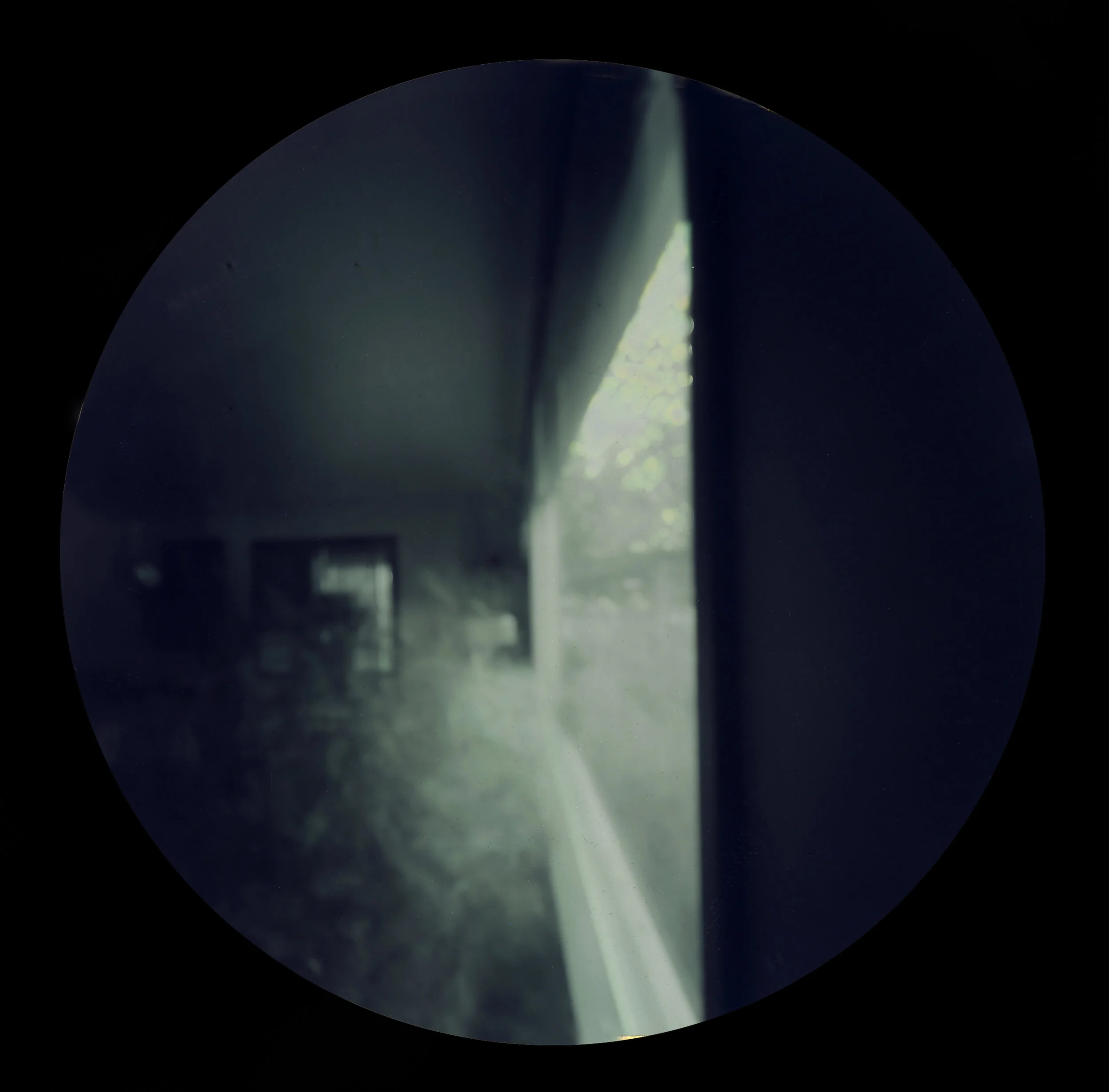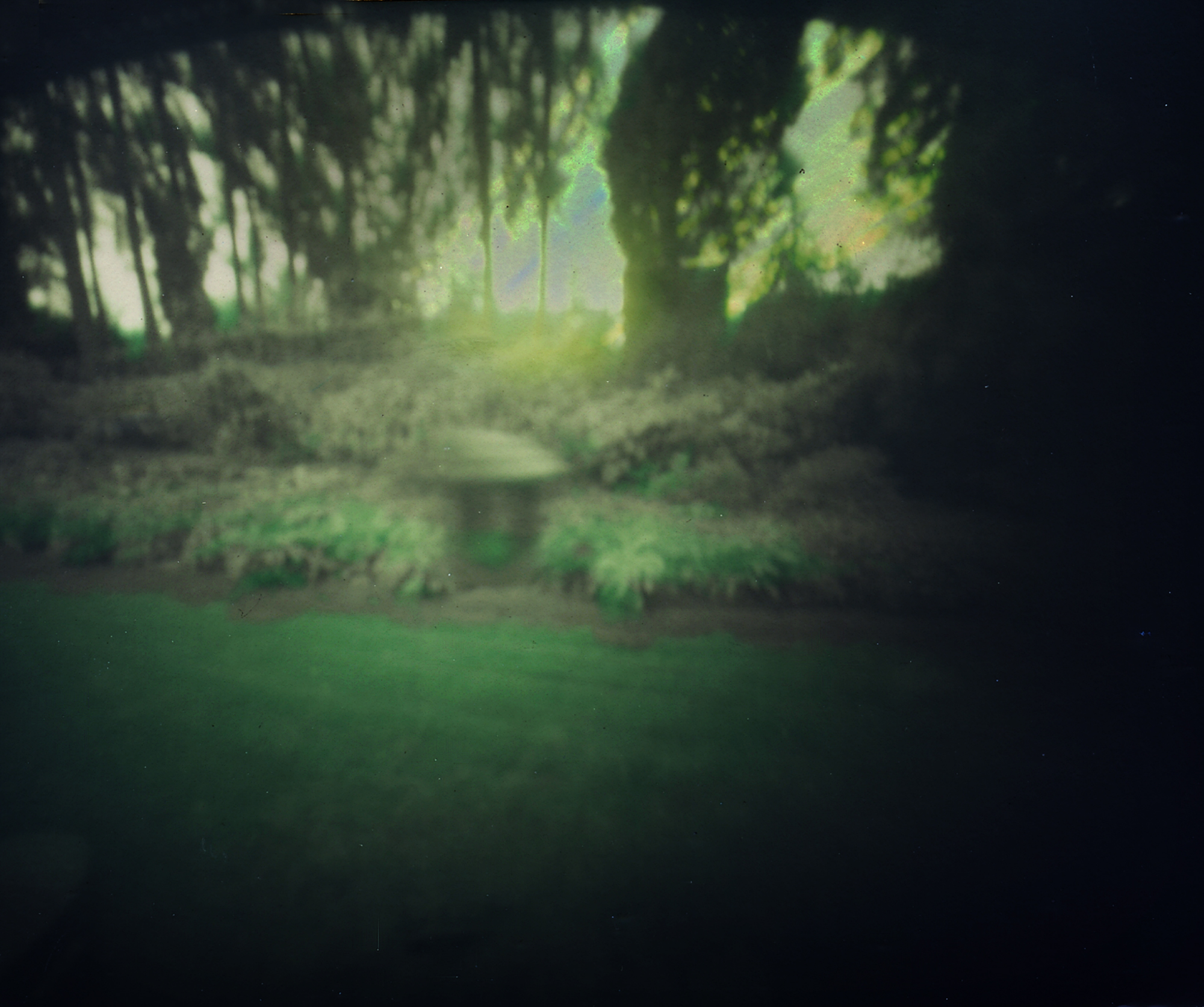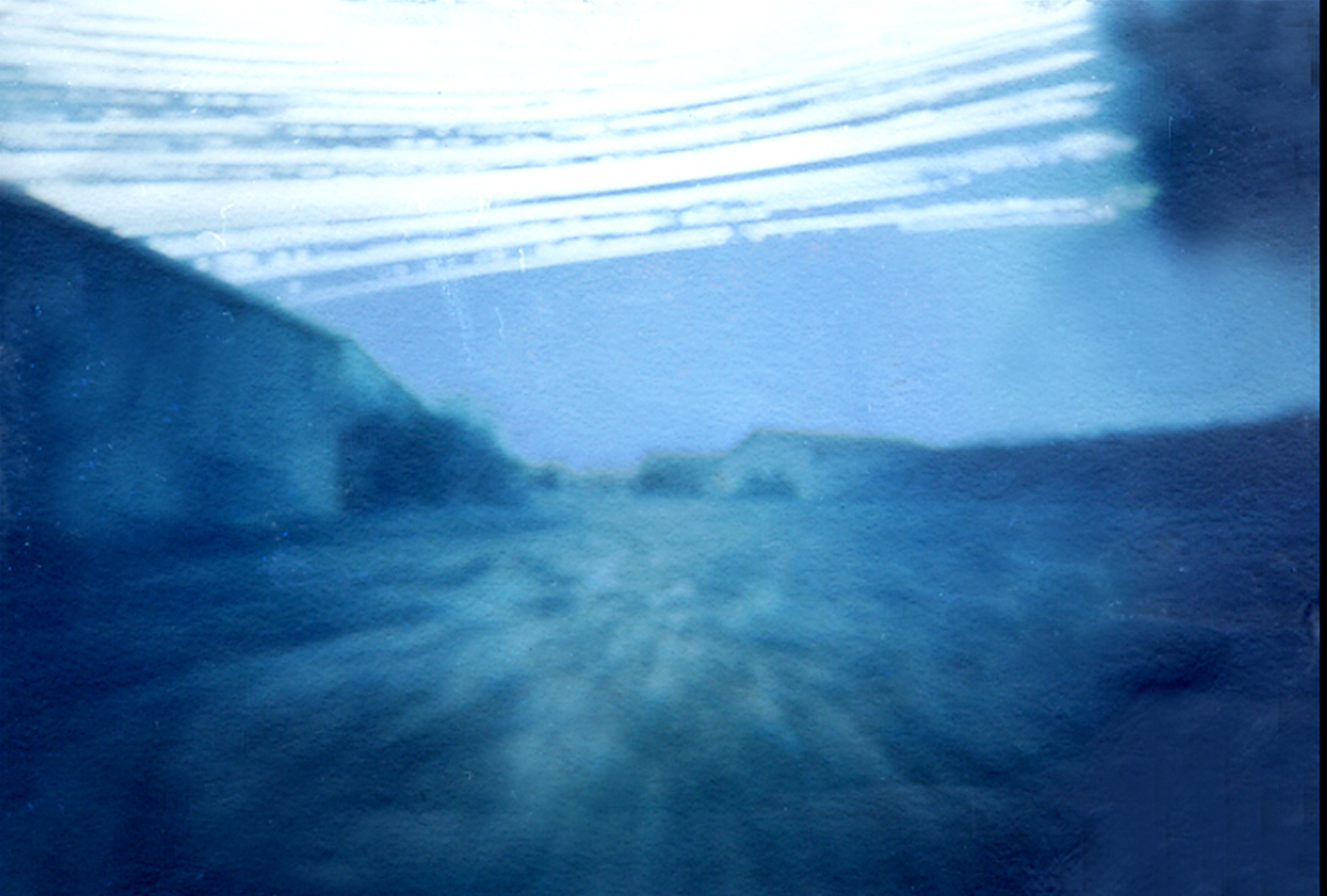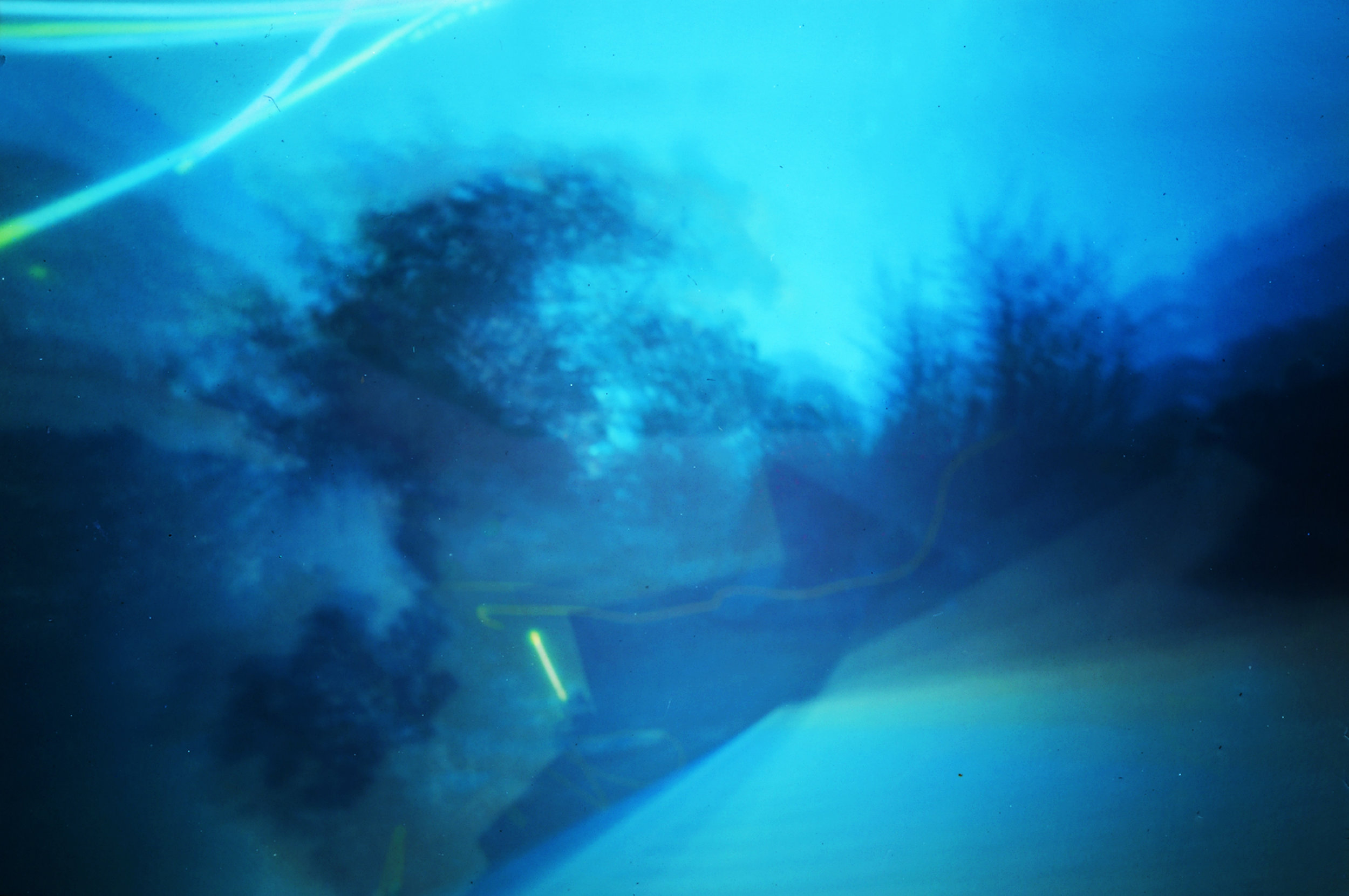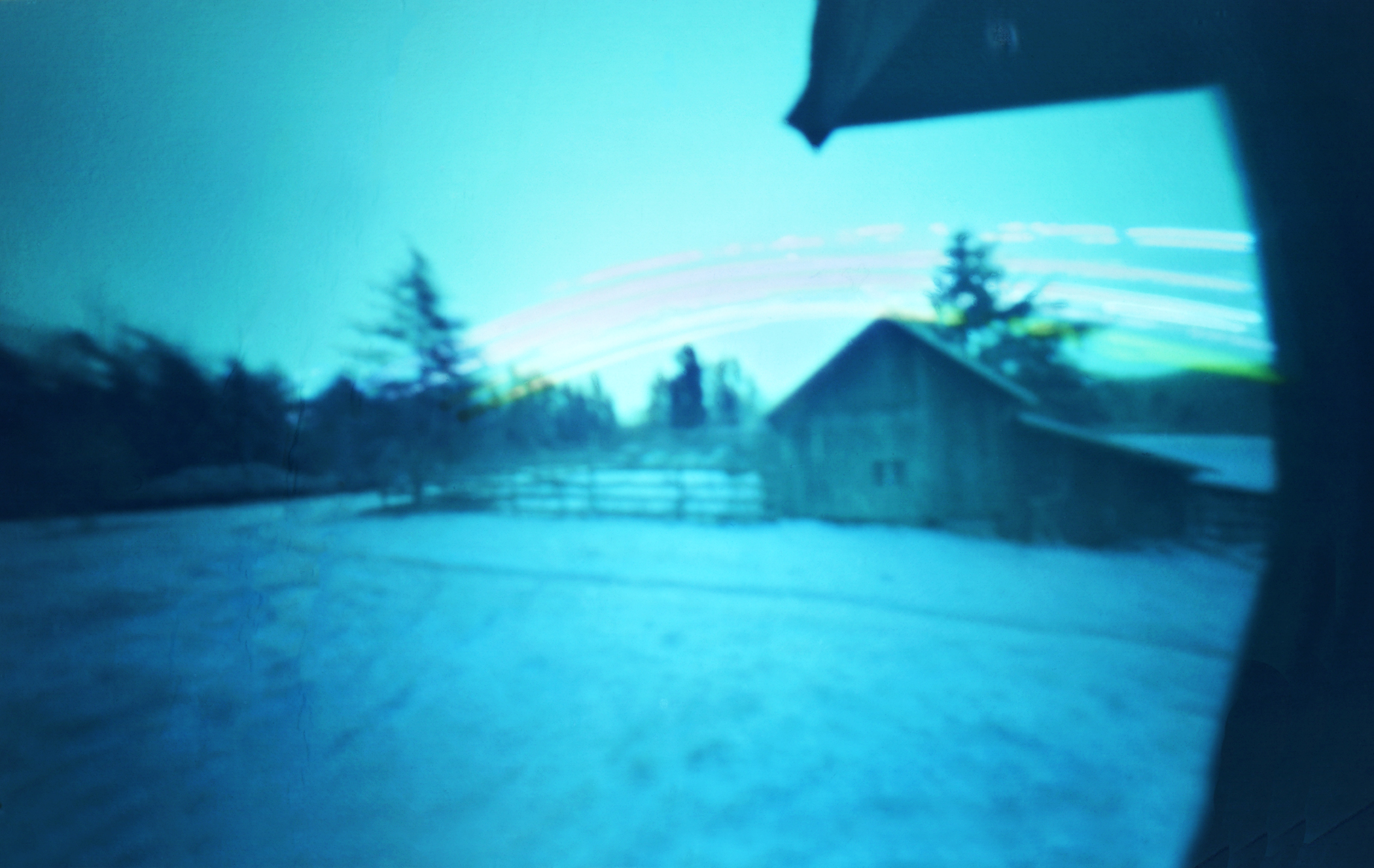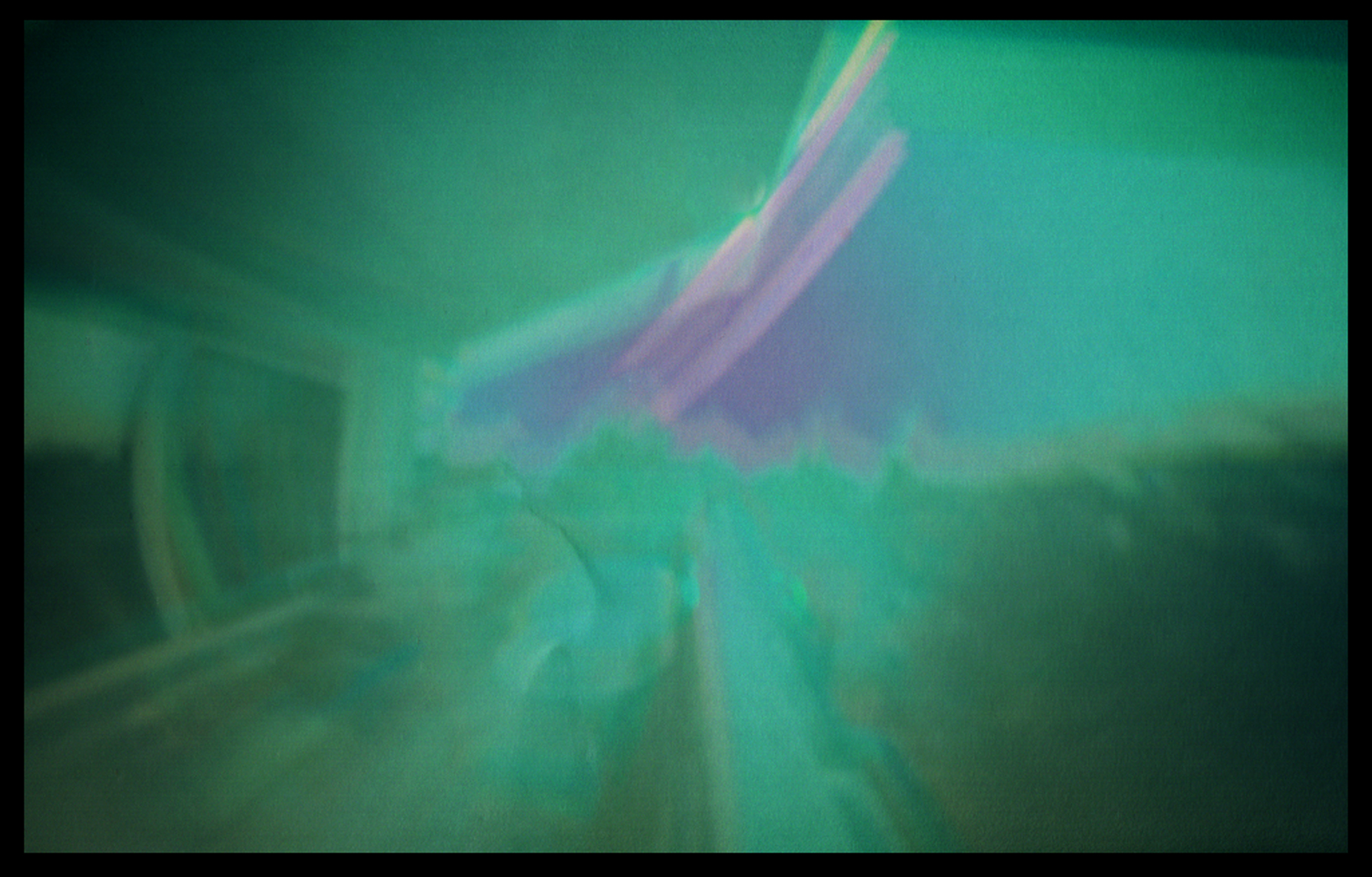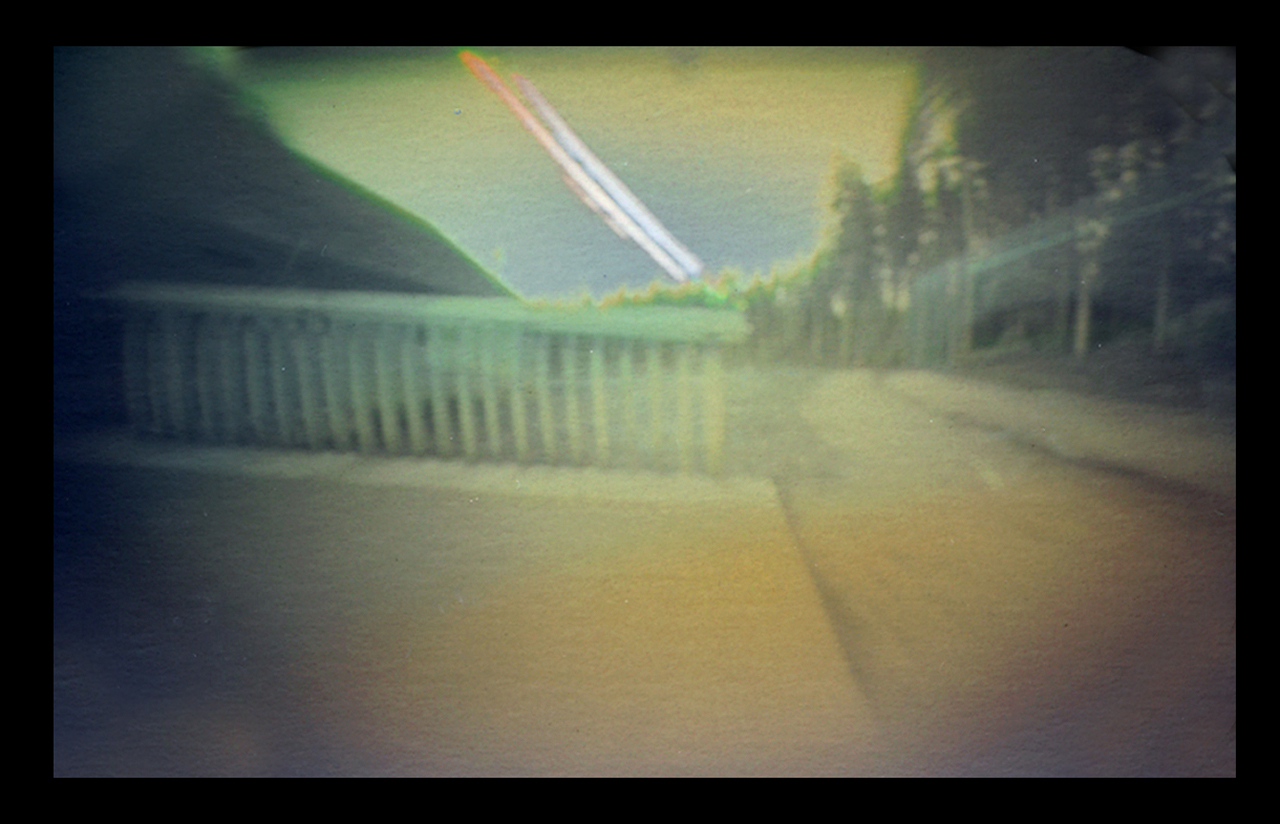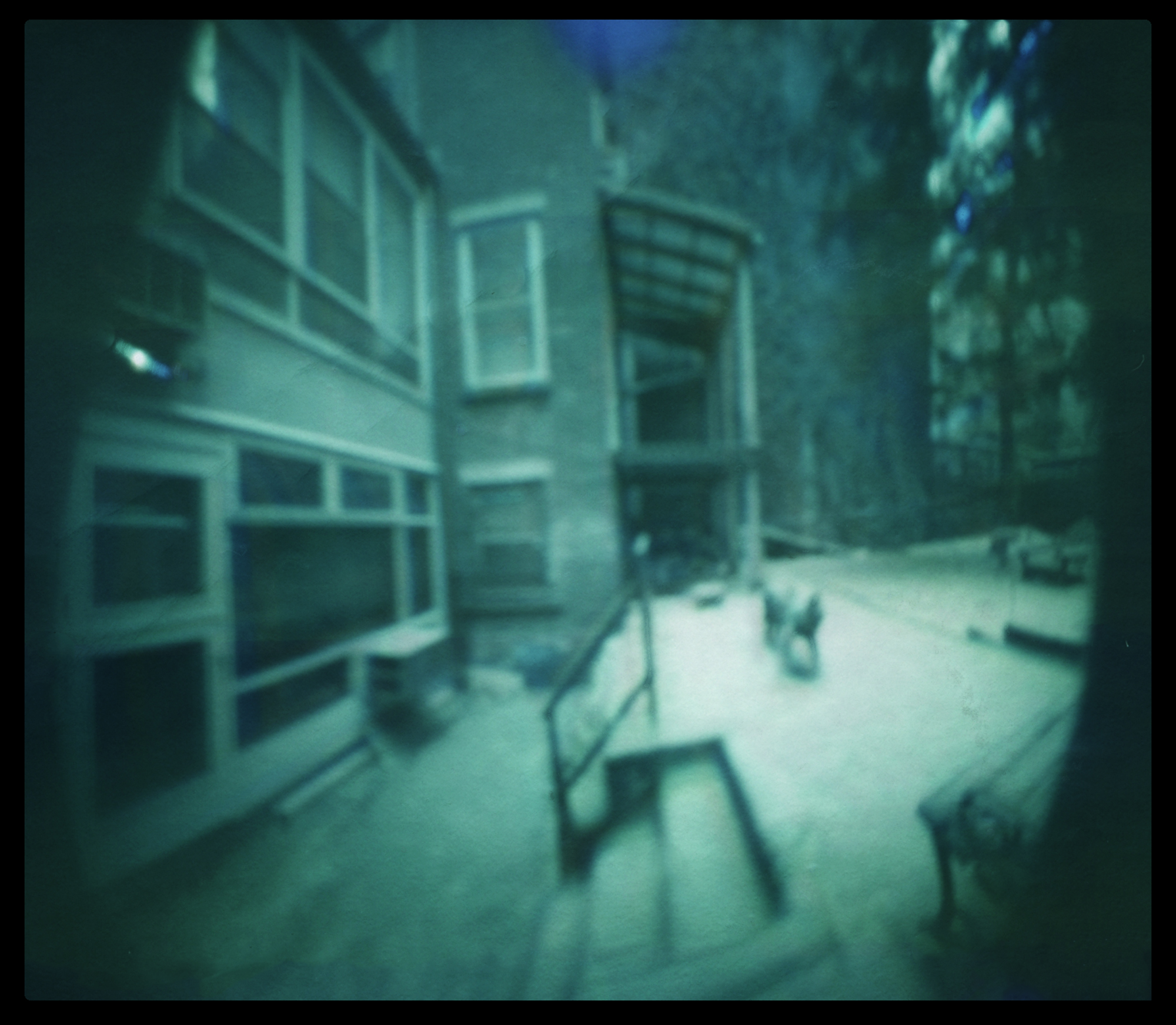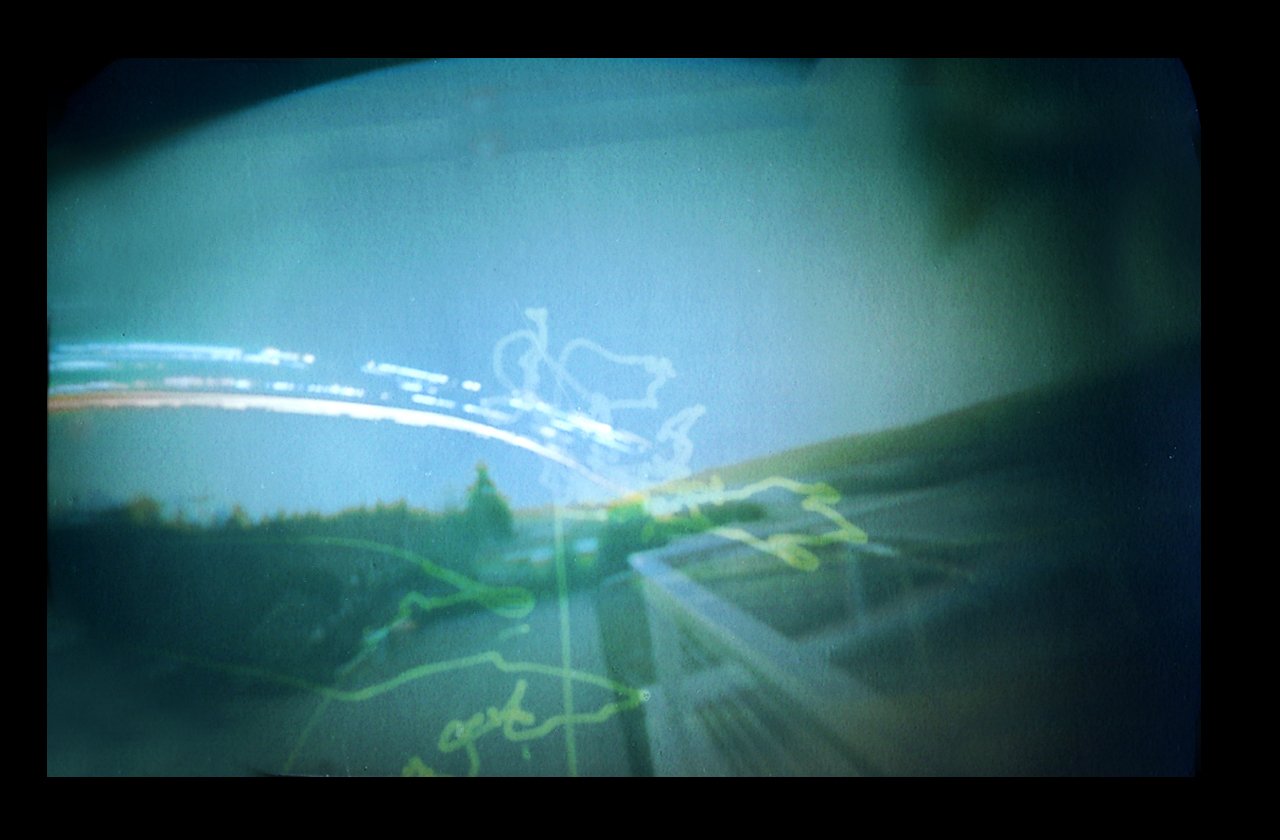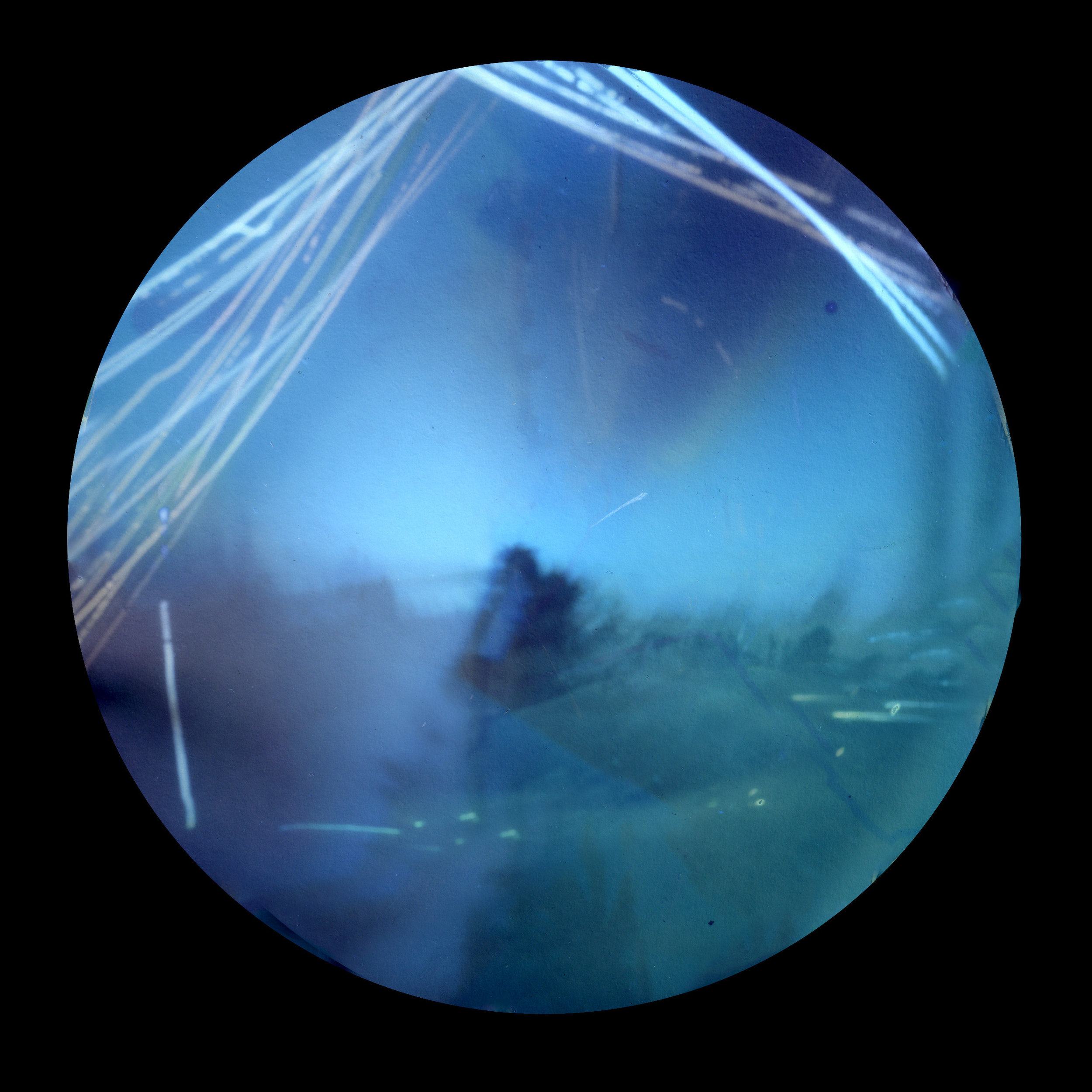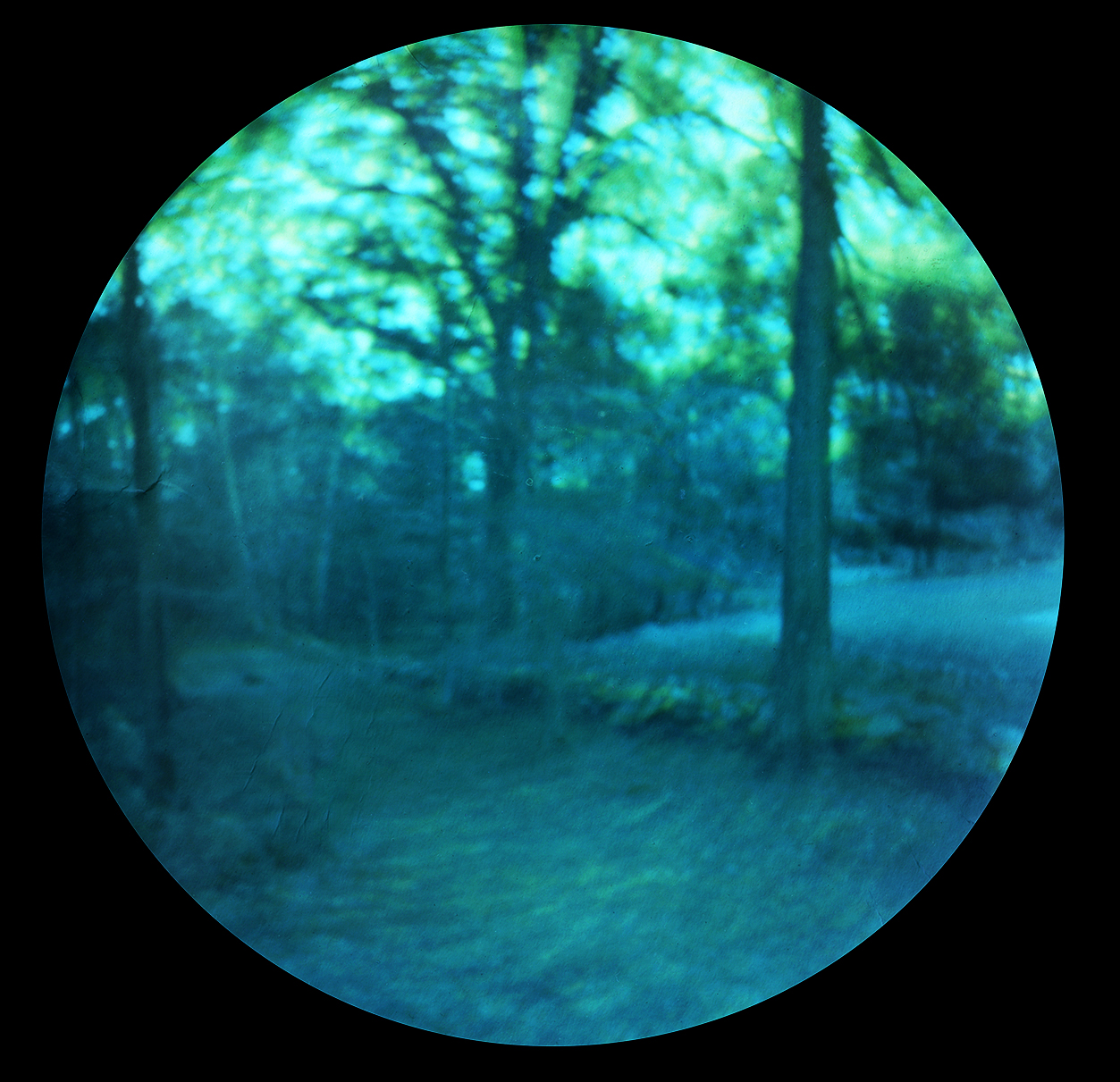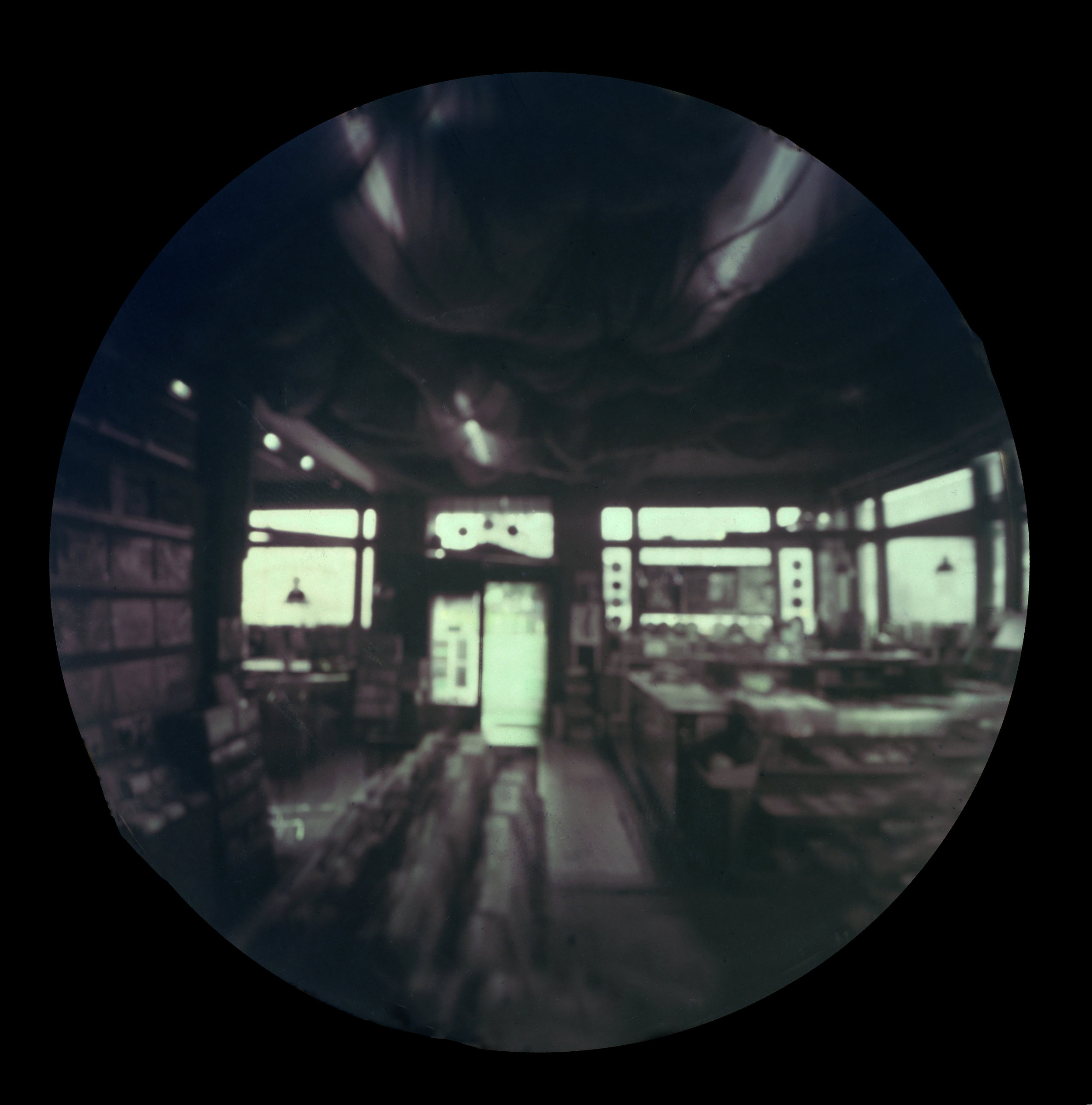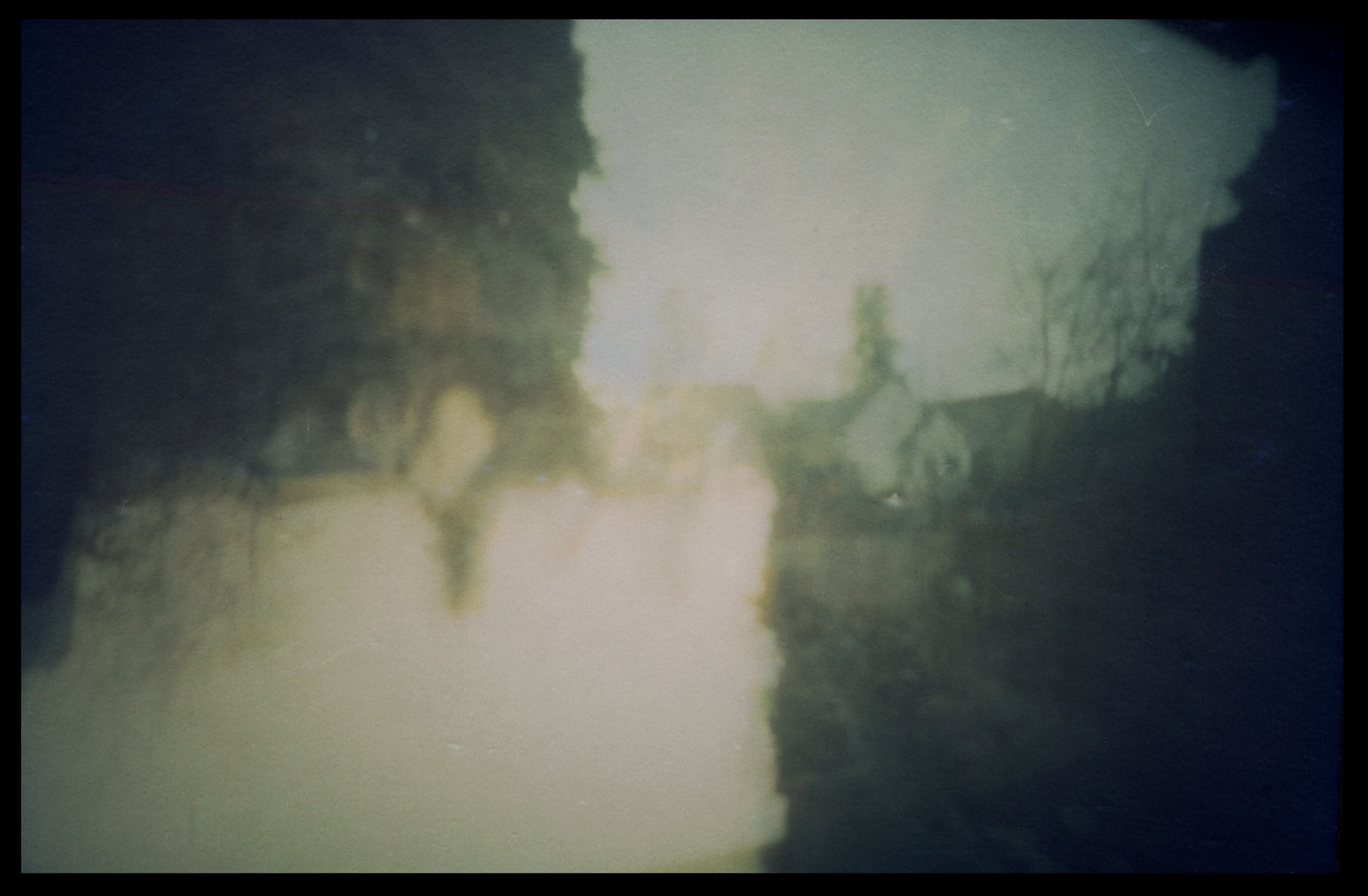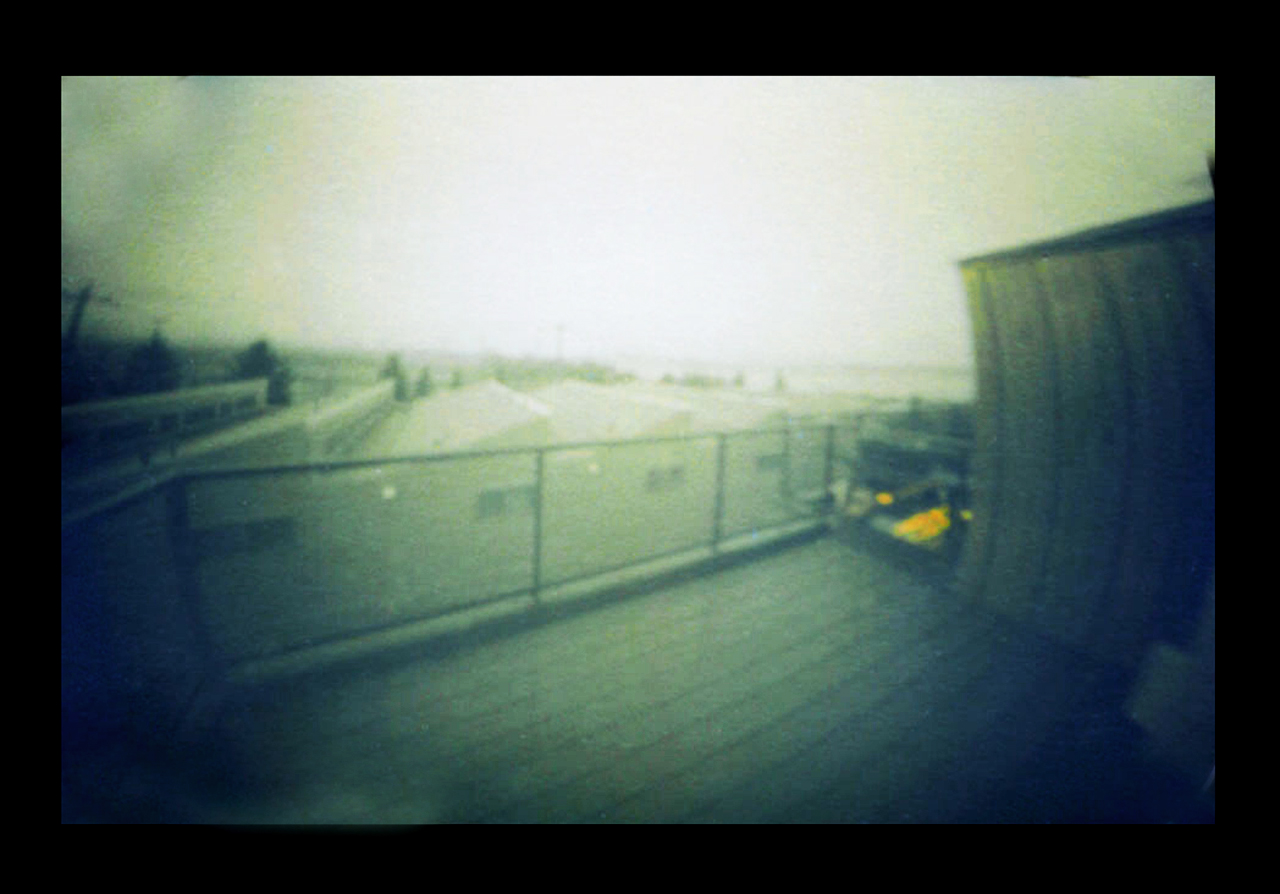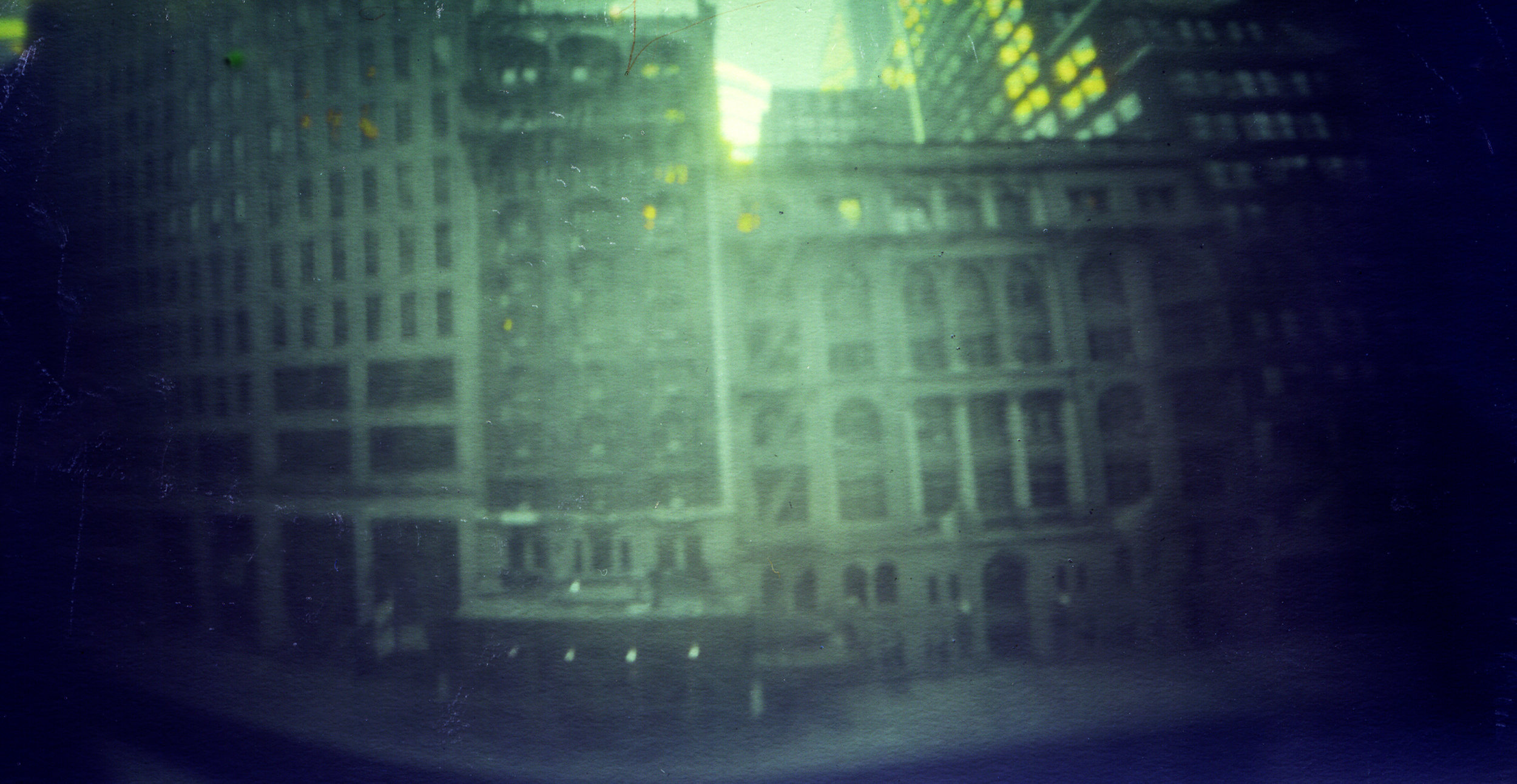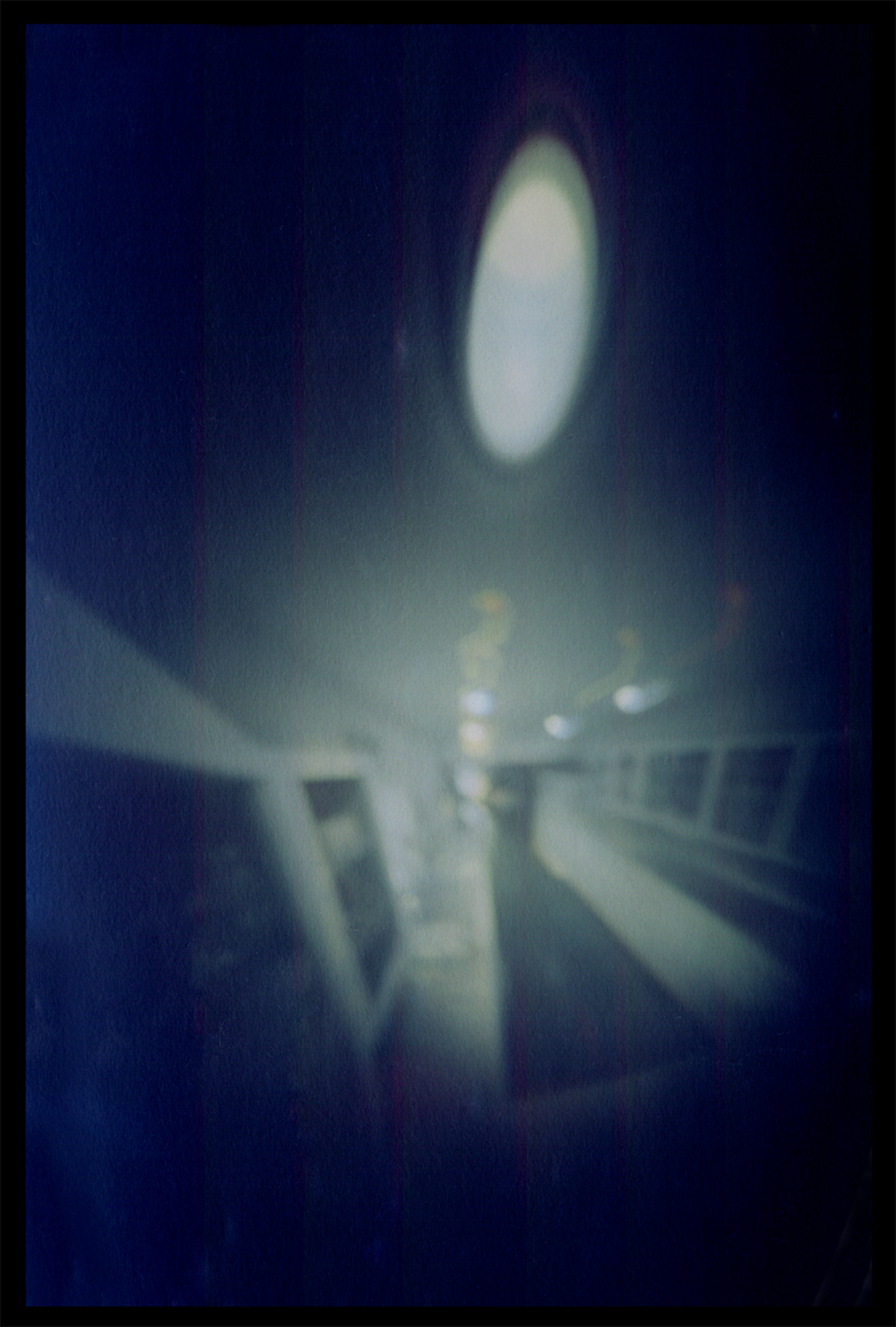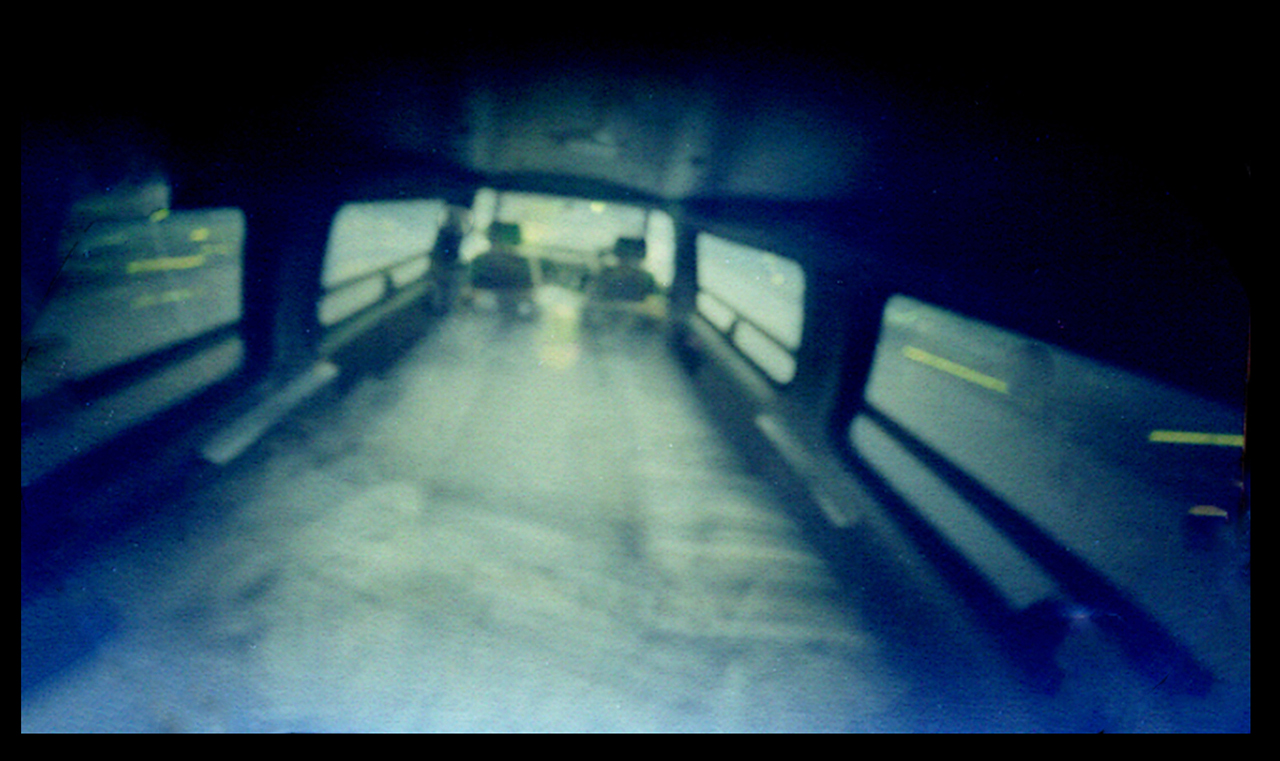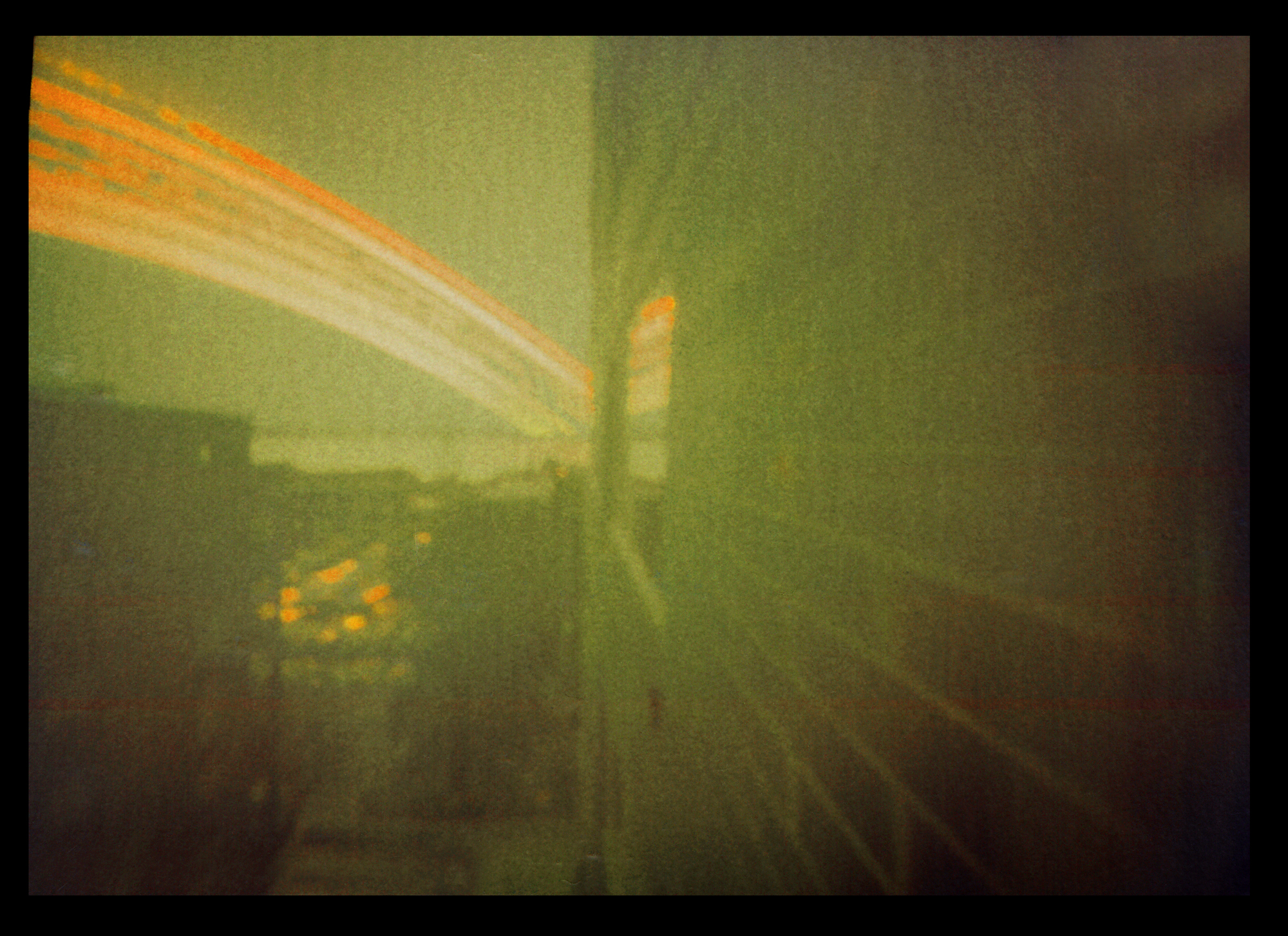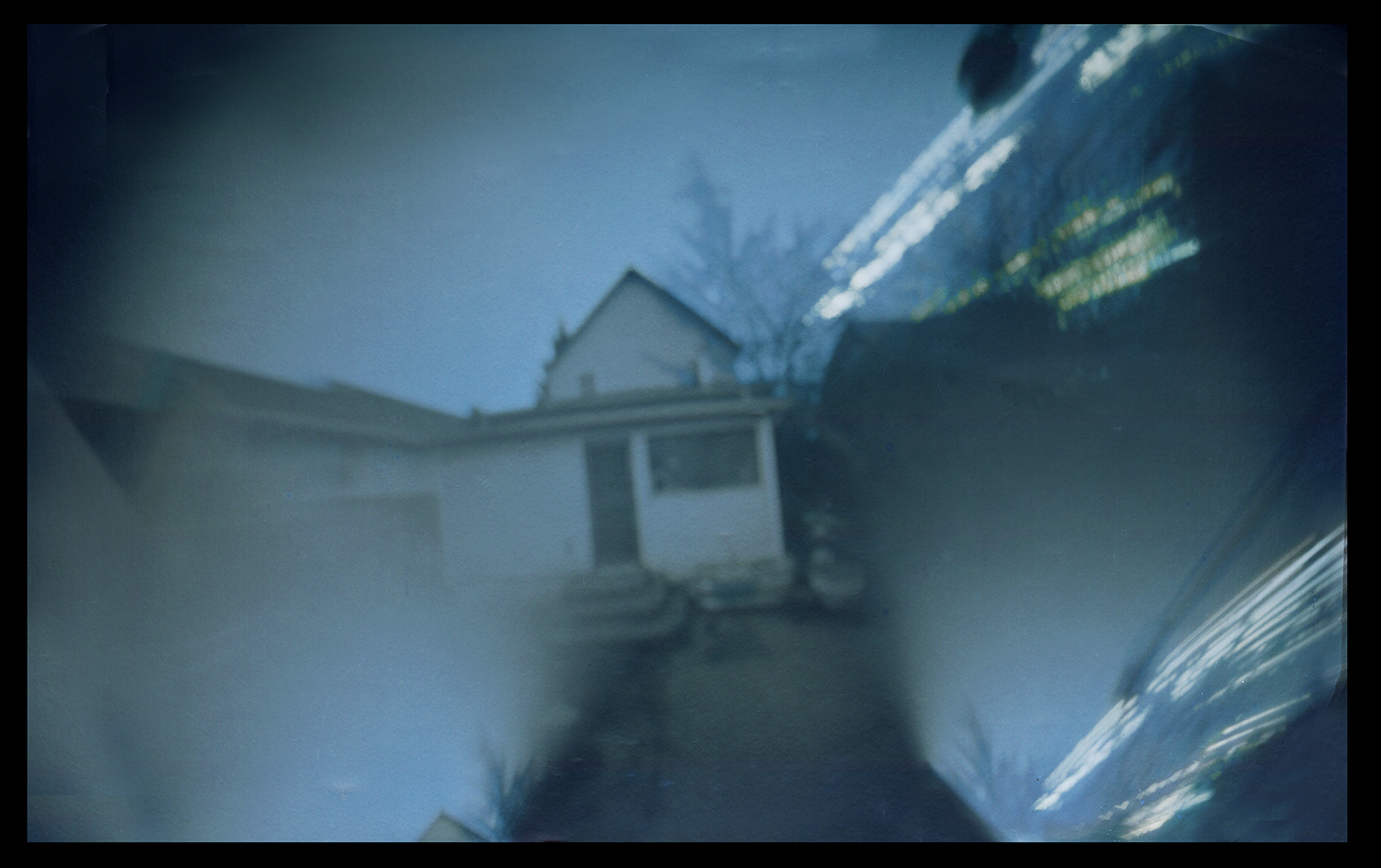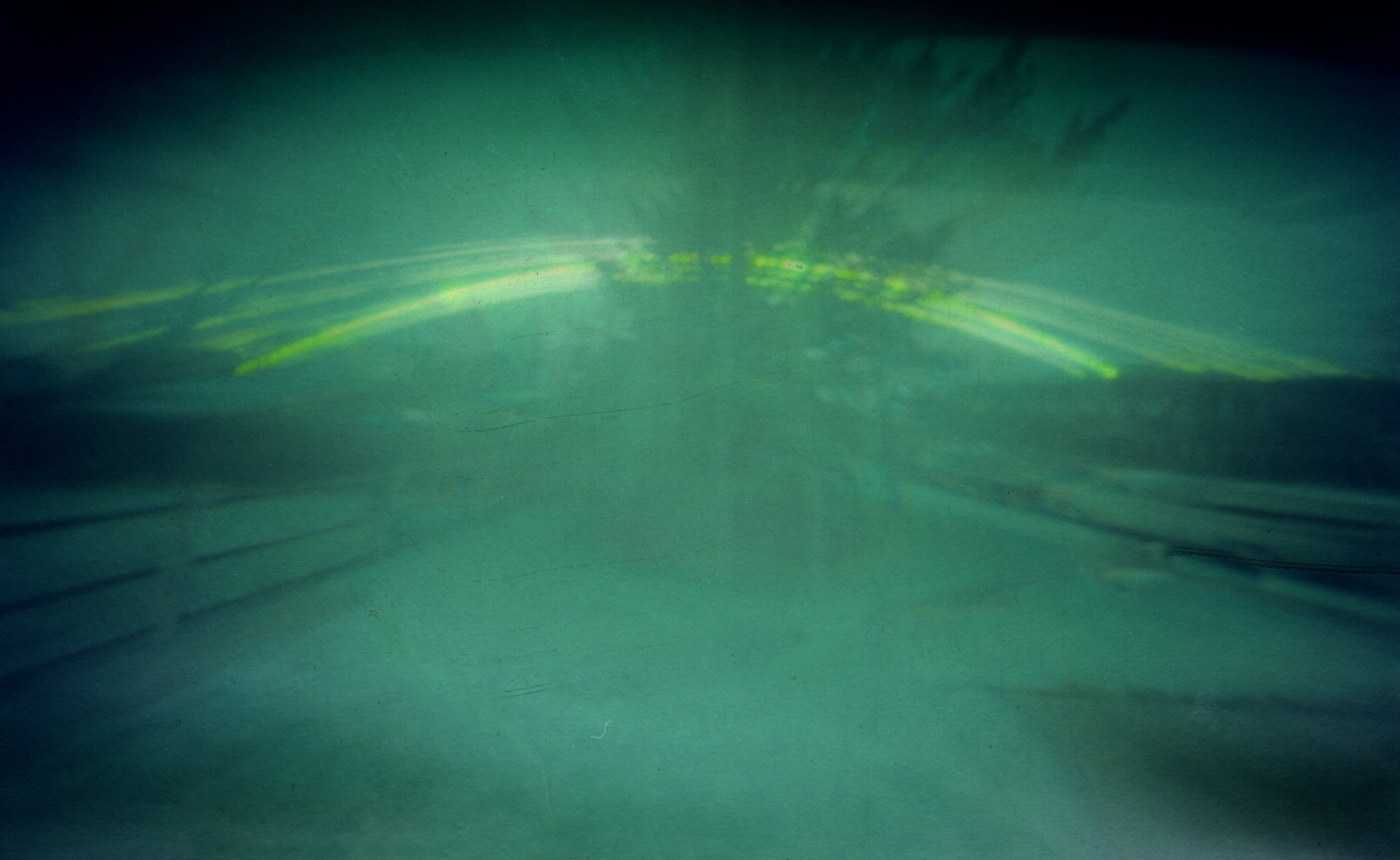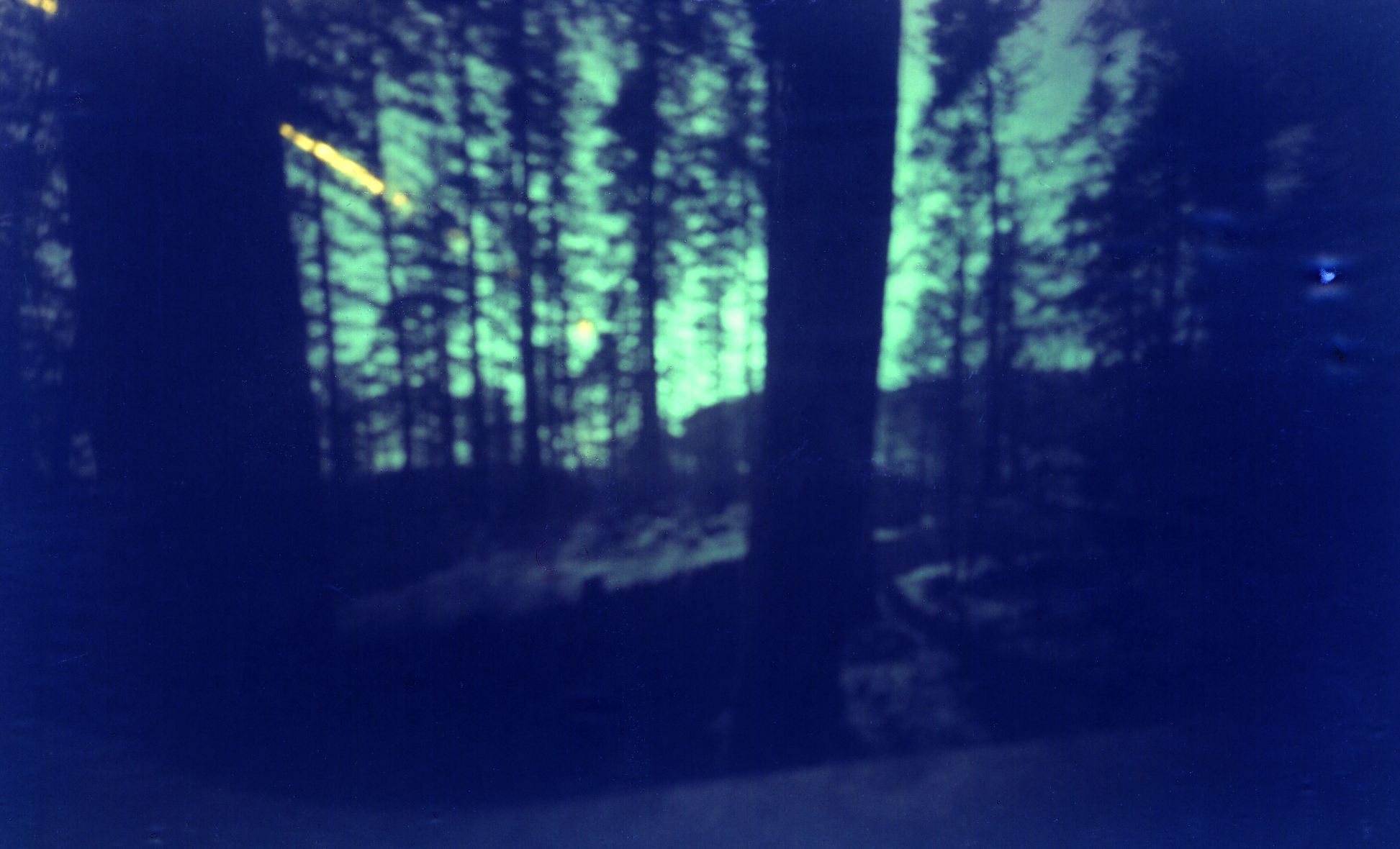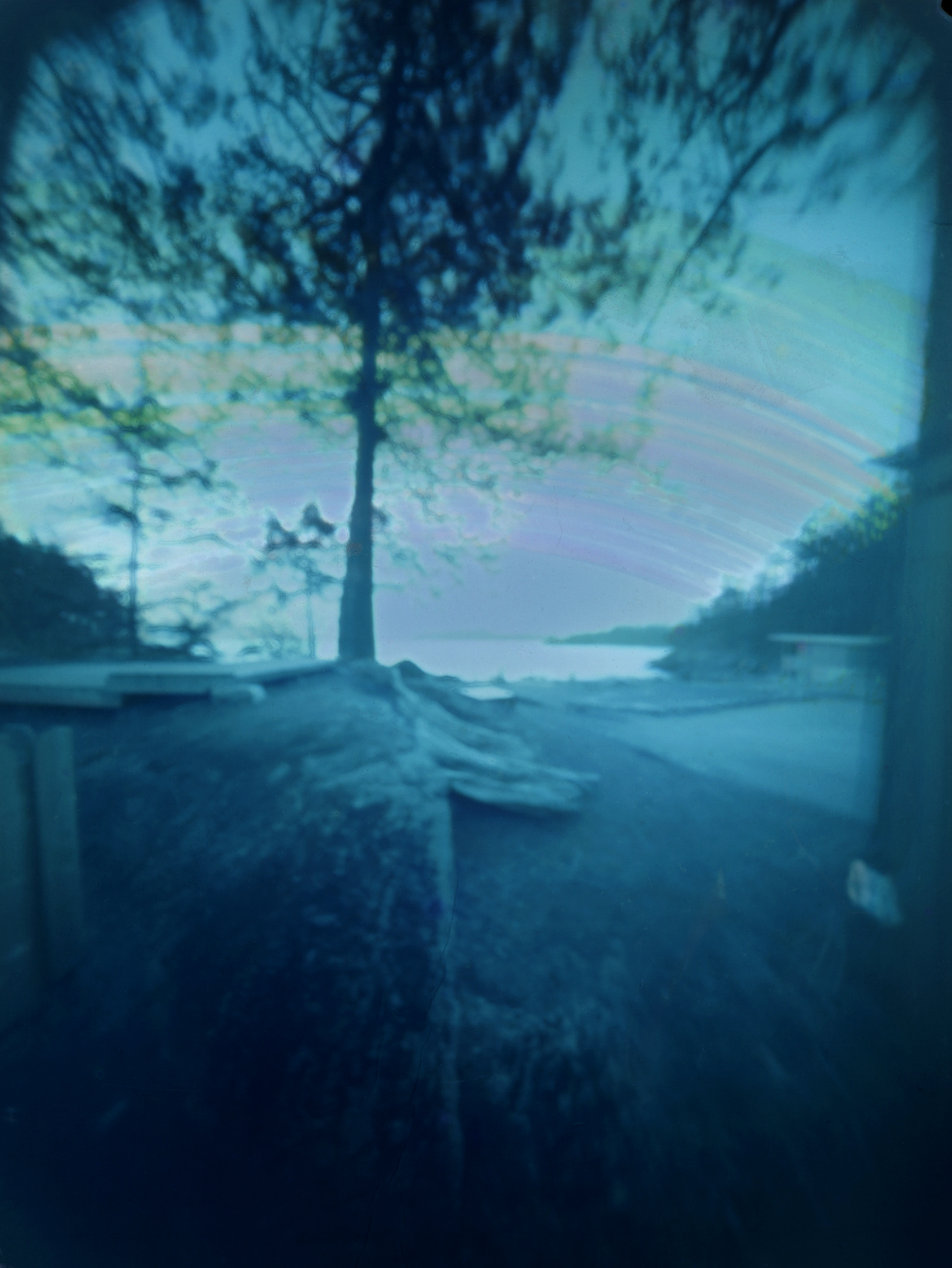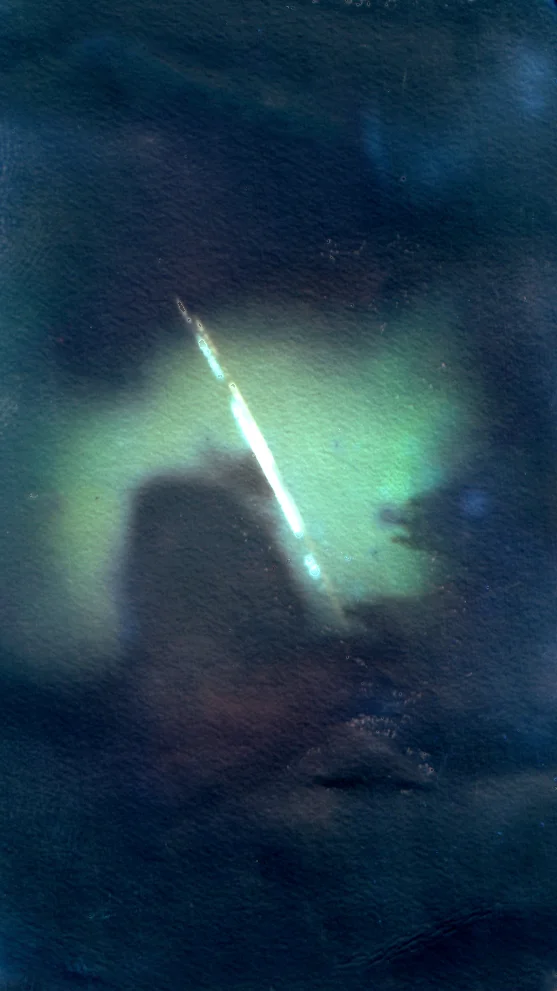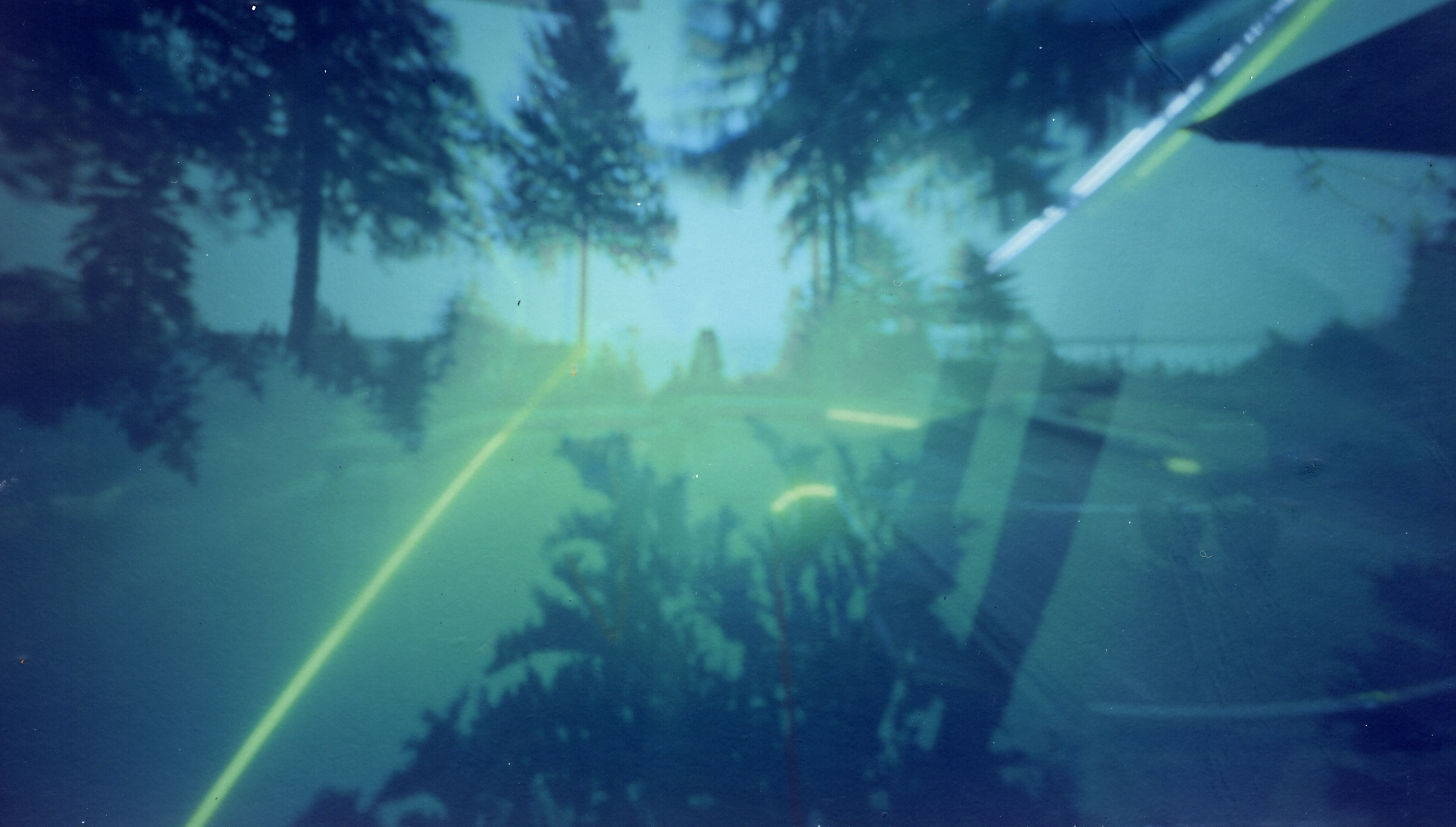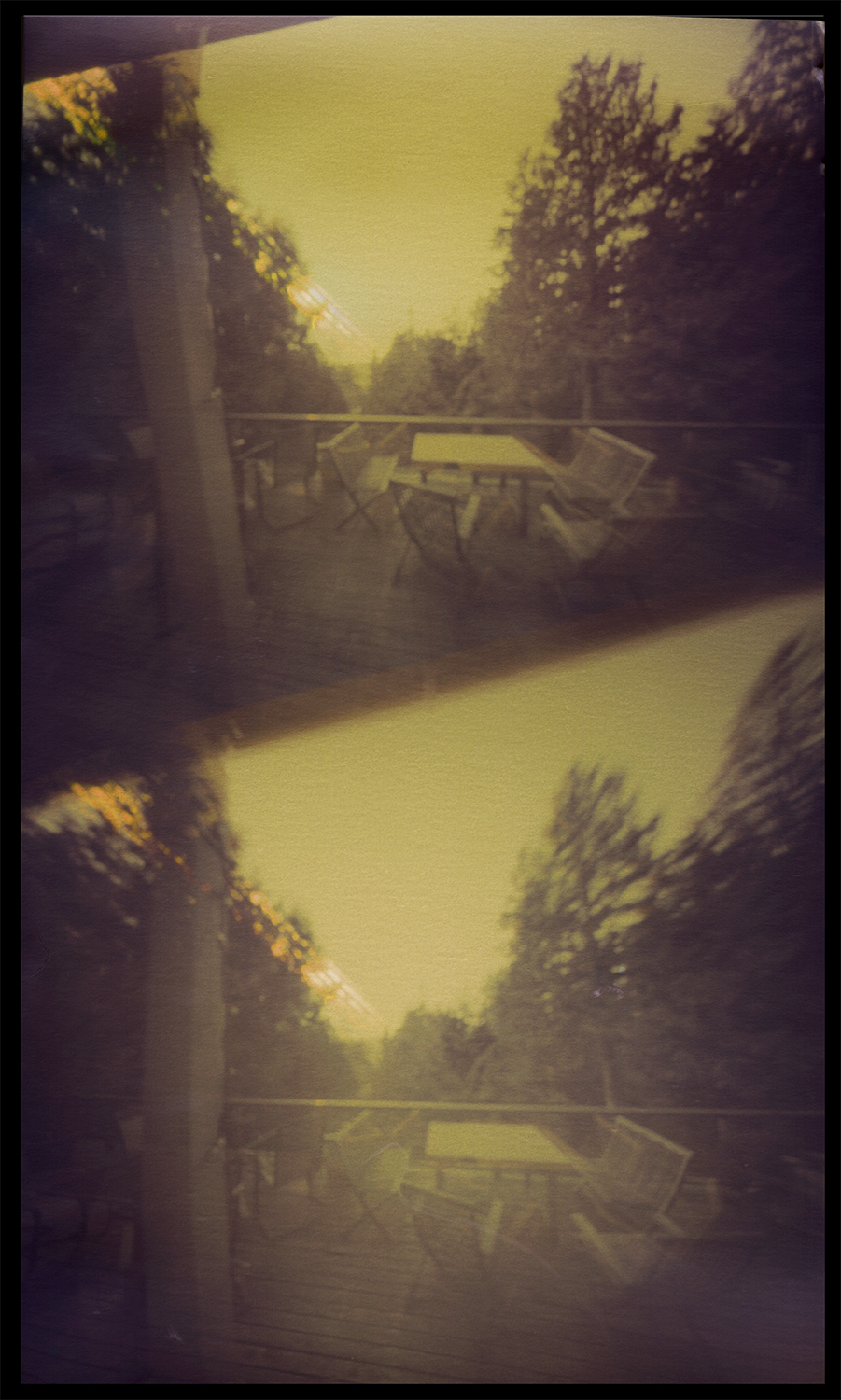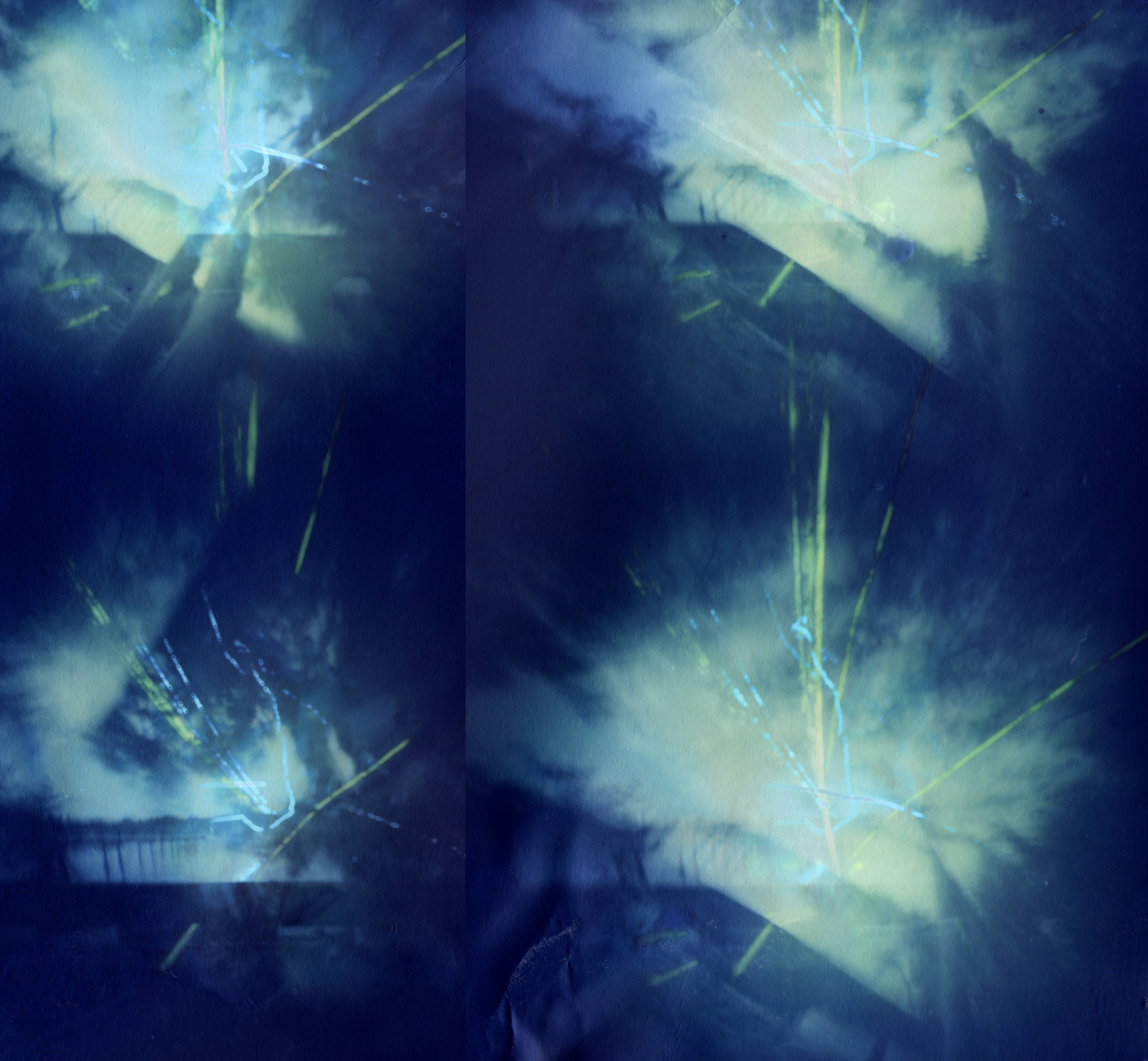I am often asked questions about the pinhole camera that at first glance seem simplistic. Recently I realized how many people are asking the same questions and I wanted to review the camera making process and placing it. I will do another post about how they are processed after exposure.
One of the first questions I am asked, is what type of tin can be used? The answer is simple: if you are exposing outside, then you need a metal tin that can withstand the weather and be made light tight. I make hundreds of cameras a year from Altoid tins; they are plentiful and I have a stack always in my studio that people donate. What I like about the Altoid tins is that they are big enough (I am not talking about the very small Altoid tins), can be made light tight and waterproof very easily. And most important they are getting a new lease on life, recycled! That said, just about any metal tin works outside: round tins, large cookie tins (especially around the holidays) are easy to find. I have even made cameras out of metal martini shakers and Ovaltine cans found in thrift stores. I love the old round metal film cans, still available and still great. Last year, an art teacher gave me several pencil cans: metal, rectangular and/or square about 6 inches by 6-10 inches. These we made into multi-hole cameras and got some amazing results. Last week, a friend gave me his very wonderful box that a bottle of great Scotch had come in. I am working on it to make it into a three hole can.
If you come across any can that is metal and you want to use it, send my a photograph of it (taken on your phone) and we can talk about how to use it. Another question that I get asked is how do you make a pinhole camera? I have a drill press and drill a 1/2 hole in the tin. I pound the hole flat with a hammer then sand the tin inside and out, wash it and spray it black. Then we make the pinhole out of brass shim stock from the auto parts store (one of the few things I have to buy), get a perfectly round hole, tape the shim stock inside the can, add two sided tape to hold the paper inside, make a cover for the pinhole and tape the can shut. Voila. It is easy and I have taught dozens of people how to make a camera. The pinhole project makes lots of Altoid and round tins and you can ask and receive one at any time. And not have to make your own. I just made 18 to take with me to a yoga retreat and will give them out to whoever wants one.
The next question concerns placement. People tell me they keep a camera for months, trying to decide where to place it. Because of this dilemma, some people never place them. If you have had a camera a long time (like a few years) go ahead and expose it! The paper will be fine.
Consider these guidelines:
1. There are no bad pinholes, just about any place works just fine.
2. The cameras are all pretty wide angle. That means things in the distance will appear small, so something in the foreground close up will balance that well.
3. There is a pinhole bandit about! Place your camera on private property, out of the weather if possible and in some place you can check on it frequently. The pinhole bandit takes cameras down! But do not forget: you can put your camera in a car and drive around with it. The inside of the car will be in focus. Go to my blog post called Getaways and Home to see some car pinholes.
4. Be patient! A four week exposure is not too long. I have left cameras exposing much longer. And if you would like to do an interior, leave it up for six months. The photographic paper we use is not sensitive to tungsten lights so it takes a long long time to expose.
5. If you are lucky enough to have a four or three hole camera, you can open the pinholes for different amounts of time and in different places. It is a wonder to behold but you need to make sure you have the camera oriented the same way each time.
6. Be sure to place your camera securely so it does not move. I use packing tape on concrete, brick, or any surface that does not accept tacks or a staple gun. On wood you can use the tabs on the camera and place it securely with tacks.
7. Please see an earlier post that goes into great detail about placing the camera. You can access it here: http://www.thepinholeproject.org/news/2016/11/12/how-to-use-a-pinhole-project-camera . Then if you have questions feel free to email me at longexposurepinholes@gmail.com
Any other questions? Email us and we are happy to help out. After all that is what we do. And if you would like to donate any amount at all to the Pinhole Project, your donations are much appreciated. The Pinhole Project is based on your donations.

